Interesting
- Things of Stone and Wood – Happy Birthday Helen
- Bachelor Girl – Buses and Trains
- Lo-Tel – Teenager of the Year
- Amiel – Lovesong
- Gotye feat. Kimbra – Somebody That I Used to Know
- Nathaniel – You
- Orianthi – According to You
- Josh Abrahams feat. Amiel – Addicted to Bass
- Crazy Town – Butterfly (Epic will sub in for Shifty if needed)
- Len – Steal My Sunshine
- New Radicals – You Get What You Give
- Chumbawamba – Tubthumping
- Sir Mix-a-Lot – Baby Got Back
- Nena – 99 Luftballons (the German version only of course)
- Daniel Powter – Bad Day
- Toni Basil – Mickey
- Dexys Midnight Runners – Come On Eileen
- A Flock of Seagulls – I Ran (So Far Away)
- Southern Sons – Heart in Danger
- Blind Melon – No Rain
- Baz Luhrmann – Everybody’s Free (To Wear Sunscreen) - yes I am serious this would be amazing
- Vanessa Carlton – A Thousand Miles
- Right Said Fred – I’m Too Sexy
- The Buggles – Video Killed the Radio Star
- Rhubarb - Exerciser
- Crackling fires in Huon Valley pubs
- Proper Christmas markets on Salamanca Place with hot chocolate and mulled wine that actually warms you up
- Winter feasts featuring Tassie produce
- Fairy lights twinkling against dark winter skies at a reasonable hour
- A genuine chance of snow on Kunyani/Mount Wellington and the other mountaintops to give the kids a white Christmas
- Christmas Carols and celebrations in July
- Flighty Friends - Connect with family and friends once, then you can see each other trips and get alerts — automatically and ongoing. You’ll see them on your map, can choose alerts levels, and can stop sharing anytime.
- Group Trip Ready - Your flights and friend’s flights appear together in the new Today view. Everyone’s live ETA and status make group trips easy.
- Friends Names in Flight Alerts - Now with name, photo, and custom controls per person to avoid notification fatigue.
- Trip Sharing - Send multiple flights at once. Receivers can add them to Flighty, or simply view them in their browser.
- Whose Flight is That? - See who’s on each flight in your flight list, on the map, and including their seat number if you’re sharing a plane.
Abel Tasman's Voyage to Tasmania Journal in 1642
Self-proclaimed “not a professional historian” Peter Timms begins his 2009 book, In Search of Hobart with the most captivating line:
‘Too far south for spices," Abel Tasman wrote dismissively in 1642 on sighting the island now bearing his name, “and too close to the rim of the earth to be inhabited by anything but freaks and monsters.” Wrong on both counts, as it happened, he sailed on rather grandly into the Pacific looking for somewhere more worth discovering. No other European bothered to put in an appearance for almost a century and a half.
“Too far south for spices, and too close to the rim of the earth to be inhabited by anything but freaks and monsters” is a powerful line.
So while in Amsterdam I went searching for the journal so I could read the line in context because in all my research I couldn’t find it online.

Translation of the Journal of Abel Tasman, 23 November 1642 to 5 December 1642
Bold emphasis mine. Journal’s ISBN is 9040082057.
23 November
Good weather and the wind southwest with a continuous breeze. In the morning we noticed that our rudder was broken above in the hole of the rudder post. We held close to the wind with small sail and fastened a beam on both sides.
At midday we found the altitude of 42 degrees 50 minutes and longitude 160 degrees 51 minutes, course maintained east and sailed 25 miles. We had here one degree northwesterly variation which decreases very rapidly here. By our estimation we now have the western side of New Guinea to the north of us.
24 November
Good weather and clear skies. At midday we found the latitude of 42 degrees 25 minutes and longitude 163 degrees 31 minutes, course maintained east by north and sailed 30 miles. The wind from the southwest and then south with a light topsail breeze. After midday, around four o’clock, we saw land. We had it east by north of us, estimated at ten miles. It was very high land. Towards evening we saw in the east-southeast three more high mountains and in the northeast we also saw two mountains. That is less high than the land to the south. We had here a true compass. In the evening in the first glass after the watch was set, we put before the ship’s council and the petty officers whether it would not be better to put out to sea from the shore, and asked if they considered that advisable. It was jointly decided to lay off from the shore after three glasses and go in that direction for ten glasses, then sail again towards the land, as appears more fully from today’s resolution. Thus we sailed at night after three glasses with southeasterly wind away from the shore and had bottom at 100 fathoms: clean, white fine sand with small shells. Afterwards we sounded again, and found black coarse sand with pebbles. At night we had a southeasterly wind with light breeze.
25 November
In the morning calm, we let the white flag and the topgallant pennant fly from the stern, whereupon the ship’s officers of the Zeehaen with their helmsmen came aboard us. We convened the broad council and thereby decided what can be seen in today’s resolution, and is there extensively explained, to which we refer here. Towards midday we got the wind southeast and then south-southeast and south; then turned towards the shore.
In the evening around five o’clock we came under the shore. Three miles off the shore we had coral bottom at 60 fathoms, one mile off the shore we had clean, fine white sand. This coast appeared to lie southeast and northwest, a smooth coast. We had the altitude of 42 degrees 30 minutes and as average longitude 163 degrees 50 minutes. We sailed away from the shore again, the wind ran south-southeast with topsail breeze.
When one comes from the west and has four degrees northwesterly variation, then one must look out well for land, because the variation decreases very rapidly here. Should it happen that one got a hard storm from the west, then one would have to heave to and not sail further. Here by the shore one has a true compass. We took the mean longitude, which we determined and averaged together, from which we find that this land lies at longitude 163 degrees 50 minutes.
This land is the first land that we found in the South Sea, and it is unknown to any European people. Therefore we have given this land the name of Anthony van Diemen’s Land, in honour of the noble lord governor-general, our high authority who sent us out to make this discovery. The islands around it, as far as we could see them, we named after the noble gentlemen councillors of the Indies, as can be seen on the chart that was made of it.
26 November
We had the wind easterly with light breeze and foggy weather, so that we could see no land. We estimated to be about nine and a half miles off the shore.
Towards midday we let the topgallant pennant fly, whereupon the Zeehaen immediately sailed towards us, and we called to them that Mr Gilsemans should come aboard us, whereupon Gilsemans without delay betook himself to our ship. We told him what is reported in the note below, which he took to their ship to show to skipper Gerrit Jansz and give their helmsmen this order:
The officers of the fluyt ship Zeehaen shall describe in their daily registers this land, which we saw yesterday, at longitude 163 degrees 50 minutes, as our average bearing was, and take this longitude as a fixed point and from here recalculate the longitude anew. Whoever previously had the longitude of 160 degrees or more shall now make his calculation from this land; this is done to prevent all errors as much as possible. The command of the Zeehaen shall give the same order to the helmsmen and also comply with it, because we have found it so. The charts that are made of this land shall situate the land at the longitude mentioned above of 163 degrees 50 minutes.
Done on the ship Heemskerck, date as above, signed Abel Jansz Tasman.
At midday we estimated to be at south latitude 43 degrees 36 minutes and longitude 163 degrees 2 minutes, course maintained south-southwest and sailed eighteen miles. We had half a degree northwesterly variation. In the evening we got the wind northeast and set our course east-southeast.
27 November
In the morning we saw the coast again, our course was still east-southeast.
At midday we estimated to be at south latitude 44 degrees 4 minutes and longitude 164 degrees 2 minutes, course maintained southeast by east and sailed thirteen miles. It was thick, misty, foggy, rainy weather, the wind northeast and north-northeast with light breeze. At night after seven glasses in the first watch we lay the ship to with small sail. We dared not sail further because it was so dark.
28 November
In the morning still dark, misty, rainy weather. We made sail again and set our course due east and then northeast by north. Saw land northeast and north-northeast of us and sailed straight towards it. The coast lies here southeast by east and northwest by west. This coast bends here as far as I can see towards the east. At midday we had by estimation the altitude of 44 degrees 12 minutes and longitude 165 degrees 2 minutes. Course maintained east by south and sailed eleven miles. The wind came from the northwest with a light breeze. In the evening we came under the shore. Here lie under the shore some small islands of which one shows itself like a lion, which lies about three miles from the mainland. In the evening we got the wind east and hove to at night with small sail.
29 November
In the morning we were still by the cliff that shows itself like the head of a lion. We had the wind westerly with topsail breeze. We sailed along the shore which here lies east and west. Towards midday we passed two cliffs of which the westernmost shows itself like Pedra Branca by the coast of China.
The easternmost shows itself like a high blunt tower and lies about four miles from the great land. We sailed between the cliffs and the land.
At midday we estimated to be at altitude 43 degrees 53 minutes, longitude 166 degrees 3 minutes, course maintained east-northeast and sailed twelve miles. We sailed along the coast. In the evening around 5 o’clock we came before a bay. It looked as if we would find a good roadstead there.
We decided with the ship’s council to run in there, as appears from the resolution. When we were almost in the bay such a hard wind arose that we were forced to take in our sails and run to sea again with small sail, because it was impossible to anchor with such wind. In the evening we decided to put out to sea at night with small sail so as not to be driven ashore with that storm. This is all to be read more fully in the above-mentioned resolution, to which we refer here to avoid unnecessary elaborations.
30 November
In the morning at daybreak we turned the ship towards the shore. We had been driven so far from the shore by wind and current that we could barely see the land. We did our best to get closer to it again. At midday we found the altitude of 43 degrees 41 minutes, longitude 168 degrees 3 minutes, course maintained east by north and sailed twenty miles with storm and tempestuous weather. Here the compass points true. Shortly after midday we turned it about to the west with hard, unstable wind, and then turned it about to the north with small sail.
1 December
In the morning the weather was somewhat better. We set our topsails, the wind west-southwest with topsail breeze. We set course towards the shore. At midday we had the observed altitude of 43 degrees 10 minutes and longitude 167 degrees 55 minutes, course maintained north-northwest and sailed eight miles. It became calm. We let the white flag fly at midday whereupon the friends from the Zeehaen came aboard. We decided jointly to make for the land (as soon as wind and weather would permit it) the sooner the better, both to take note of the particulars of the land, and to see if any refreshment could be obtained, as today’s resolution shows more fully. Afterwards we got a little wind from the east and ran towards the shore to see if we could find a good roadstead here. About an hour after sunset we dropped anchor in a good harbour at 22 fathoms white and grey fine sand, with gradually rising ground, for which we are grateful to almighty God.
2 December
Early in the morning we sent pilot-major Frans Jacobsz with our boat with four musketeers and six rowers, each with a pike and cutlass at their side, together with the small boat of the Zeehaen and one of their petty officers and six musketeers to a cove that lay northwest barely a good mile from us, to see what useful things (fresh water, food, timber or otherwise) could be found there. Three hours before evening they returned, with various samples of vegetables (which they had seen growing abundantly), some not unlike a vegetable that grows at the Cape of Good Hope and is suitable for use as greens. Another vegetable was long and salty, and seems somewhat like sea parsley. The pilot-major and the petty officer of the Zeehaen reported the following:
That they had rowed well over a mile around the mentioned point, where they found high, flat land with vegetables (not planted but brought forth by God and nature), timber in abundance and a flowing water place and many empty valleys. That water is indeed good but rather difficult to get, and the stream runs so slowly that it can only be scooped with a bucket.
That they heard the sound of people, also music - almost like a trumpet or a small gong - which was not far away, but they had seen no one.
That they had seen two trees of about two to two and a half fathoms thick and 60 to 65 feet high under the branches, of which the trunk was worked with flint stones to be able to climb in them and empty bird nests. In the trunk were steps cut five feet apart, so they assume that there are very tall people here or that the inhabitants know how to climb those trees in some way. In one tree the carved stairway seemed so fresh and green, as if it had been carved out no four days ago.
That the tracks they had seen somewhat resemble those of tiger claws. They also brought aboard some droppings of, it seemed, four-footed animals, and also some (at first sight) beautiful gum that drips from trees and has something of shellac about it.
That around the east point of this bay at high water a depth of thirteen to fourteen feet was found. At ebb tide the water falls there about three feet.
That they had seen ahead around the same point a multitude of gulls, wild ducks and geese, but not inland, although they did hear bird sounds. They found no fish, except for some mussels, which stick together in clusters in some places.
That the land is mostly covered with trees, which stand so far apart that one can walk everywhere and see far ahead, so that when landing one can always get sight of people or wild animals. The view is not obstructed by dense vegetation or undergrowth, which gives a good opportunity for reconnaissance when landing.
That they had seen in various places many trees that were burned above the foot to deep inside, with here and there a bottom of earth as a fireplace. The trees were burned as hard as stone by the fire-making.
Shortly before we got our vessels in sight, we saw thick smoke rising from time to time on land (which lay west by north of us). We therefore assumed that our people were making that as a signal, because they waited so long to return. We had indeed ordered them to return with haste, on the one hand to quickly learn their findings, on the other hand to be able to go examine another place if they found nothing useful, so that no time was lost uselessly. When our people came back aboard, we asked if they had been in that direction and made fire, to which they answered no, but that they had also seen smoke at various times and places in the forest. There must therefore without doubt be people here, who are probably of extraordinary height. We had today many variable winds from the east, but the greater part of the day there was a stiff continuous breeze from the southeast.
3 December
We went with merchant Gilsemans and our vessels as yesterday with musketeers and rowers with pikes and cutlasses to the southeast side of this bay, where we found water, but where the land was so low that the fresh water was broken by the surf of the sea and became salt. To dig wells this land was too rocky. Therefore we returned aboard again and called together the council of our two ships, with which we decided and approved, as today’s resolution shows, to which we refer, to be able to stay brief here. After midday we went with the vessels, with pilot-major Frans Jacobsz, skipper Gerrit Jansz, merchant Isaac Gilsemans of the Zeehaen, junior merchant Abraham Coomans and our head carpenter Pieter Jacobsz to the southeast side of this bay.
We had with us a post with the company’s mark carved in it, and the Prince’s flag. We wanted to erect that post there so that it would be clear to later visitors that we had been here and had taken the land as possession and property. When we were halfway there, it began to blow hard and the sea began to run so hollow that the small boat of the Zeehaen, in which the pilot-major and Mr Gilsemans sat, had to return to the ship again. We continued with our boat. Close under the shore in a small bay, which extended southwest from the ships, the surf was so strong that we could not approach the land without danger of smashing the vessel. We let the mentioned carpenter alone with the post and the Prince’s flag swim to land and remained lying on the wind with the boat. We had him erect the post with the flag on top approximately in the middle of the bay, by four high, easily recognisable trees that stand there in a half moon.
The post stands before the foremost tree. This tree is burned just above the foot and it is the highest of the four, but it seems lower because it stands in a hollow. It has at the top above its crown two high protruding dead branches that are set with small dead side branches and knots, so that it looks like the antlers of a stag. Next to it is a very green and round branch with leaves, whose side branches by their equal dimensions adorn the trunk and resemble the top of a larding needle. After the head carpenter had performed the aforesaid in sight of me, Abel Jansz Tasman, skipper Gerrit Jansz and junior merchant Abraham Coomans, we rowed the boat as close to the shore as we dared and the mentioned carpenter swam through the surf back to the boat and afterwards we rowed back aboard.
We leave our successors and the inhabitants of this land - who did not show themselves, although we suspect they watched our doings closely - the mentioned post as a sign that we have been here. We did not search for vegetables because we could only reach the land by swimming, so it was impossible to get anything into the boat. This whole day the wind was mostly north. In the evening we took a bearing on the sun and found three degrees northeasterly variation. With the setting of the sun we got a hard north wind which rose hand over hand from the north-northwest to such a hard storm that we were forced to strike both yards and drop our stream anchor.
4 December
With the break of day the storm abated. The weather was better and with the wind off the shore from west by north we had the stream anchor wound up again. When the anchor was wound up and above water, we saw that both arms were broken off so far that we got nothing but the shank above. We also weighed the other anchor and then got under sail, to sail north inside along the northernmost islands and seek a better watering place. We lay at anchor here at south latitude 43 degrees and 176½ degrees longitude. Before midday the wind was westerly. At midday we had the observed altitude of 42 degrees 40 minutes, longitude 168 degrees, course maintained northeast and sailed eight miles. After midday the wind was northwest. We had this whole day very variable winds: in the evening west-northwest with hard wind, and west by north and west-northwest. We turned it to the north and saw in the evening a round mountain north-northwest of us at about eight miles distance.
Our course sharp to the wind northward. During the sailing out of this bay and also throughout the day we saw much smoke from fires rising along the coast. The trend of the coast and the adjacent islands we should describe here, but to be brief we leave it and refer to the chart that was made of it and is attached herewith.
5 December
In the morning the wind northwest by west, we held the same course. The high round mountain that we saw the previous day lay due west of us at six miles, from where the land bends away to the northwest, so that we can no longer sail along the coast here. Because the wind was almost contrary, we had the ship’s council and the petty officers come together. We proposed - and so it was decided and afterwards called out to the authorities of the Zeehaen - to set the course due east according to the resolution of 11 November, and to sail on that course to the full longitude of 195 degrees or the Solomon Islands. This is all to be seen more fully in the resolution of that date. At midday we had the estimated latitude of 41 degrees 34 minutes, longitude 169 degrees, course maintained northeast by north and sailed 20 miles. We set our course due east, to make further discoveries, and also not to fall into the variable winds between the trade wind and the counter-trade wind. The wind northwest with continuous breeze. At night the wind west with stiff continuous breeze and good clear weather.
The car collection of The Louwman Museum
Took my Canon R5 with a 35mm plus Mike Stevens to The Hague’s Louwman Museum on Saturday and you wouldn’t believe it but I made photos.
You win points if you spot the MG, the oldest surviving and first Toyota, and there’s ten points up for grabs if you can guess which one was my favourite.
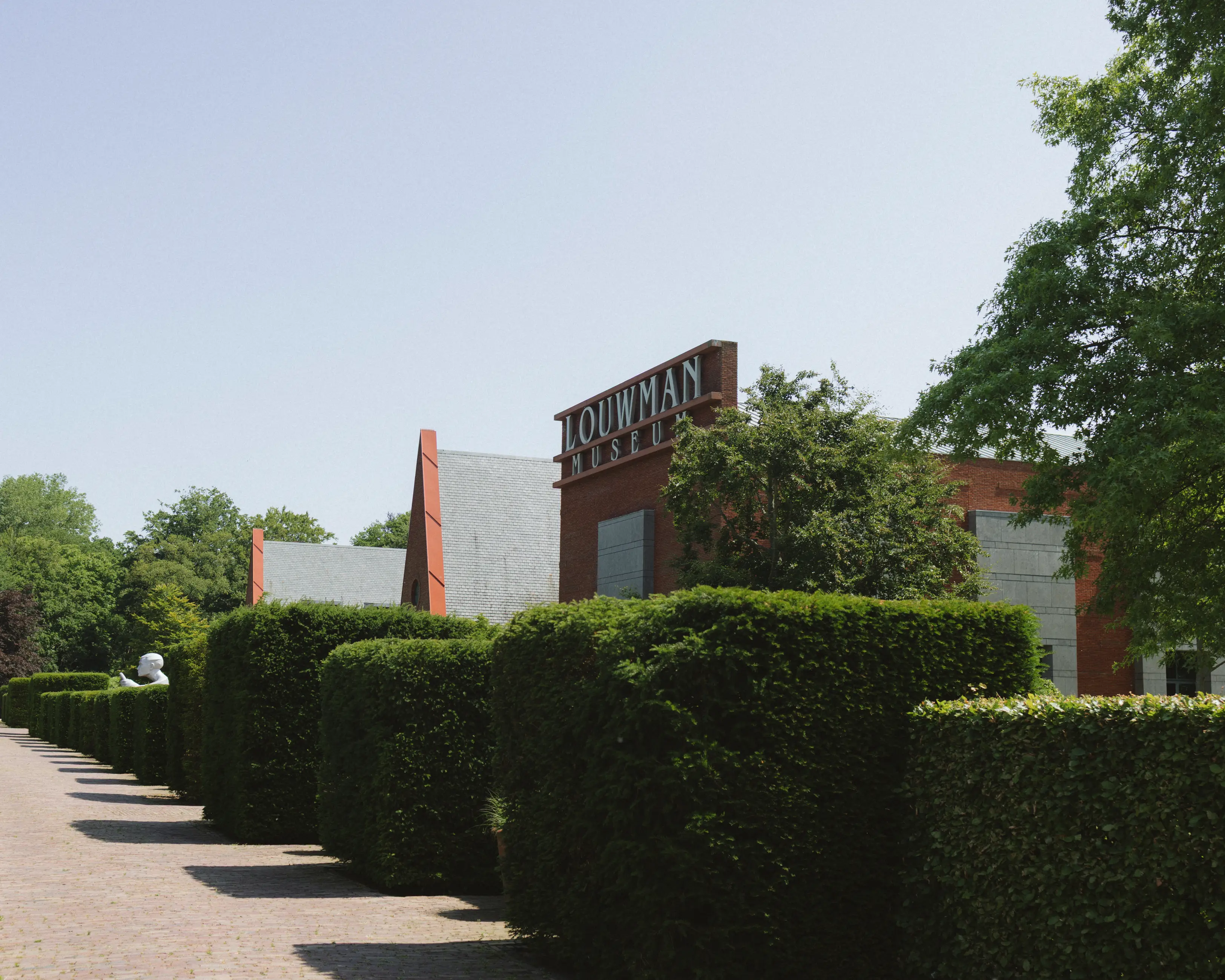
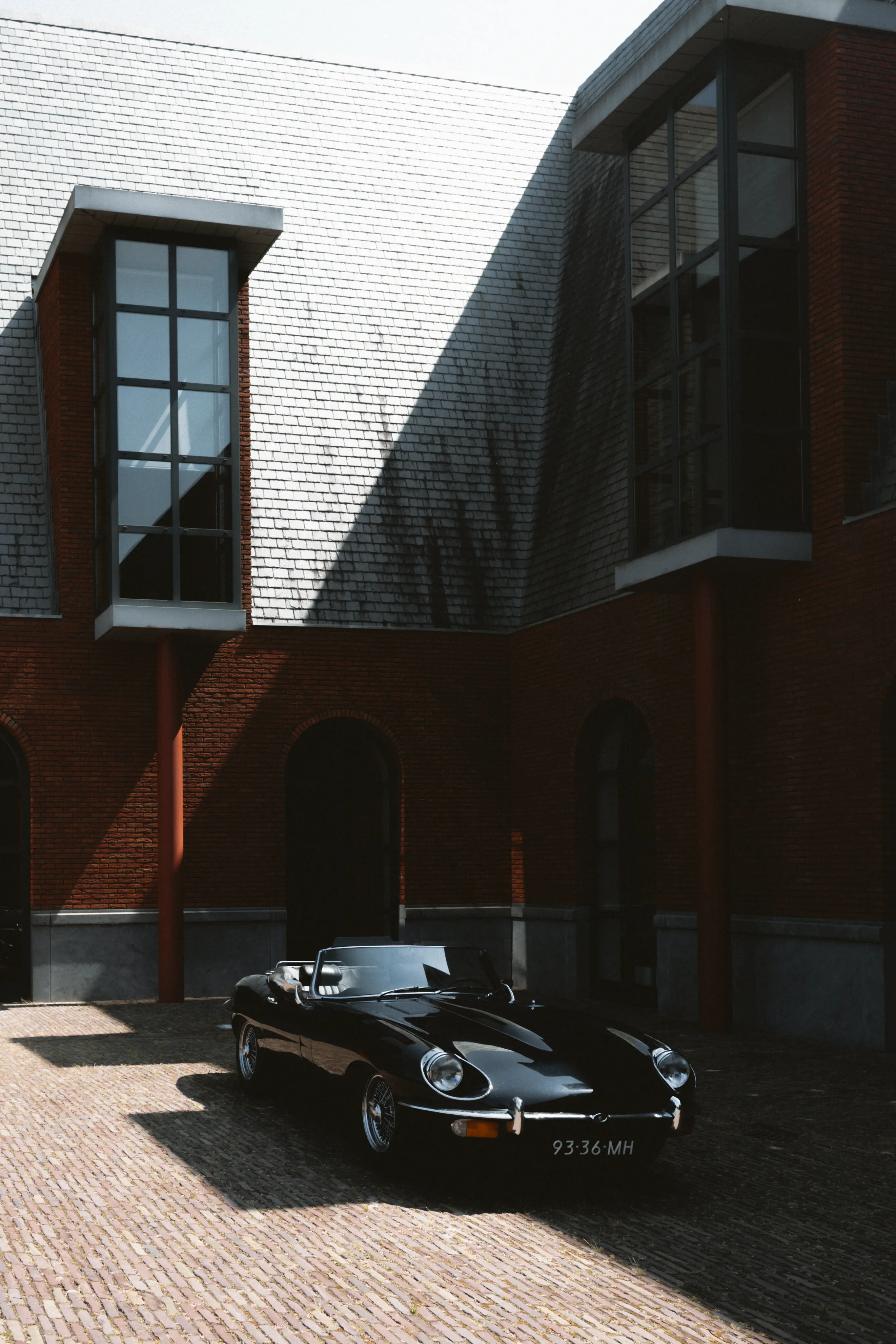
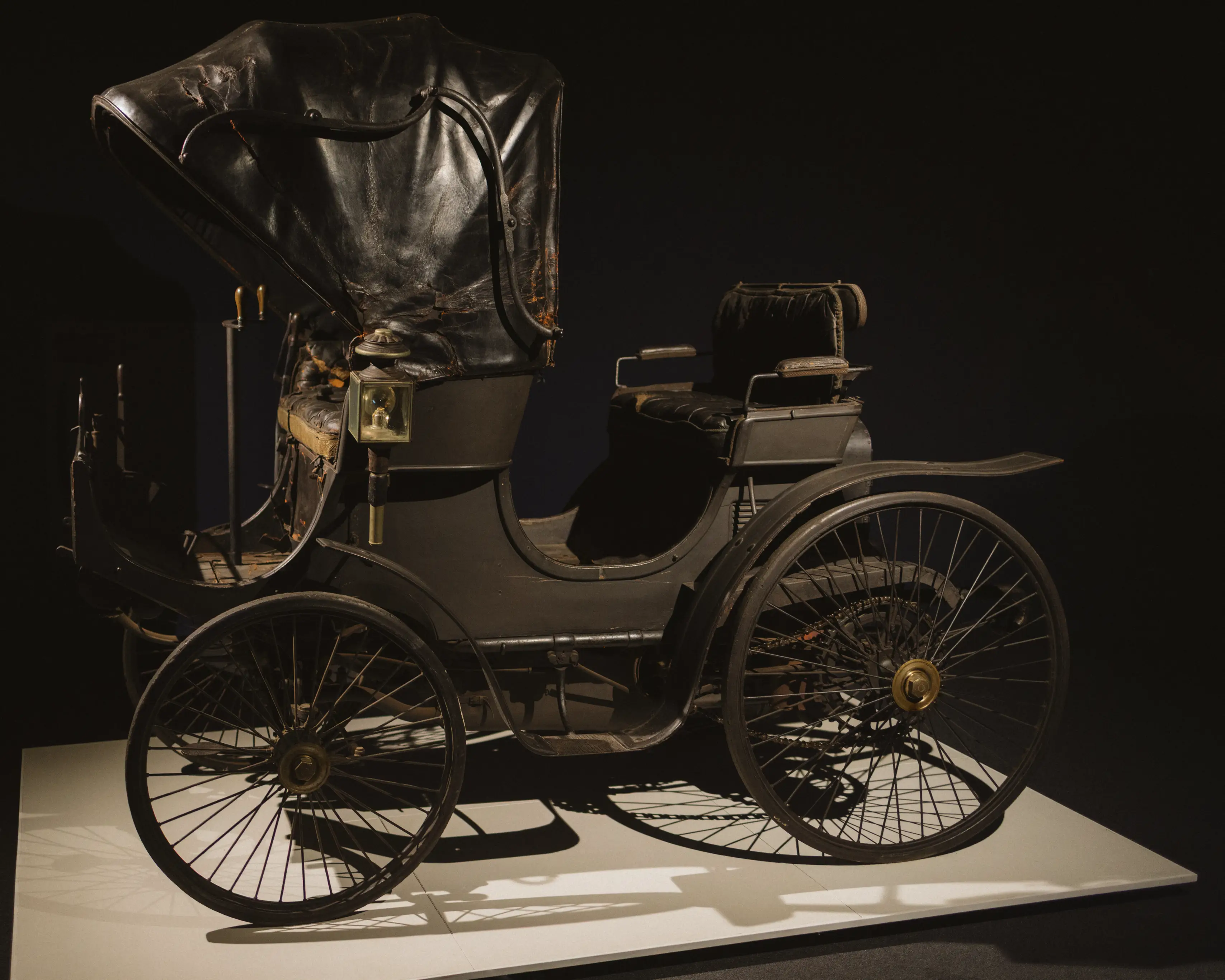
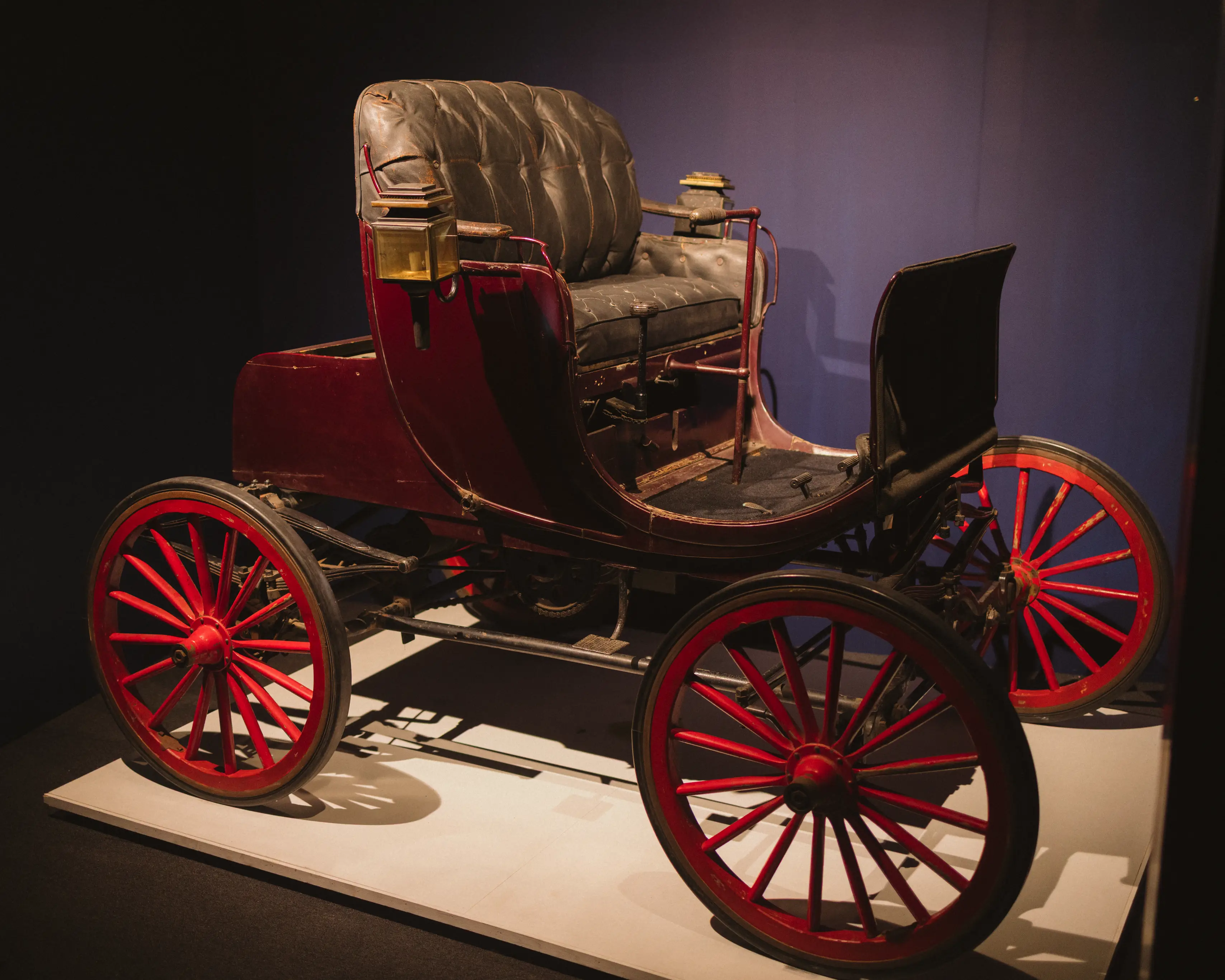
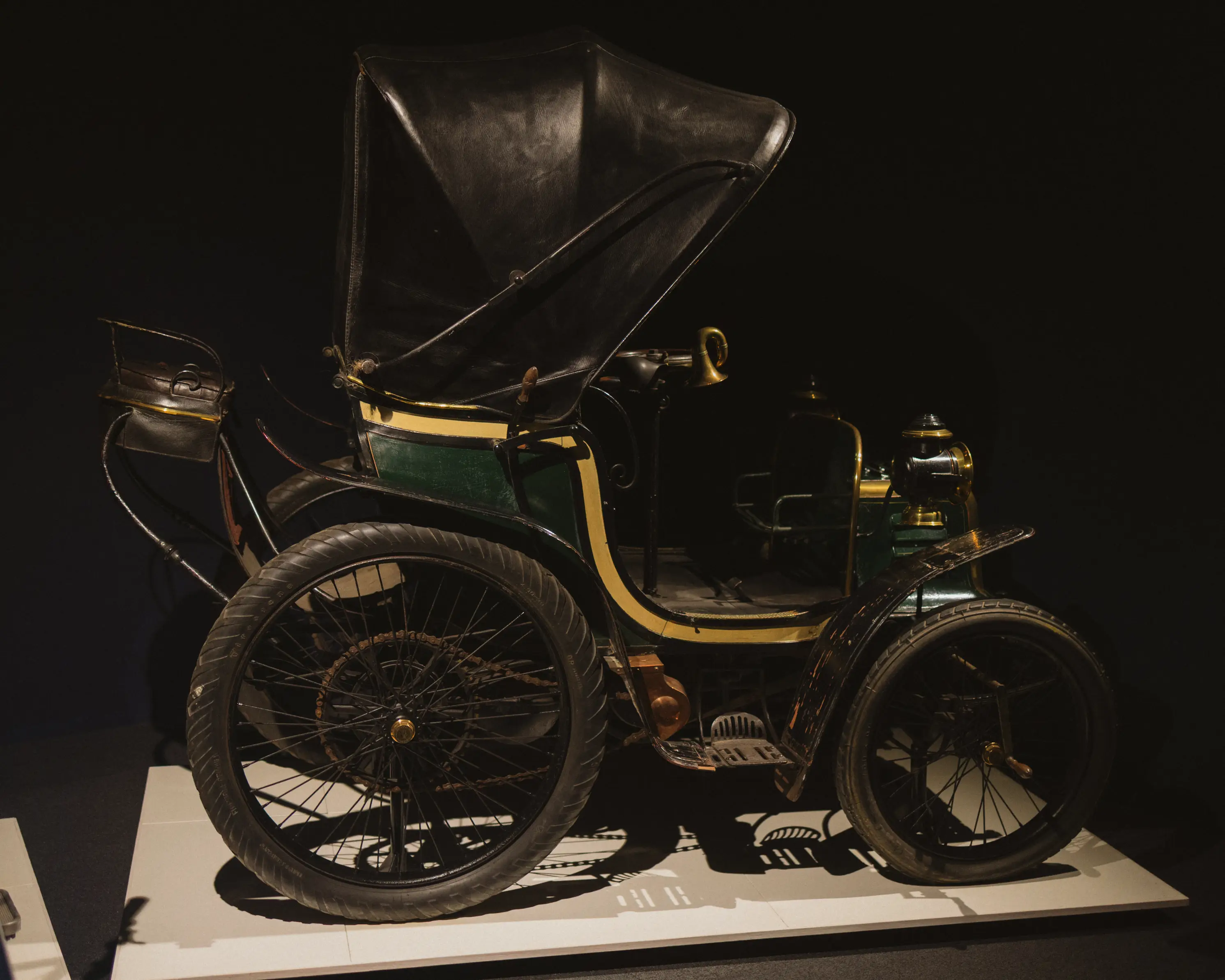
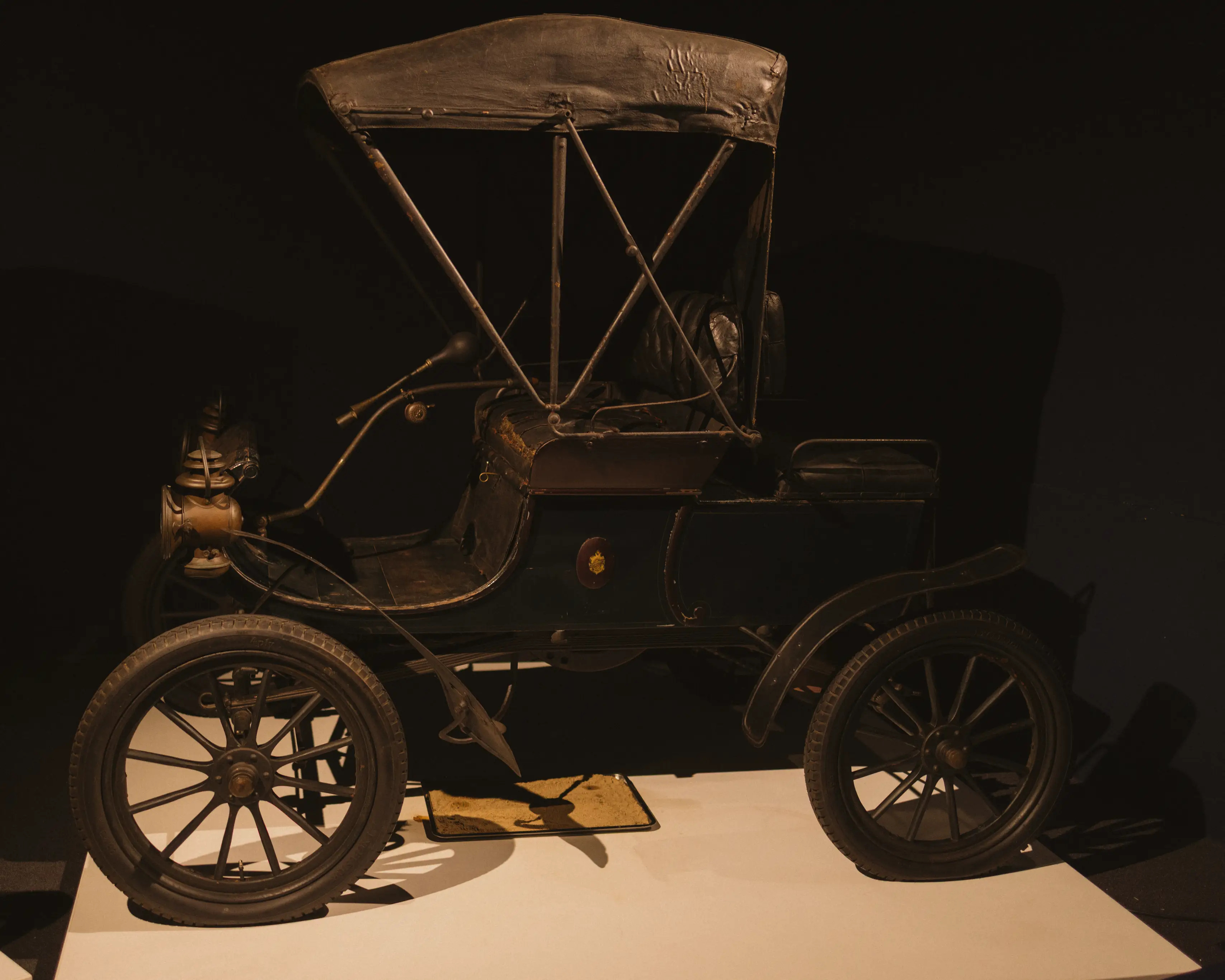
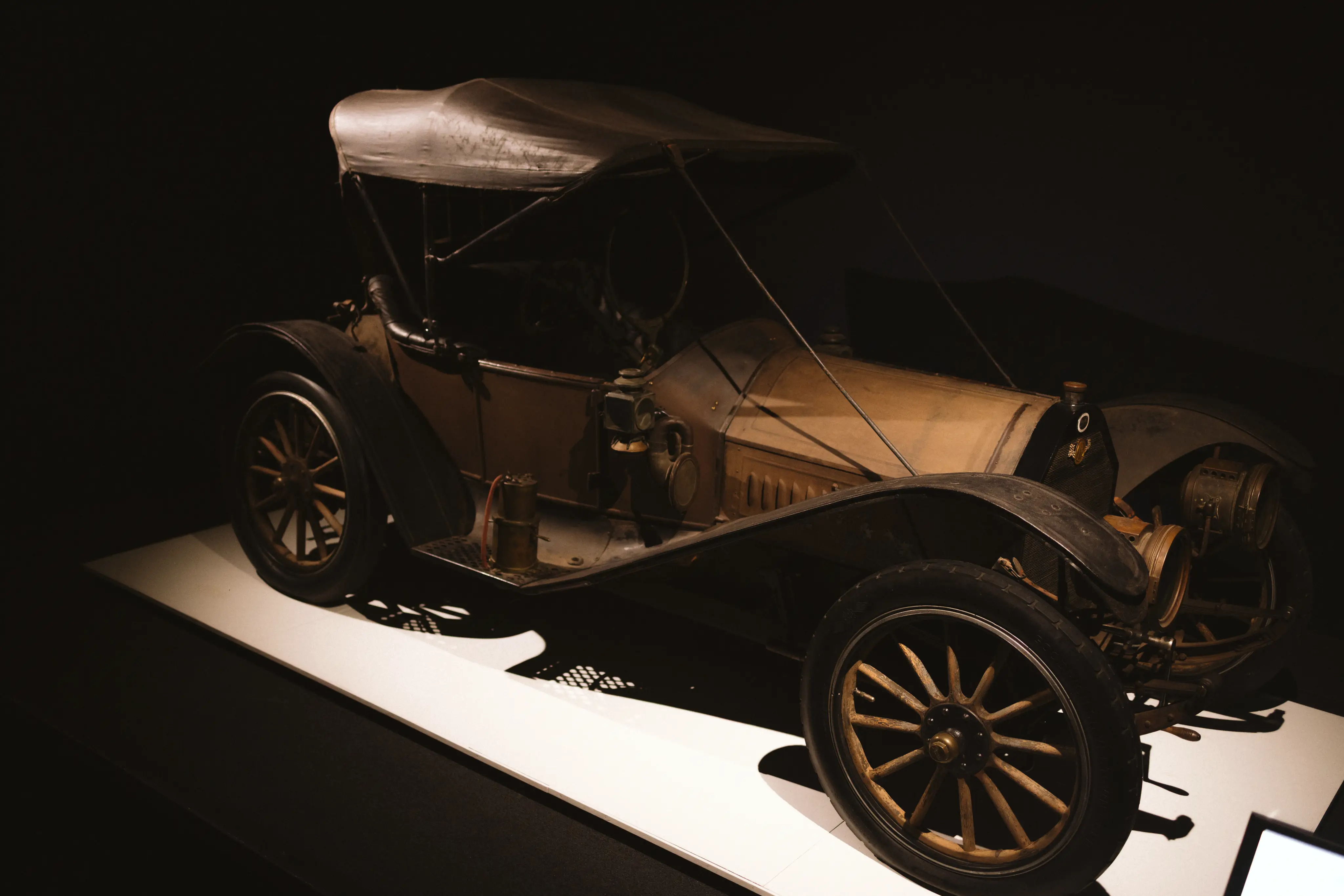
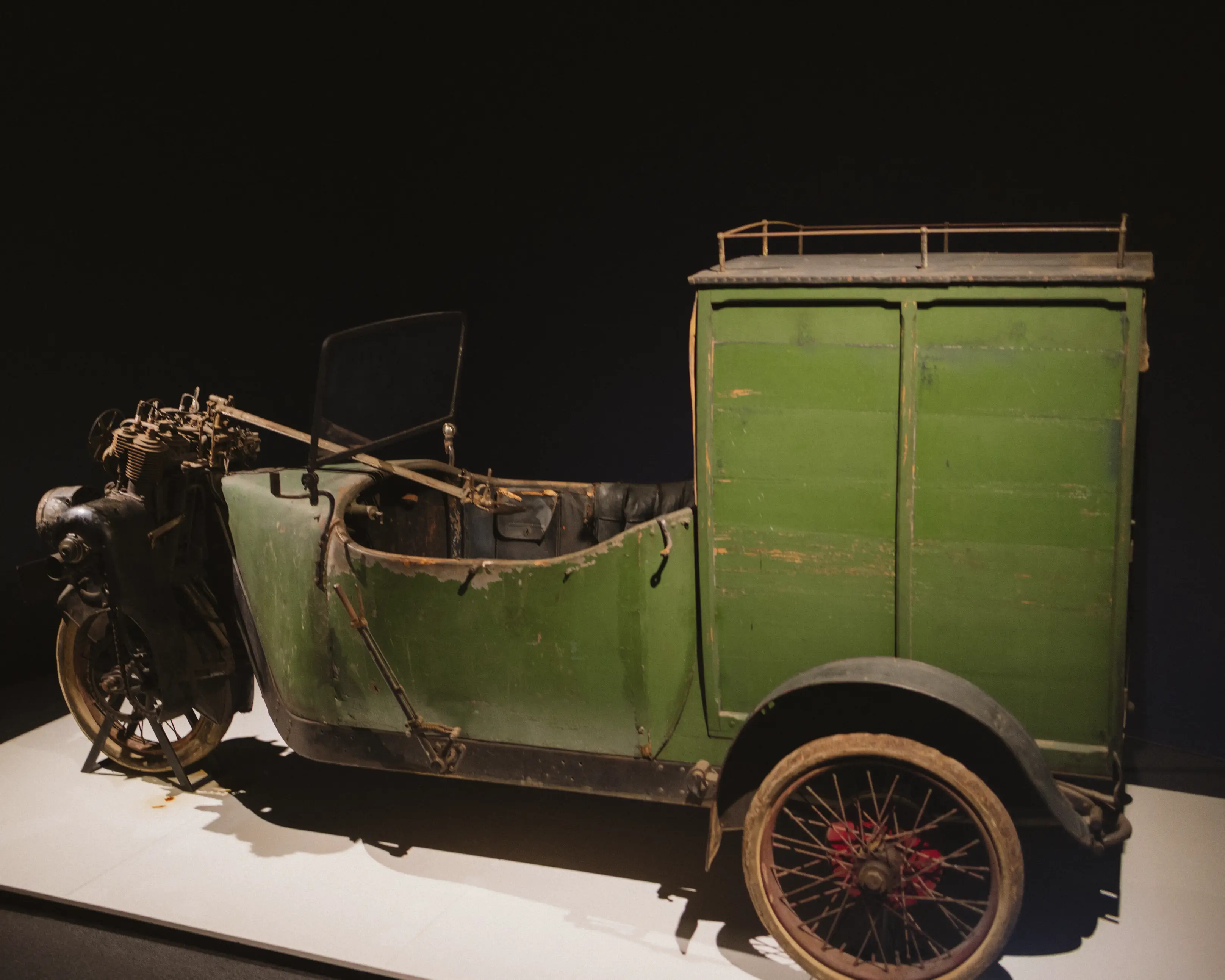

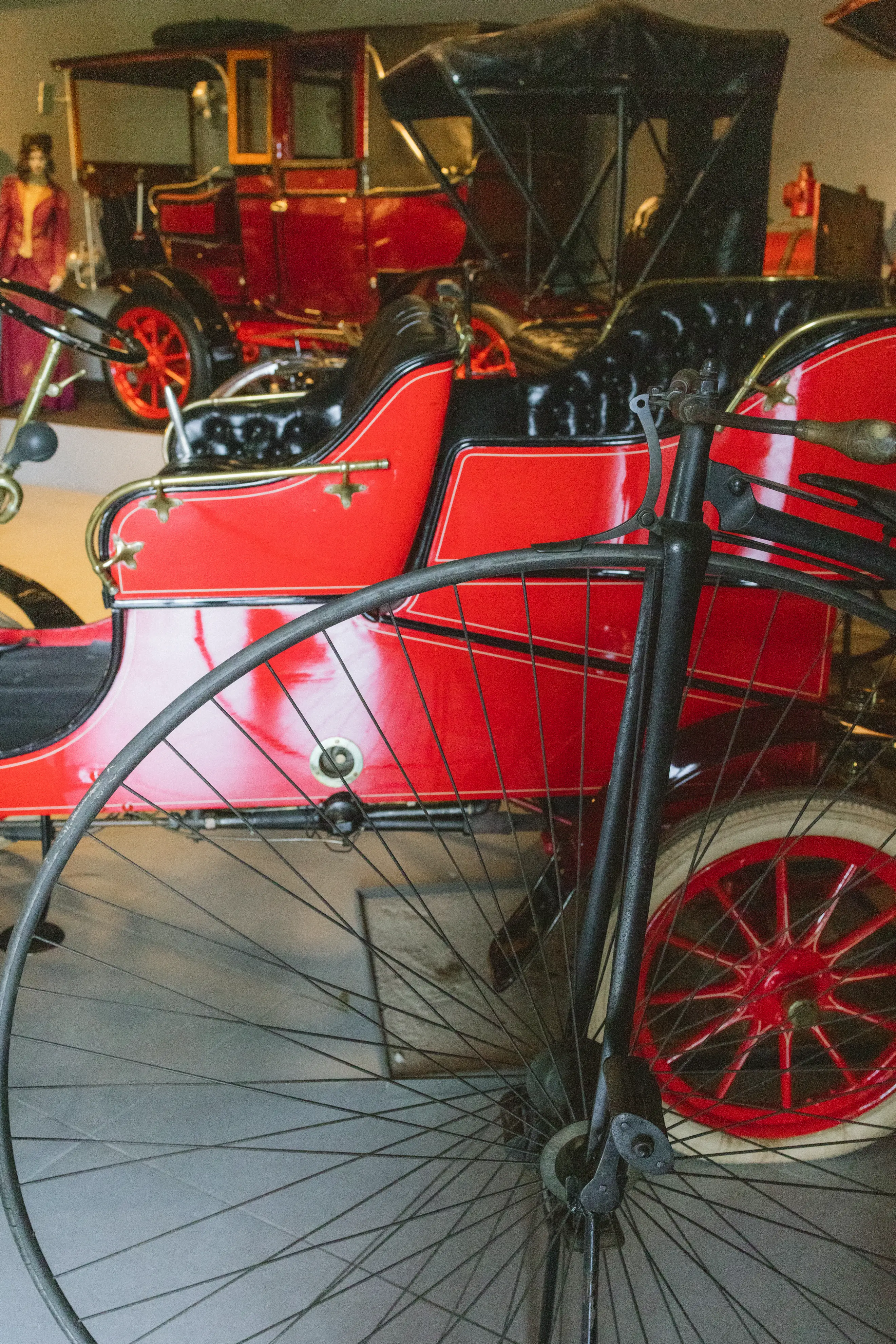
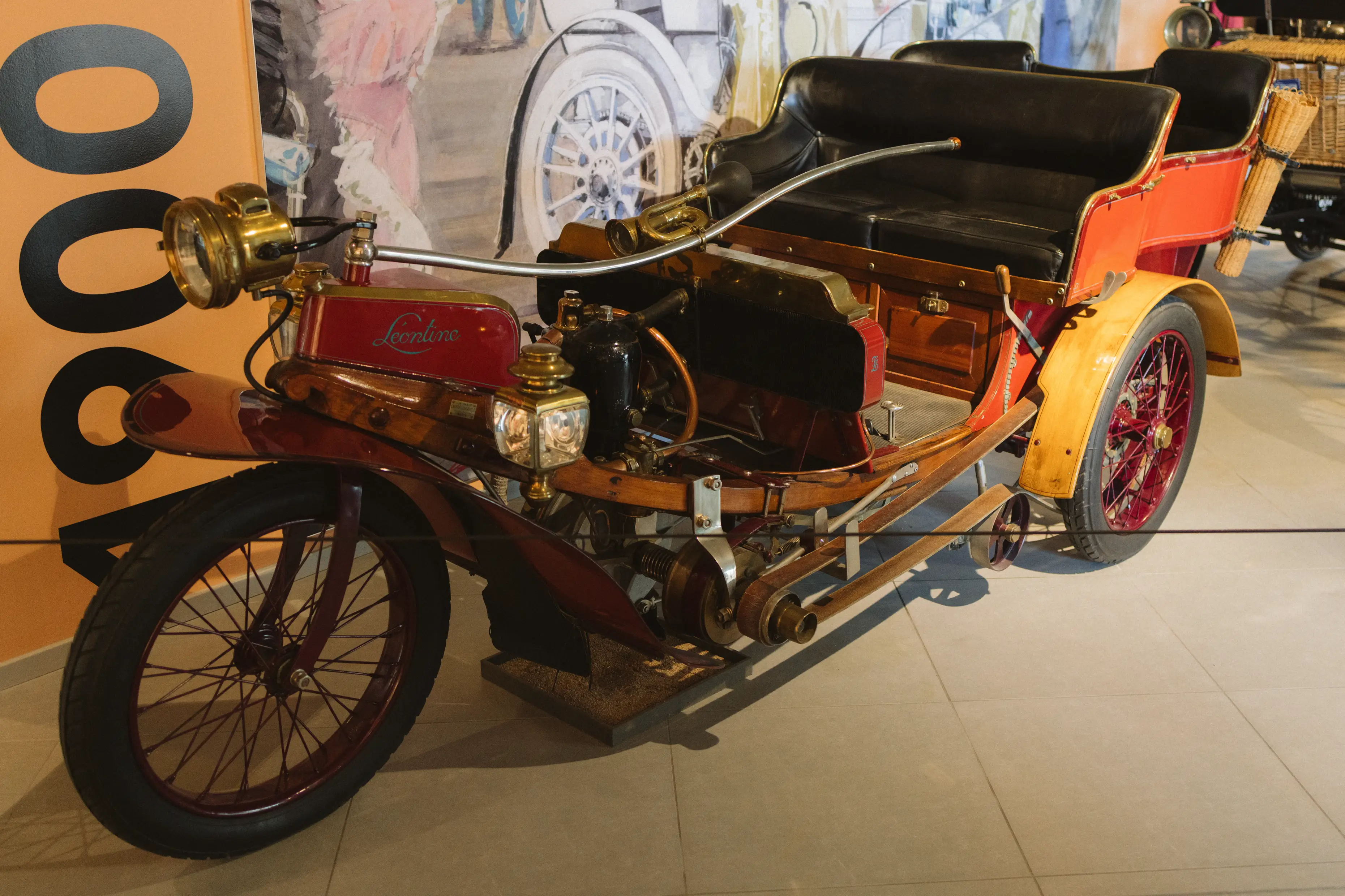
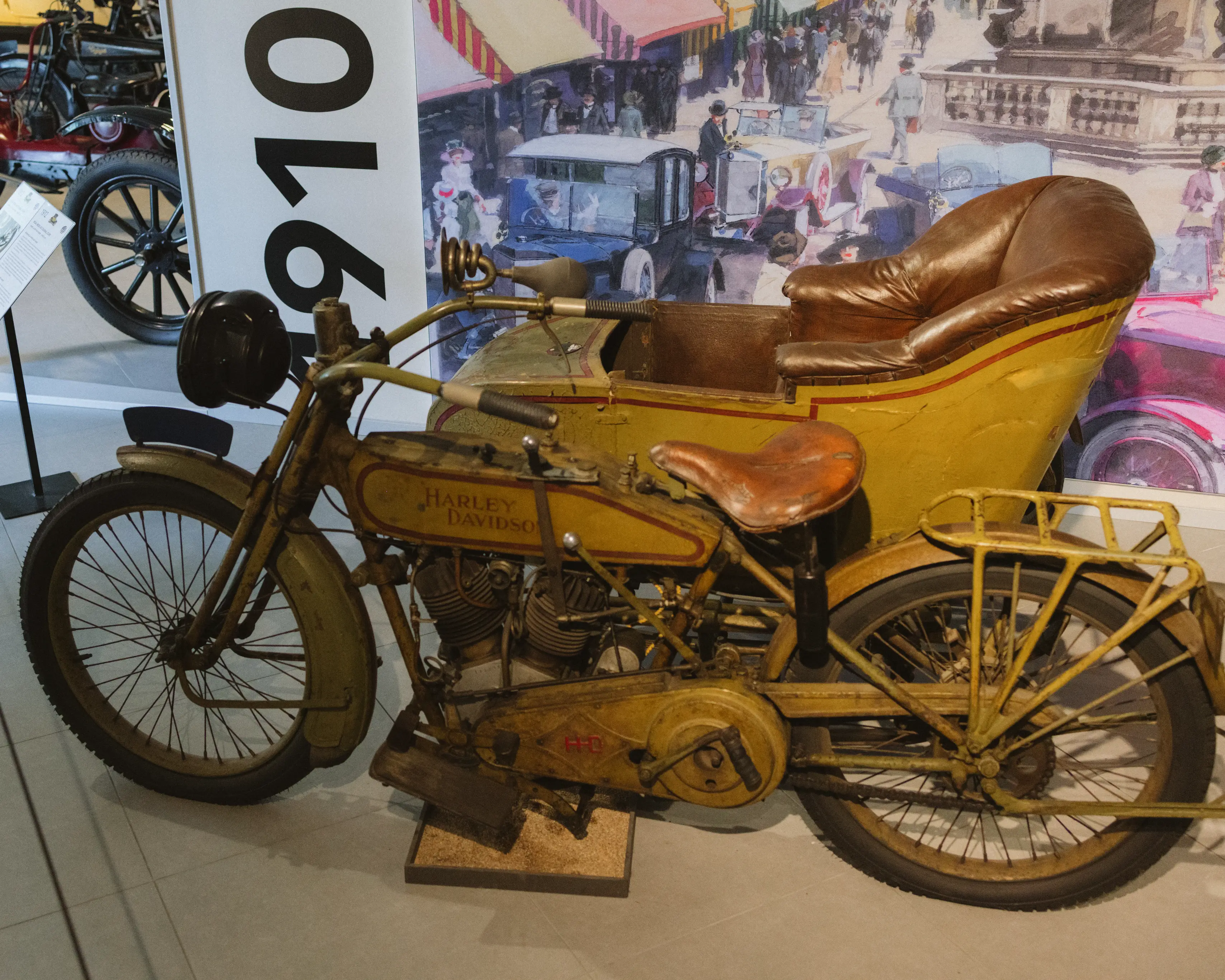
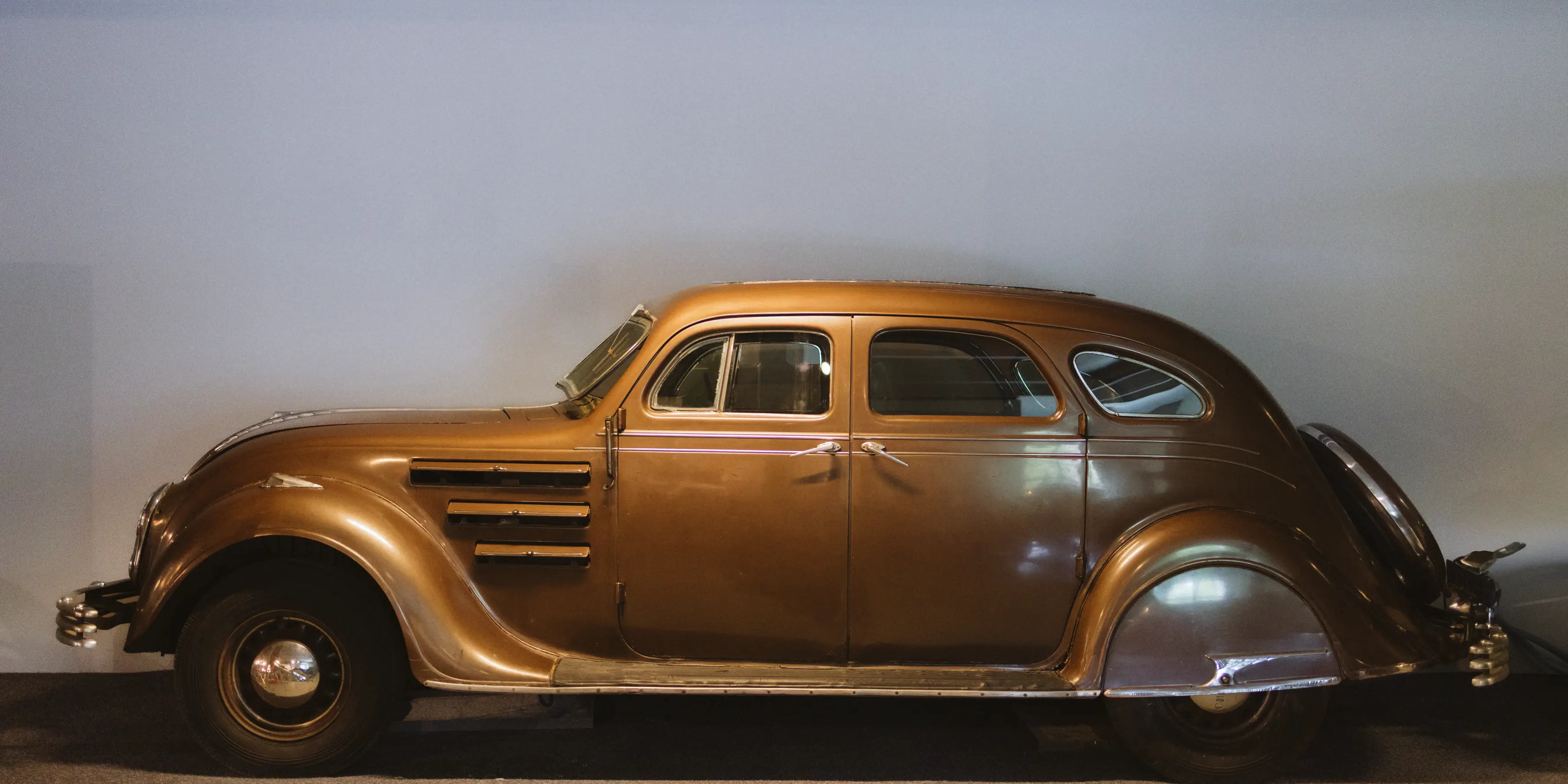
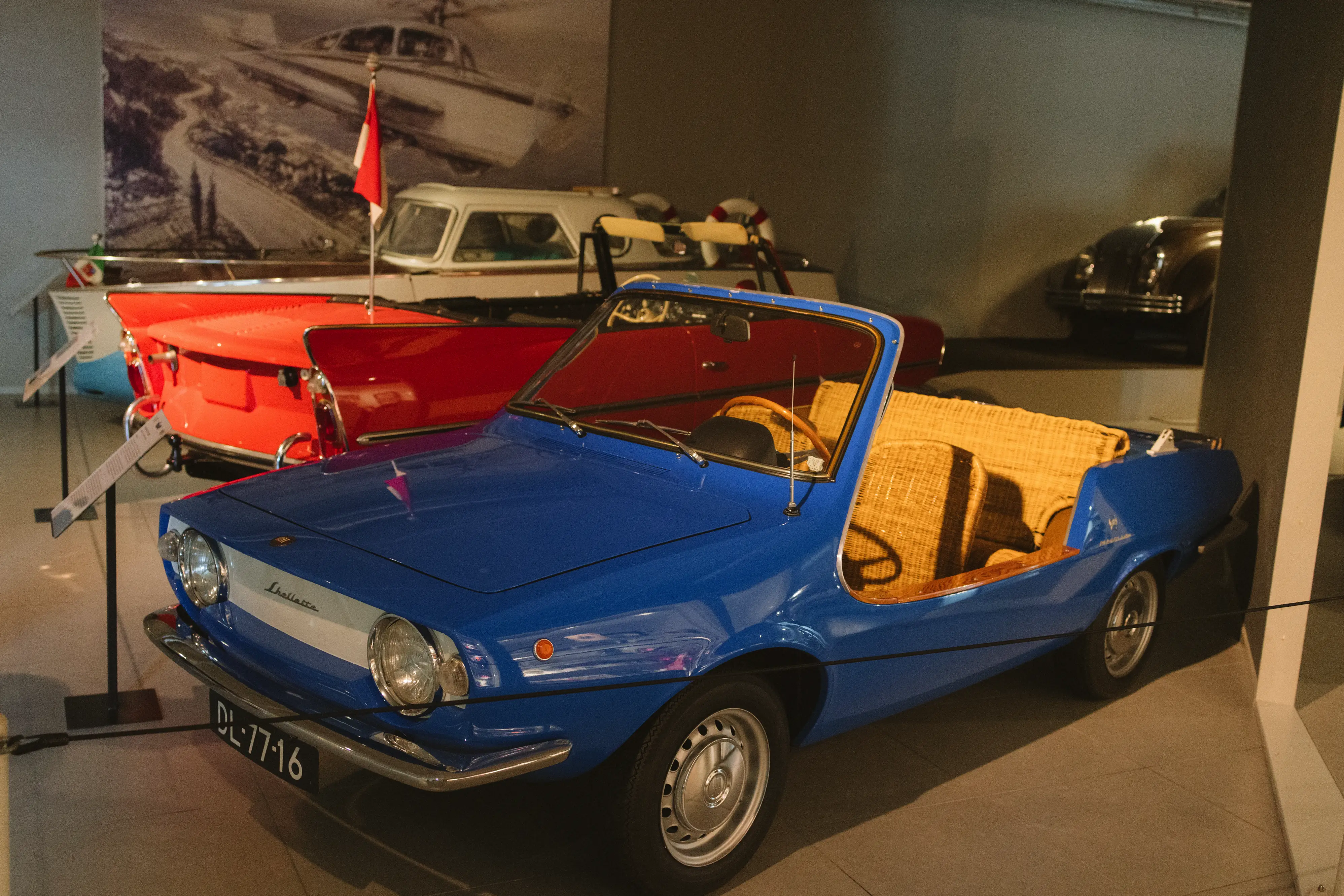

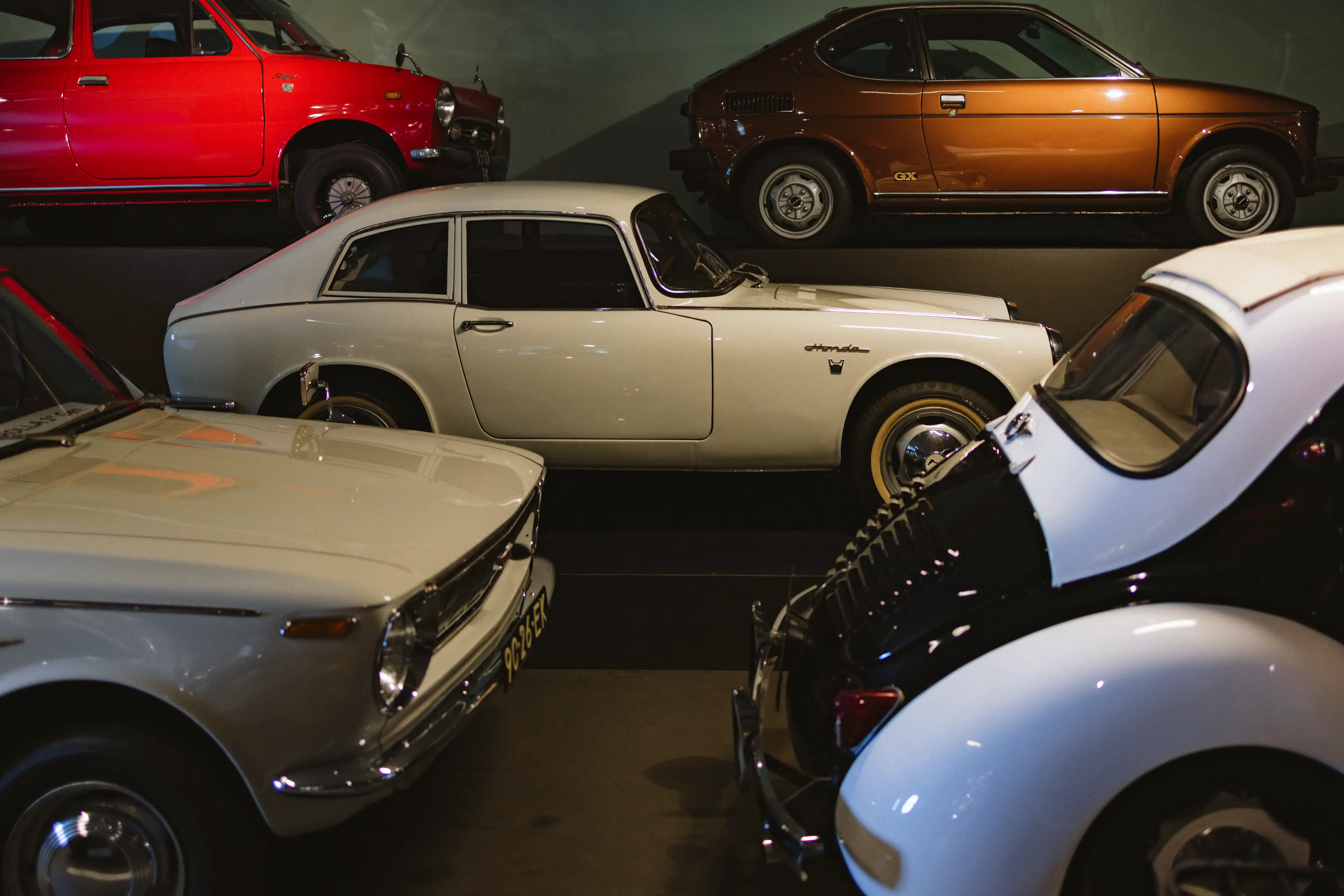
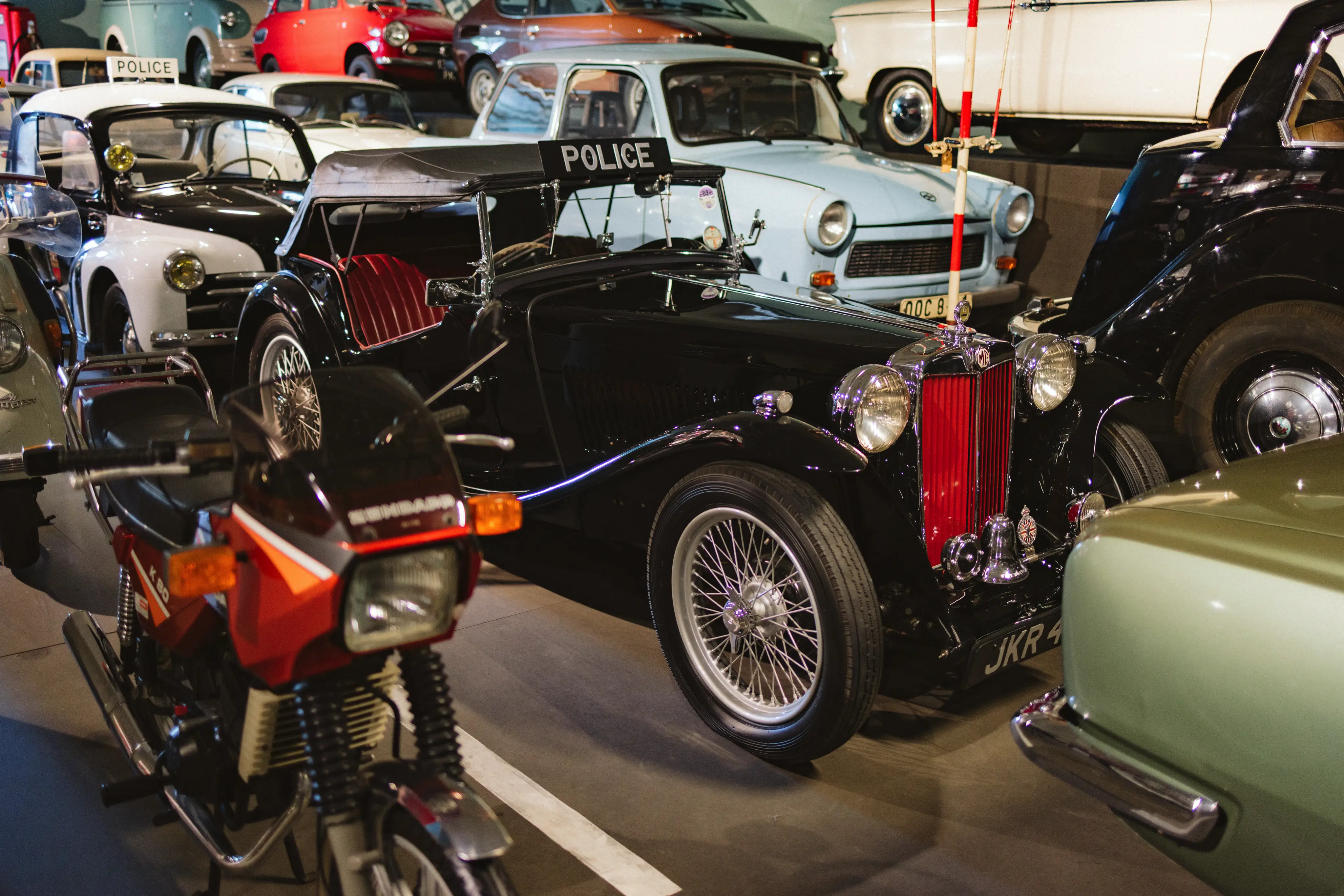
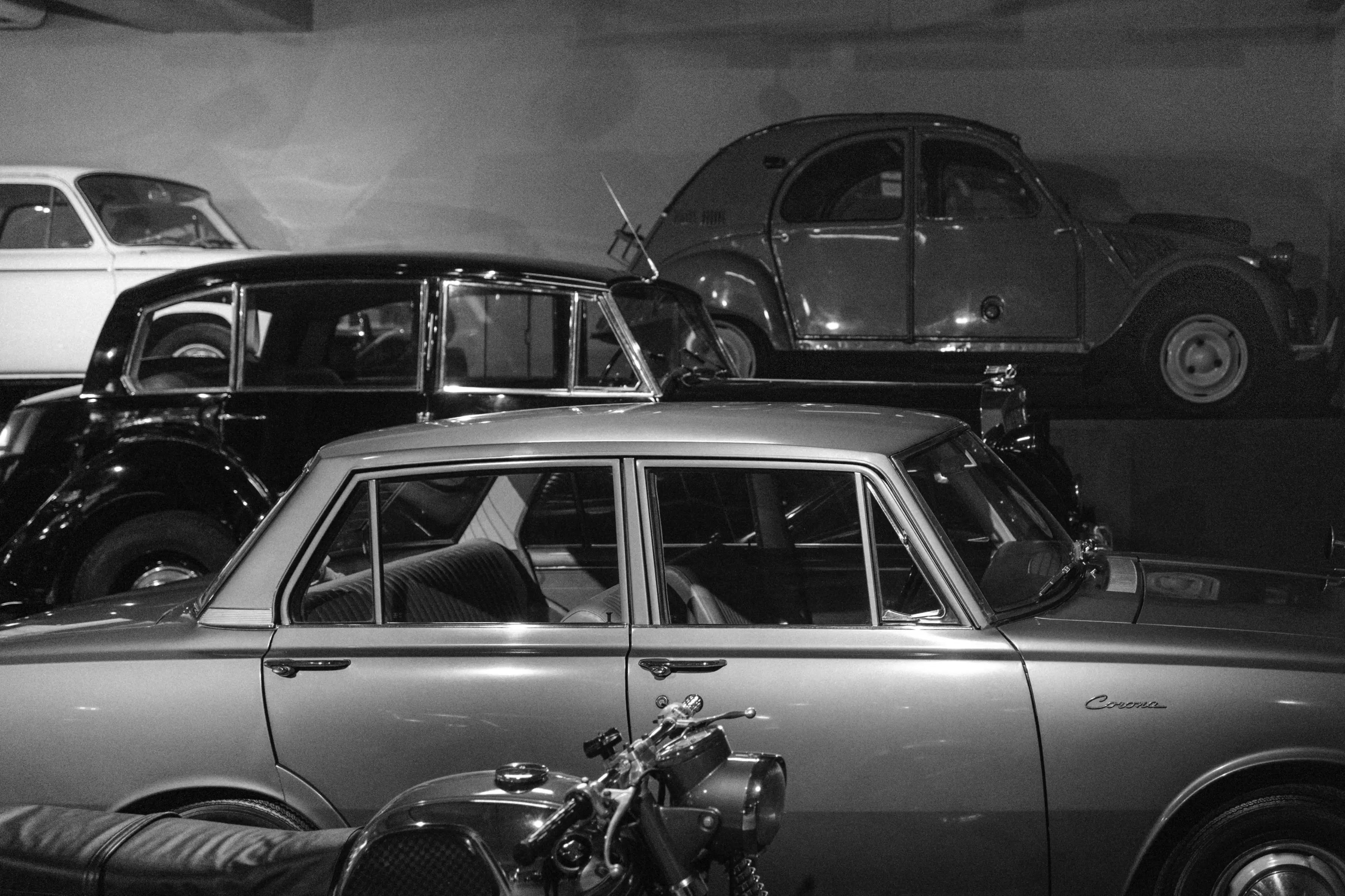


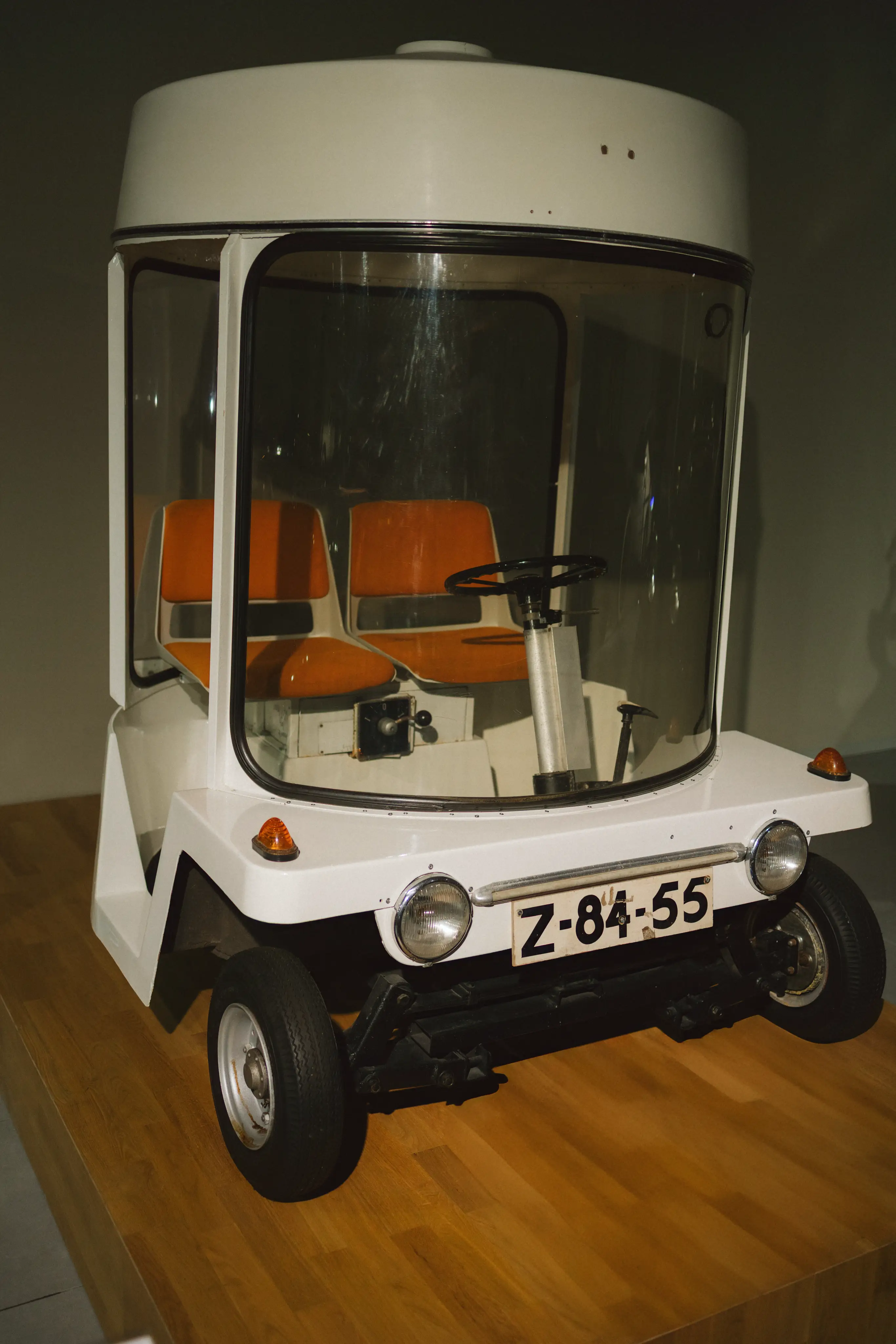
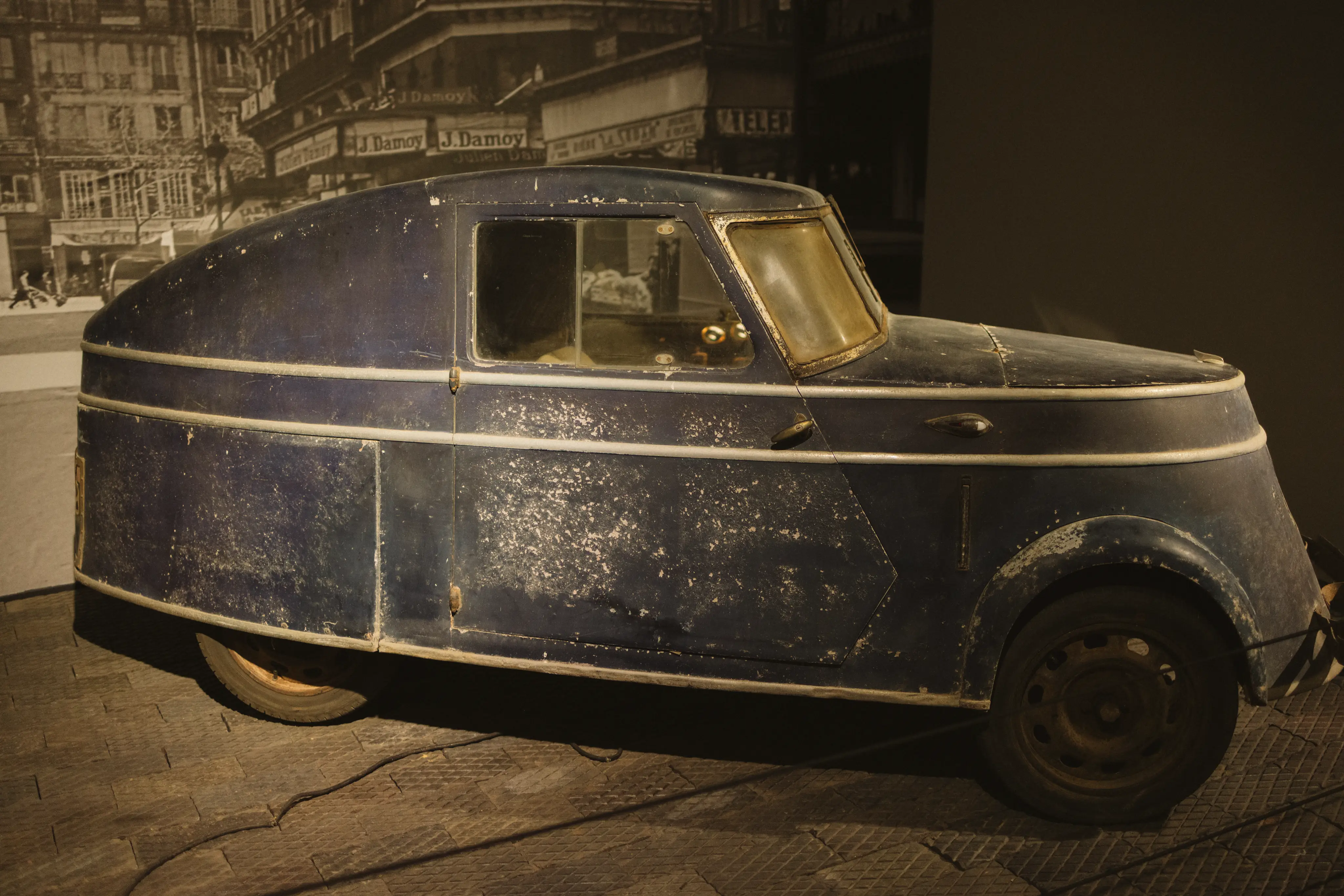

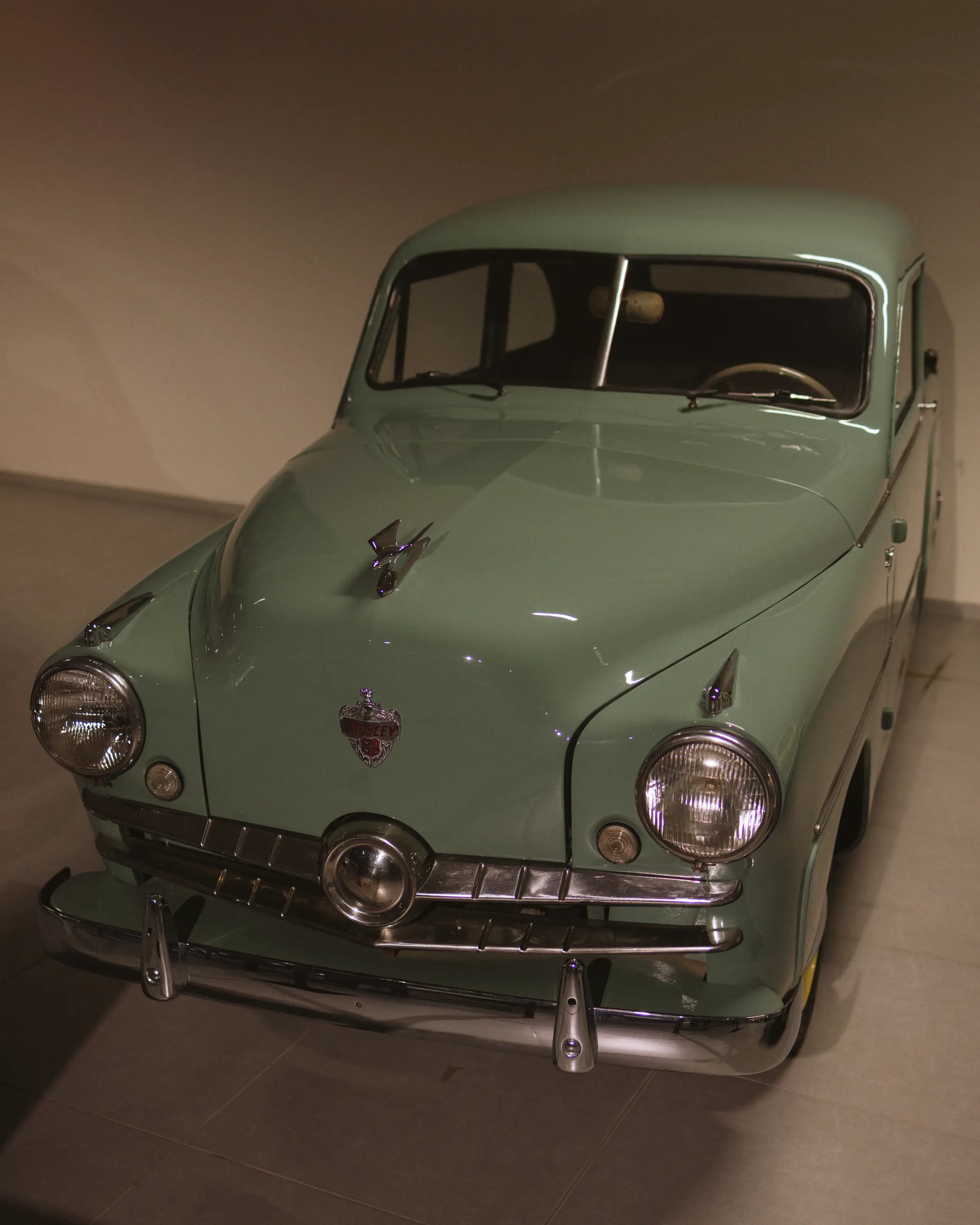


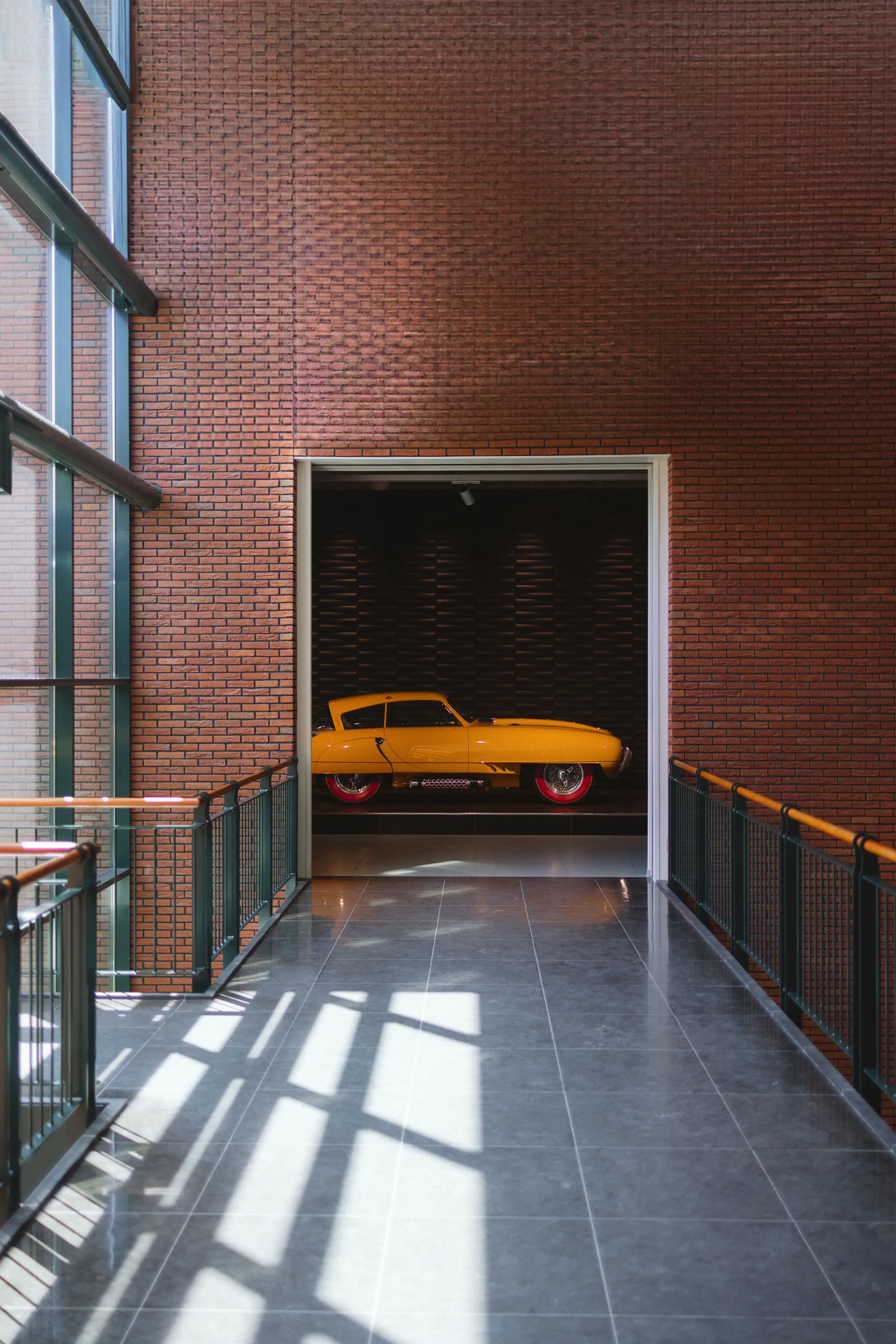

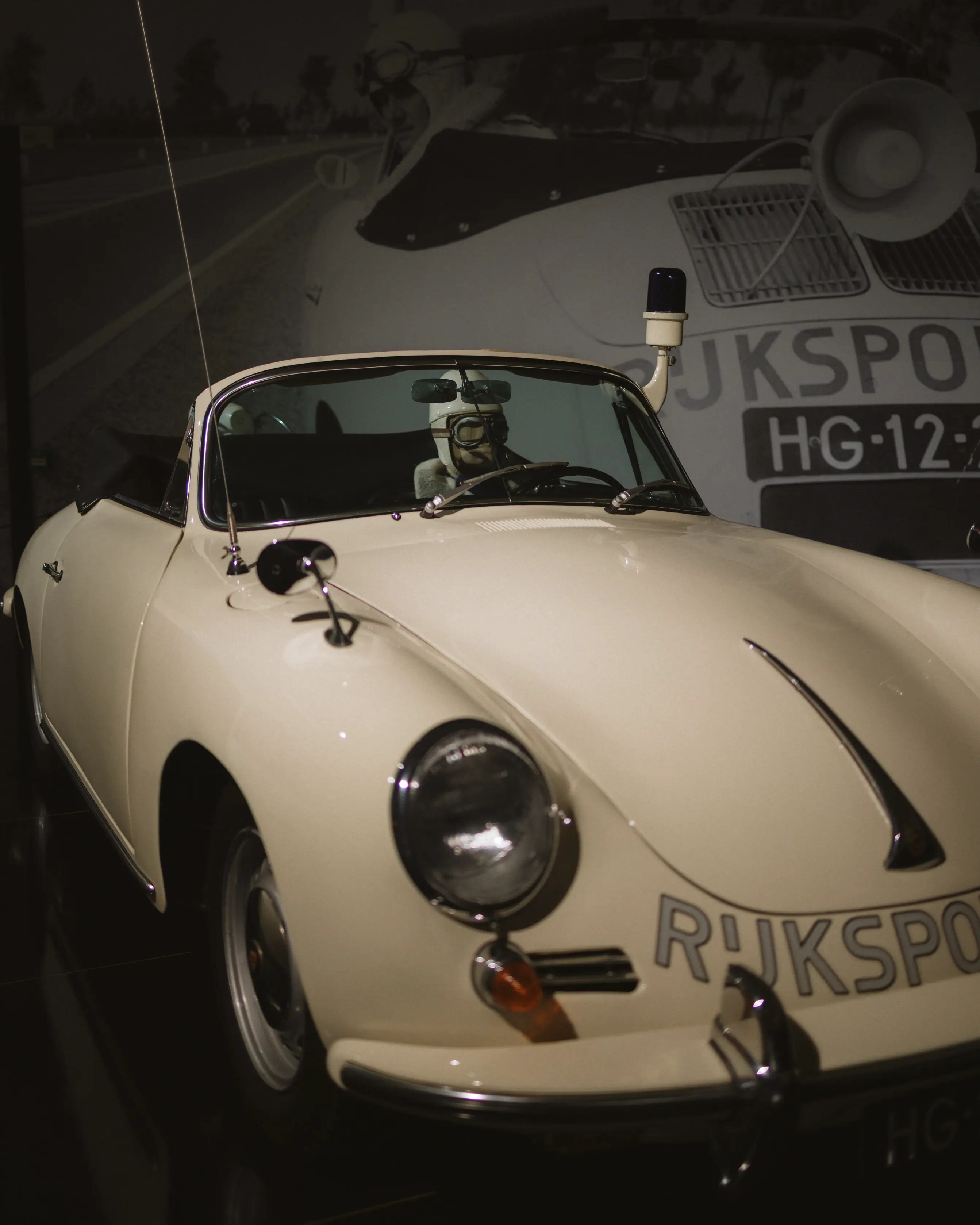
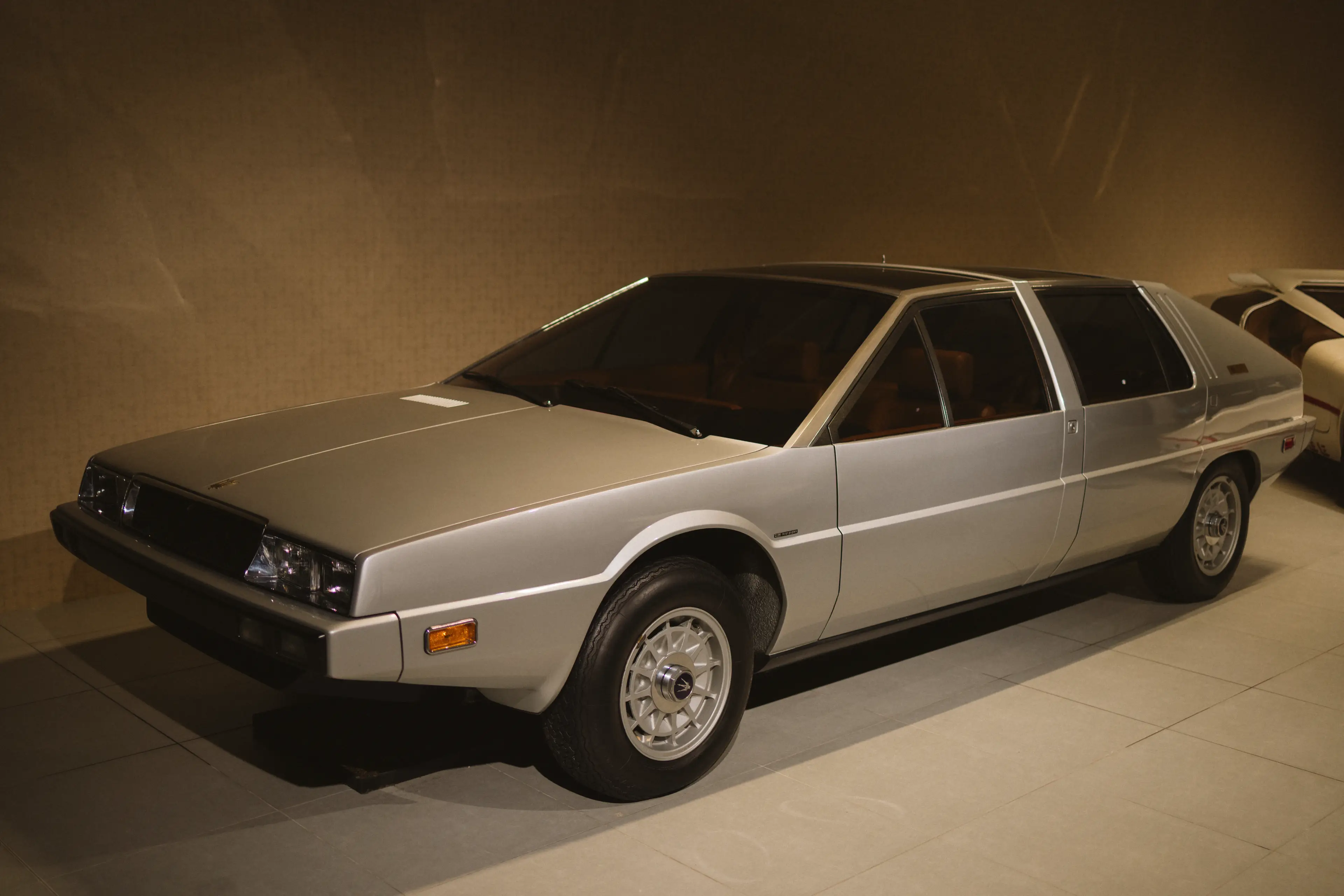
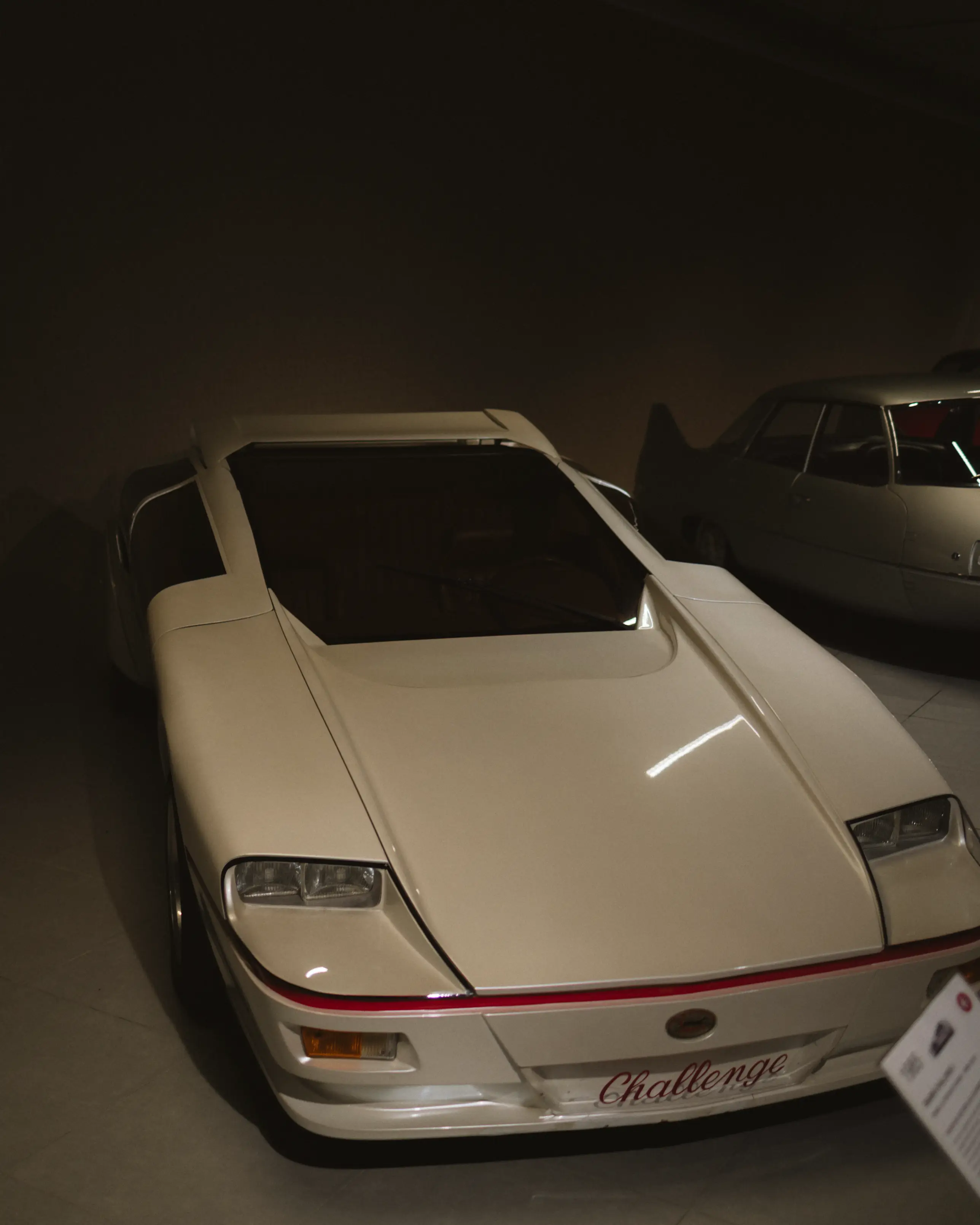

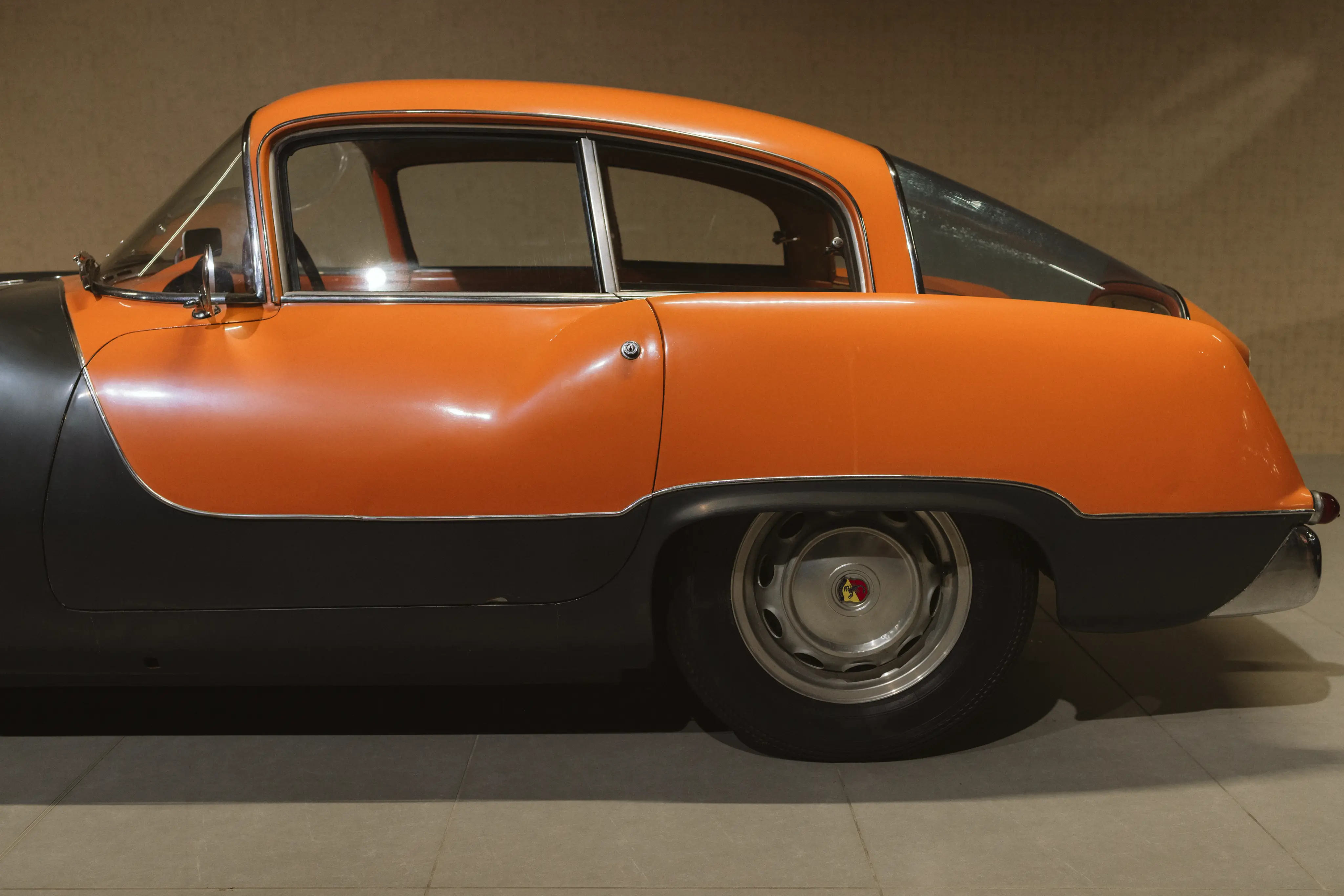

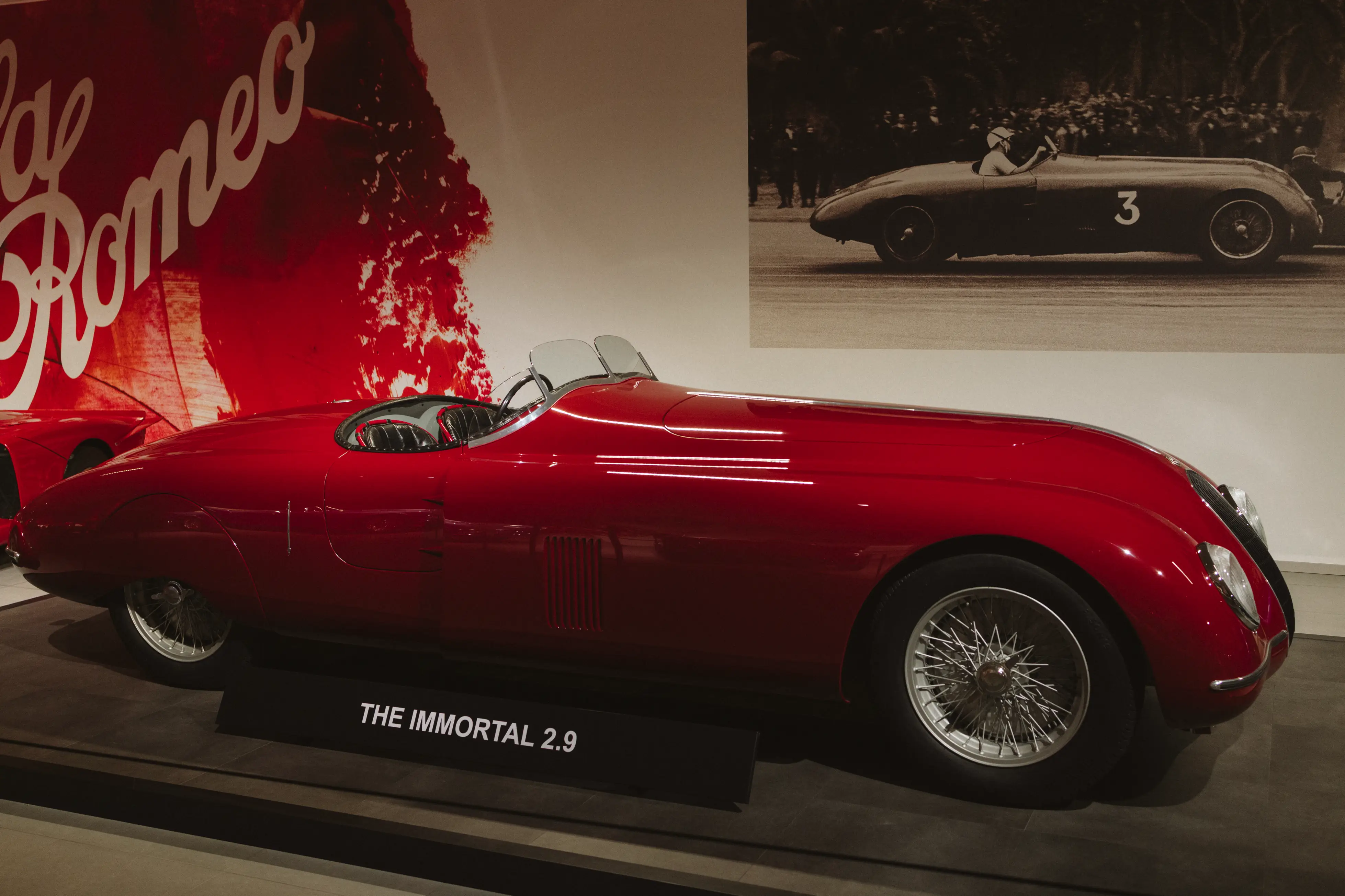
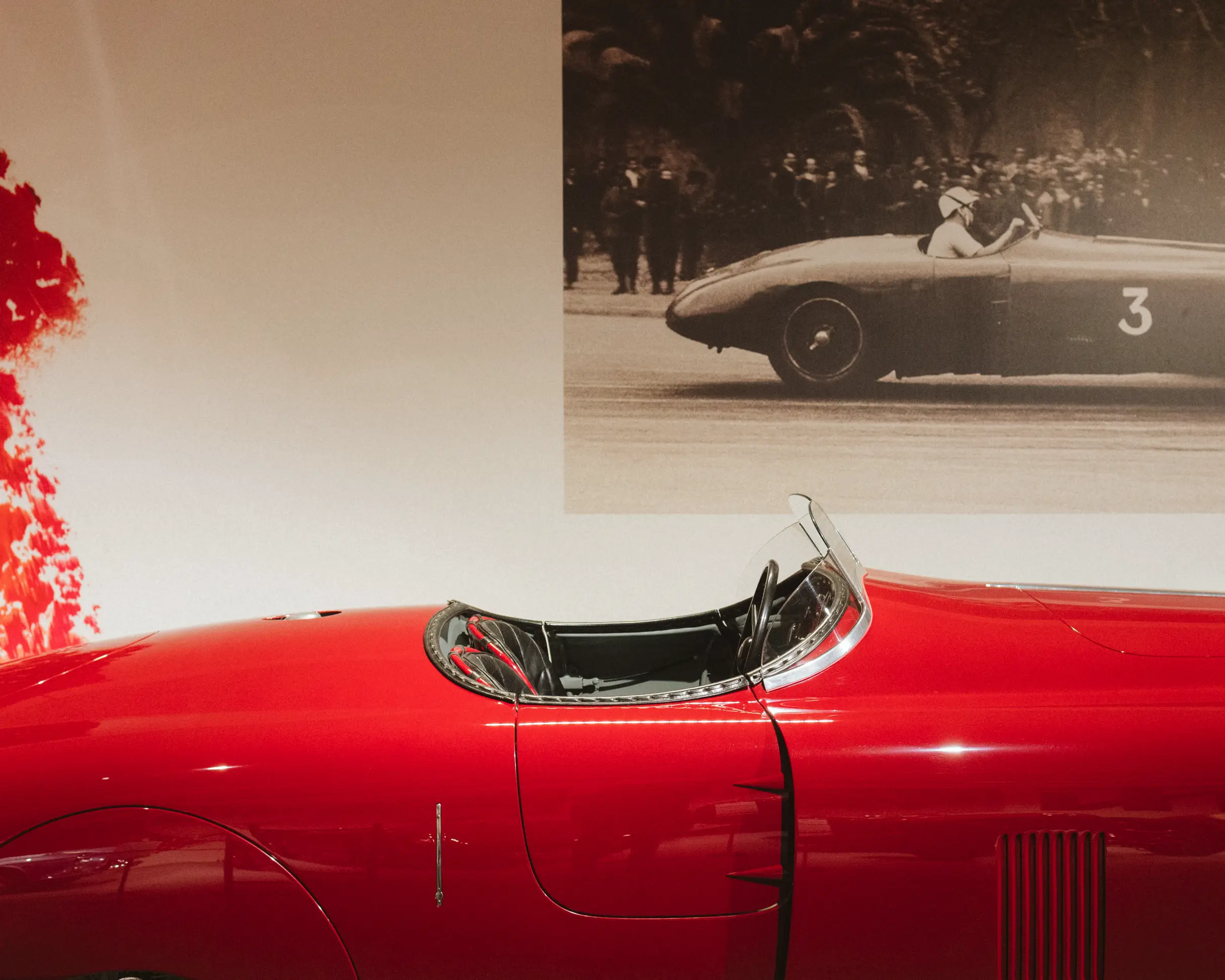



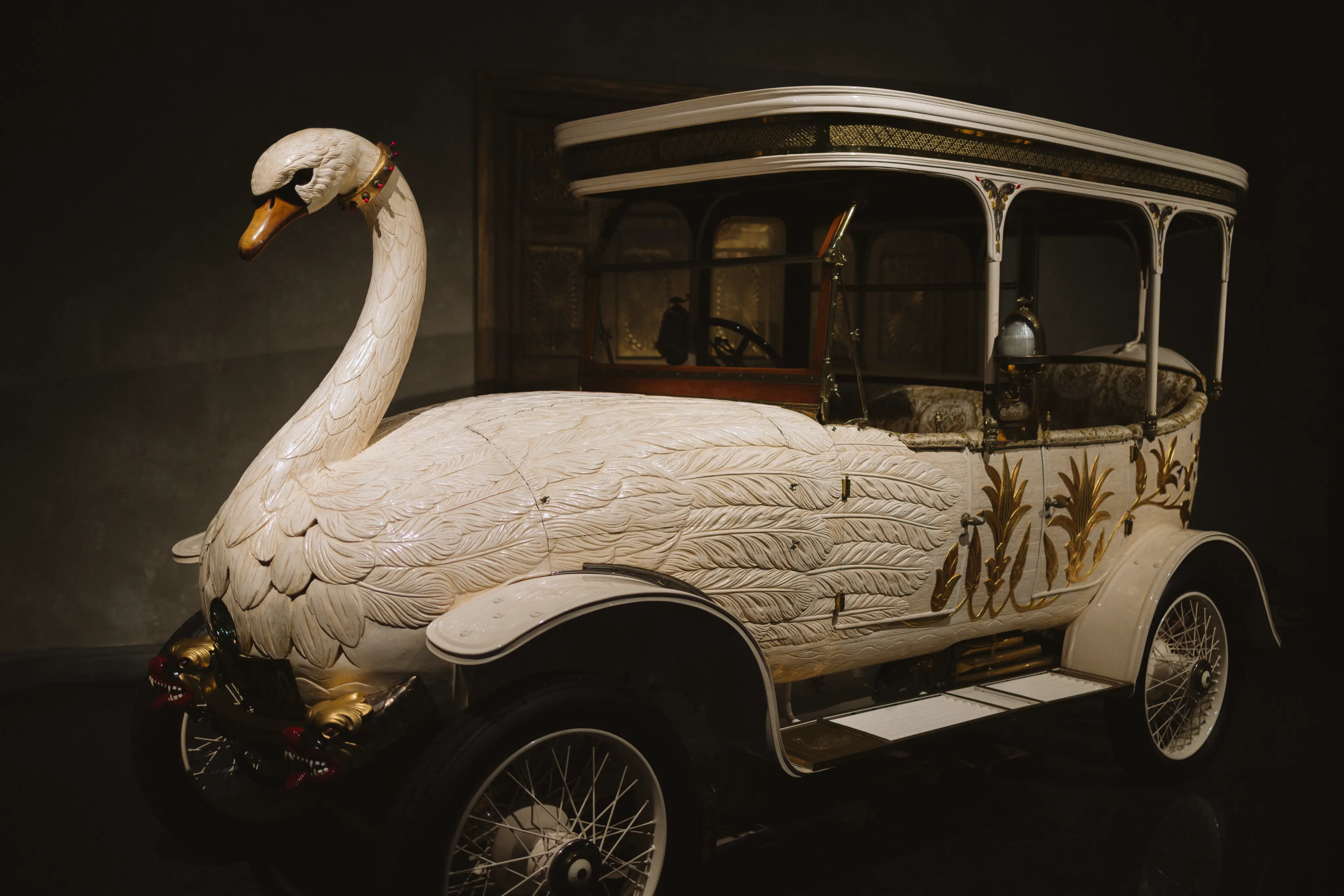



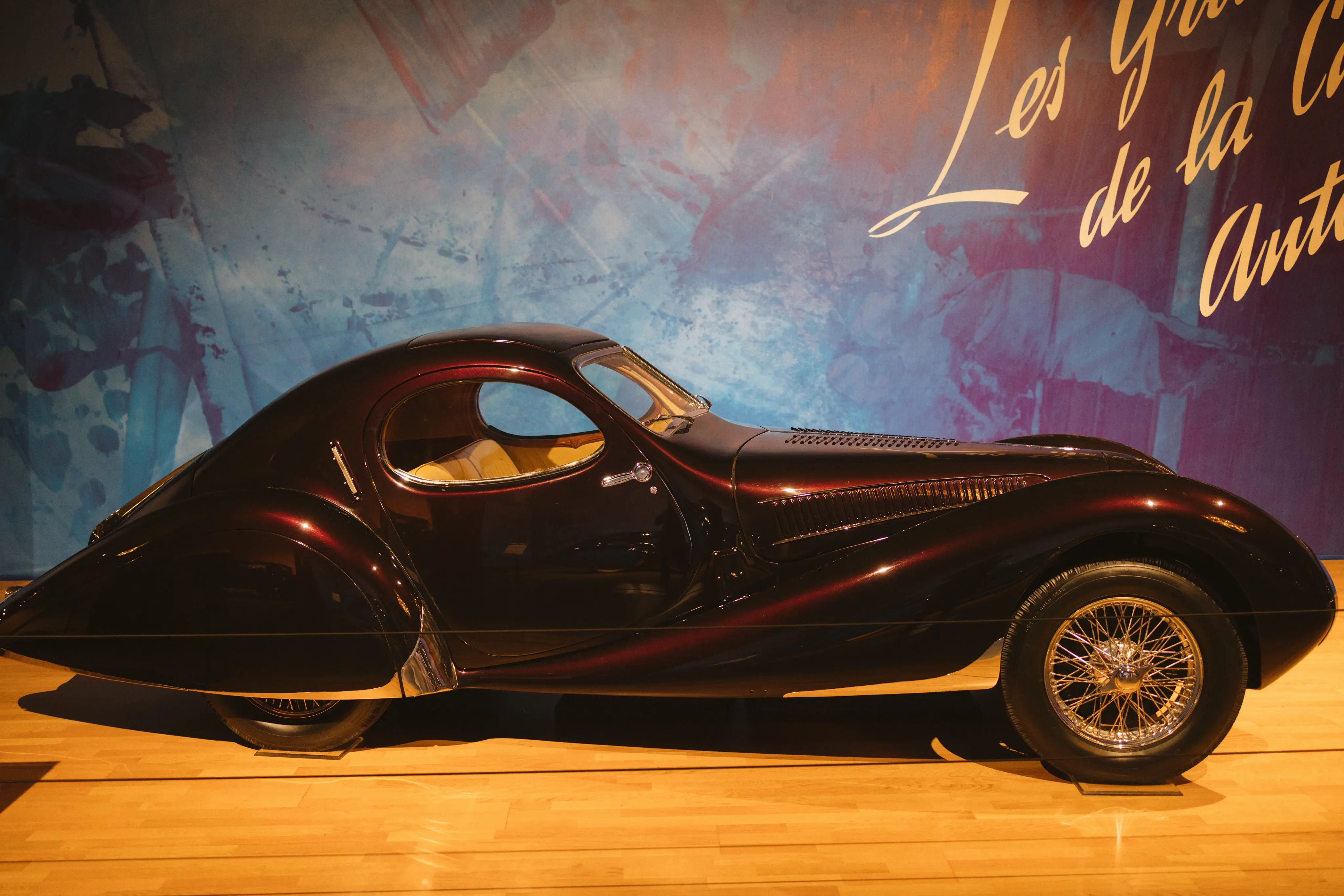
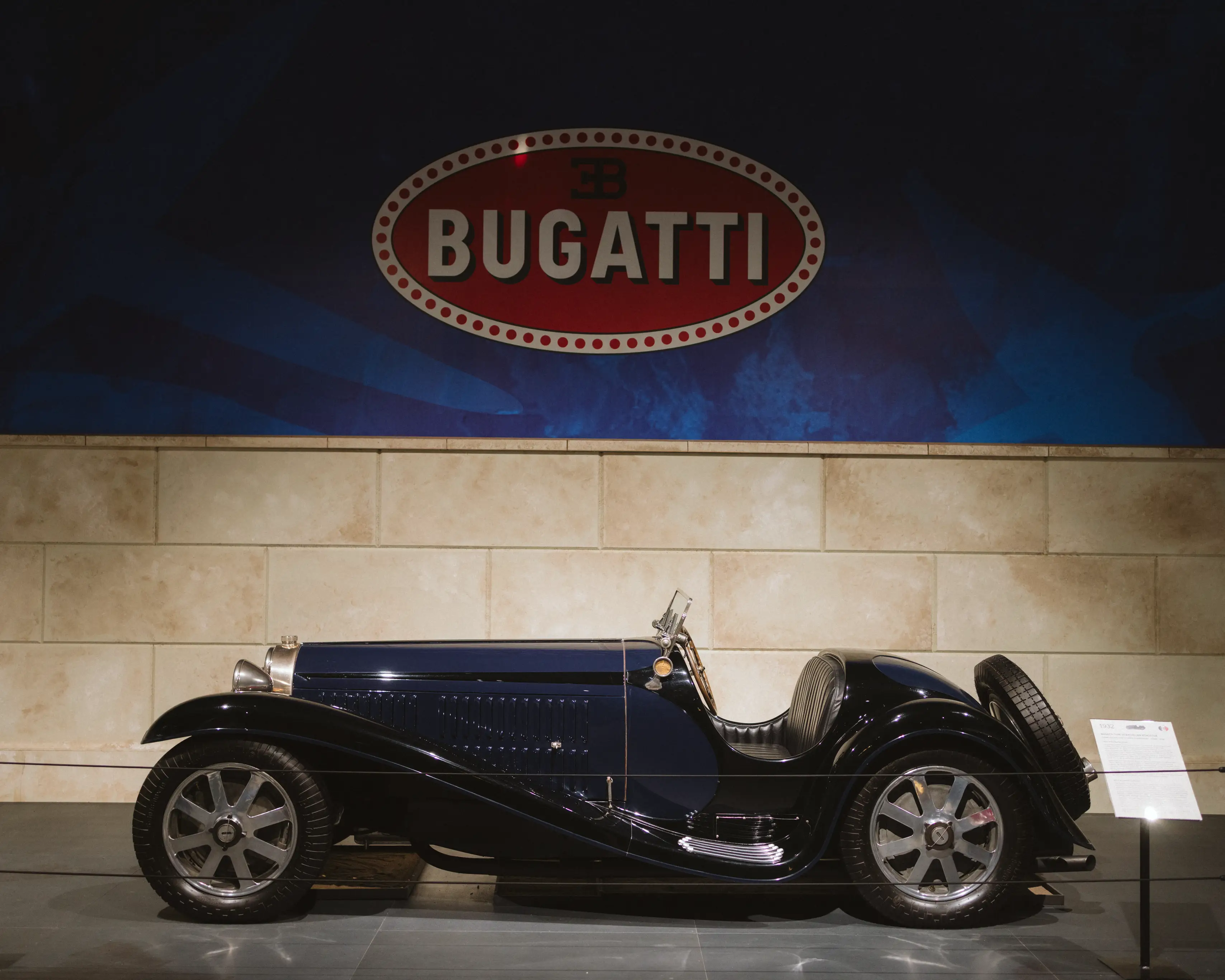


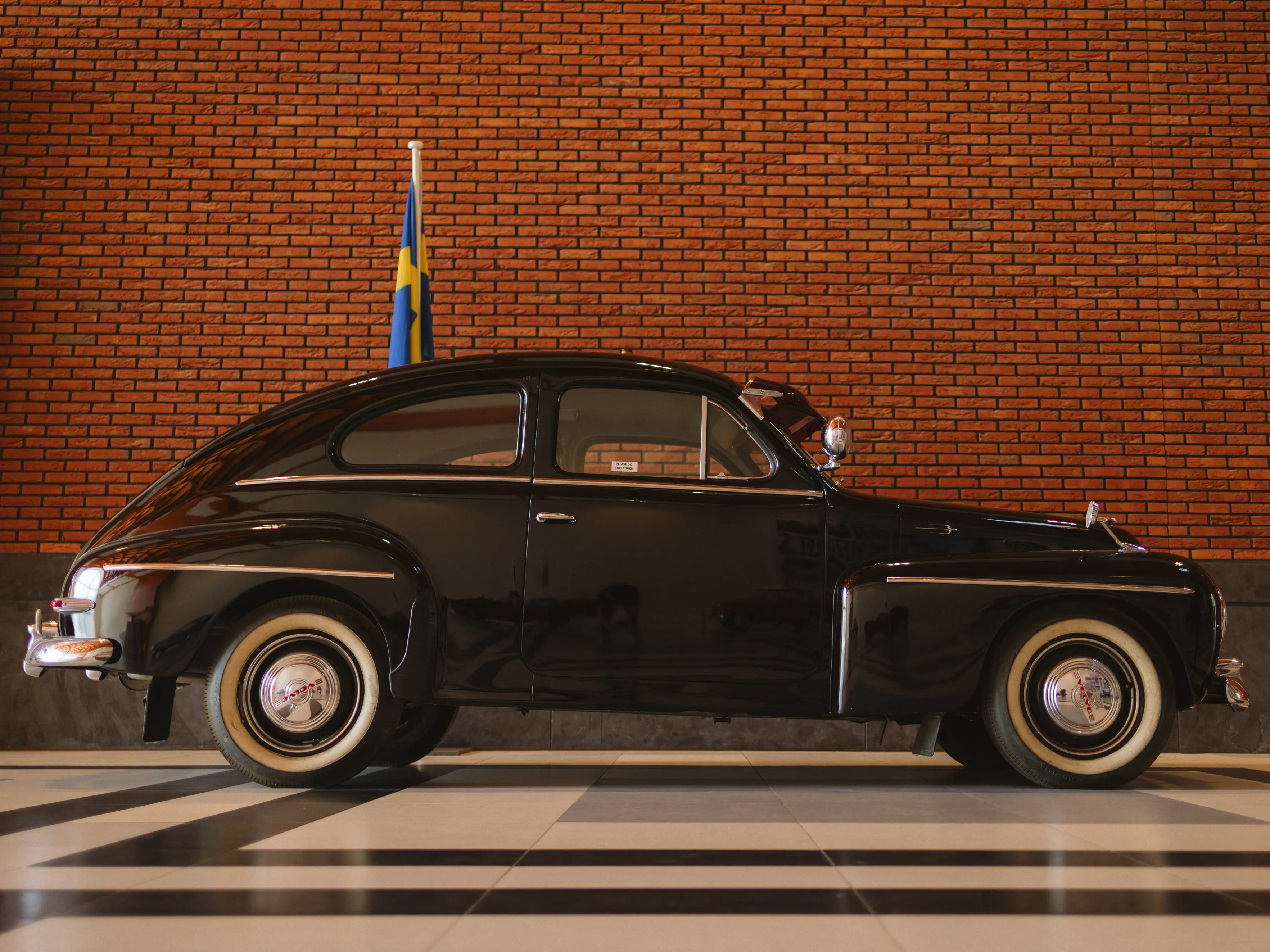
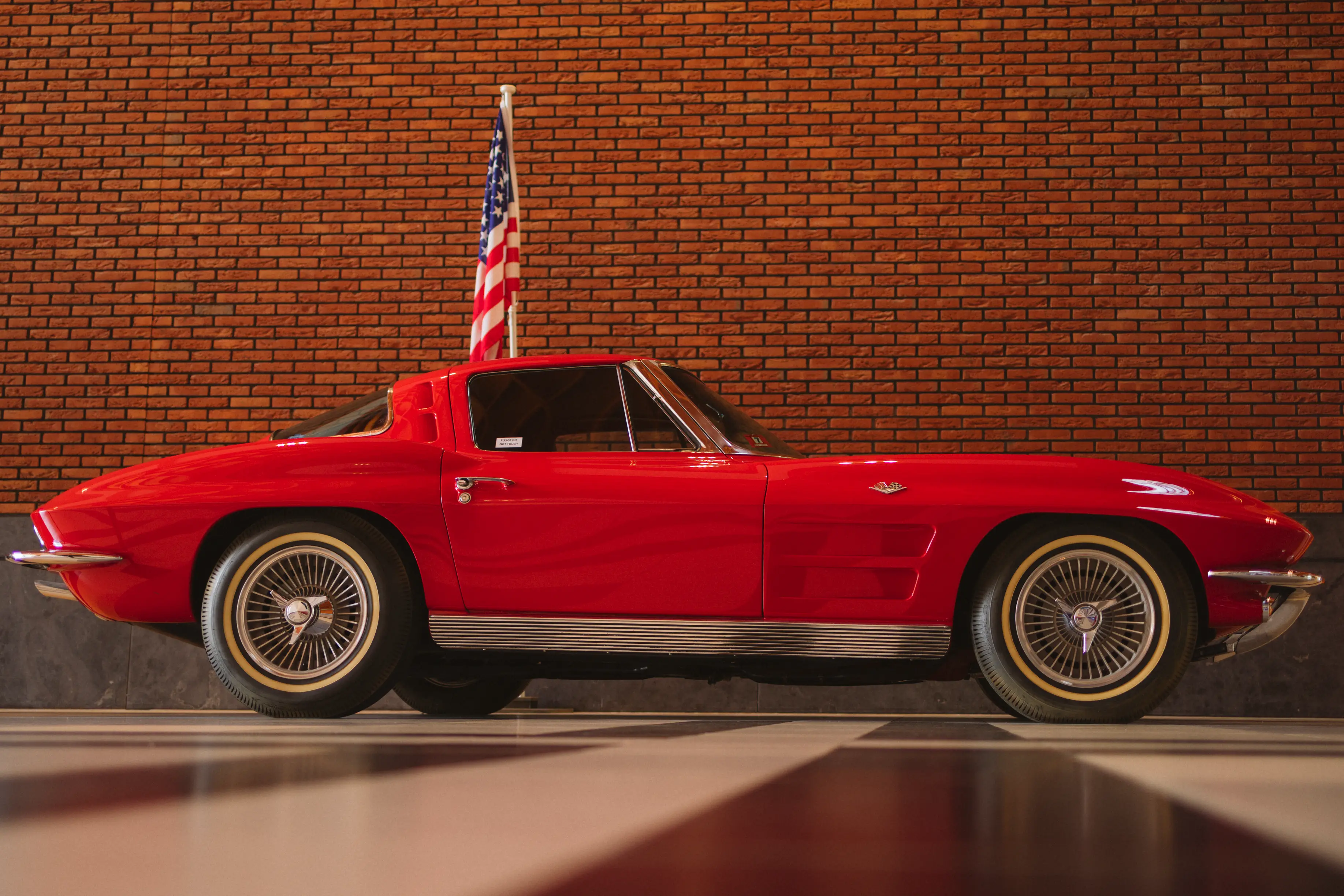

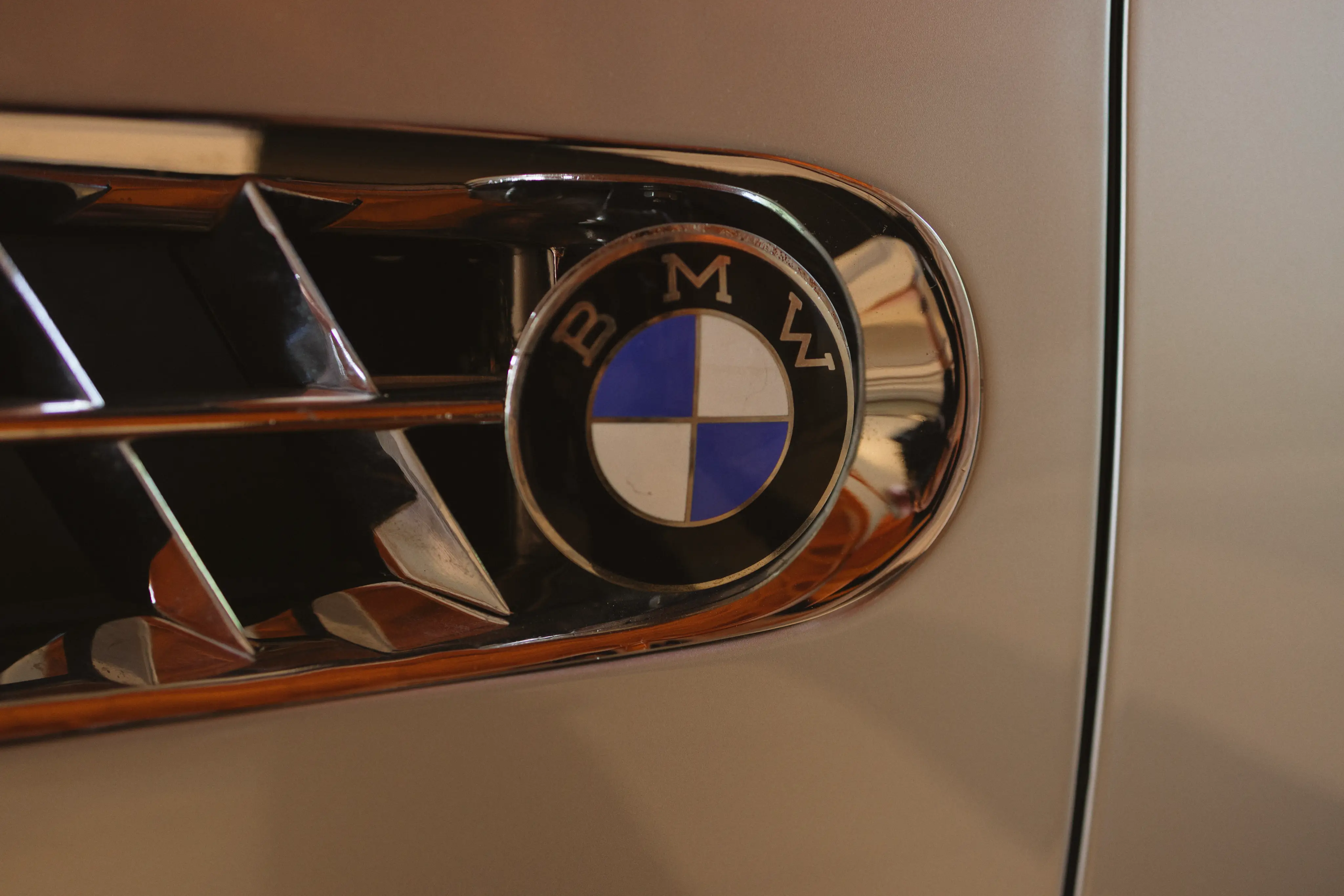


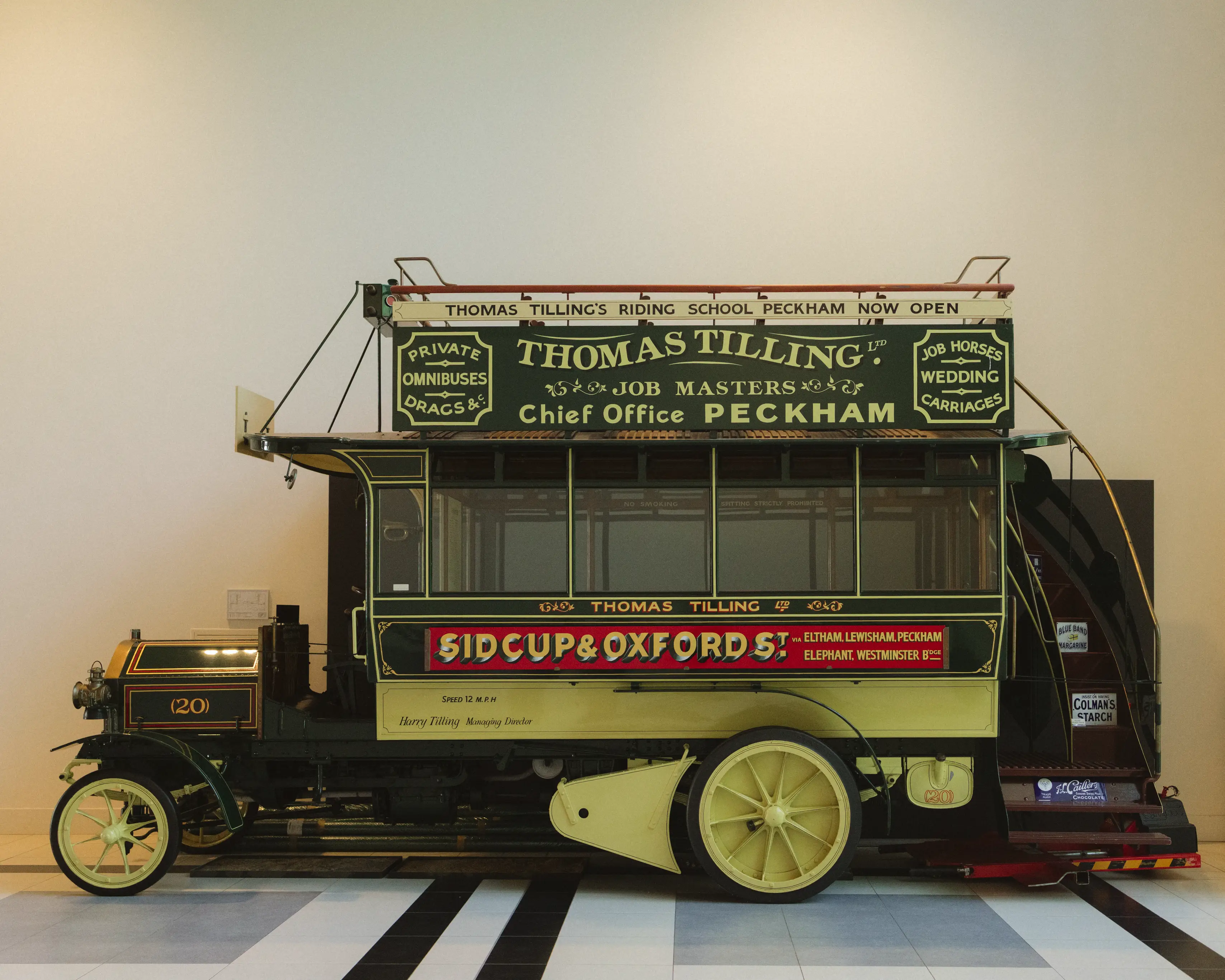
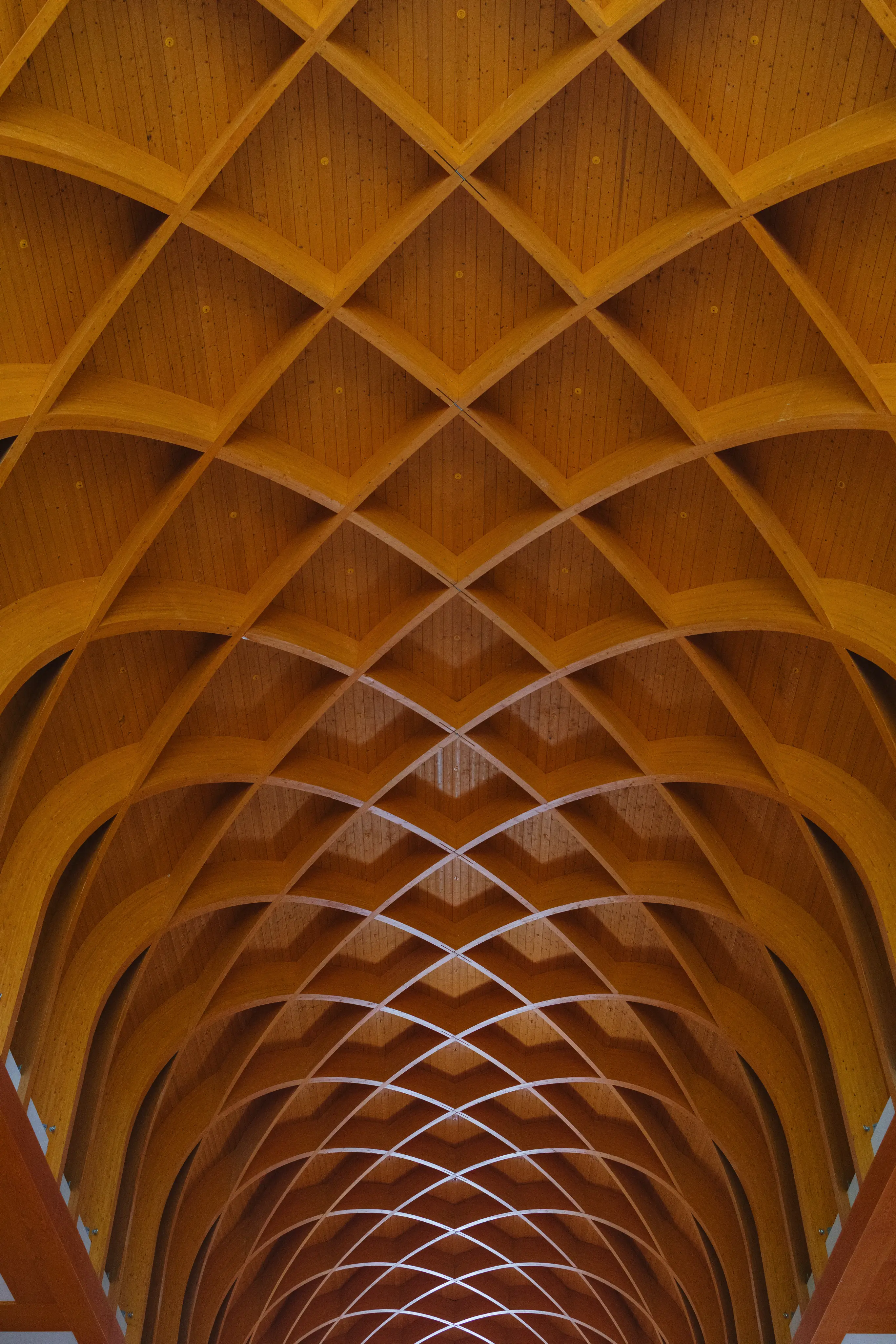
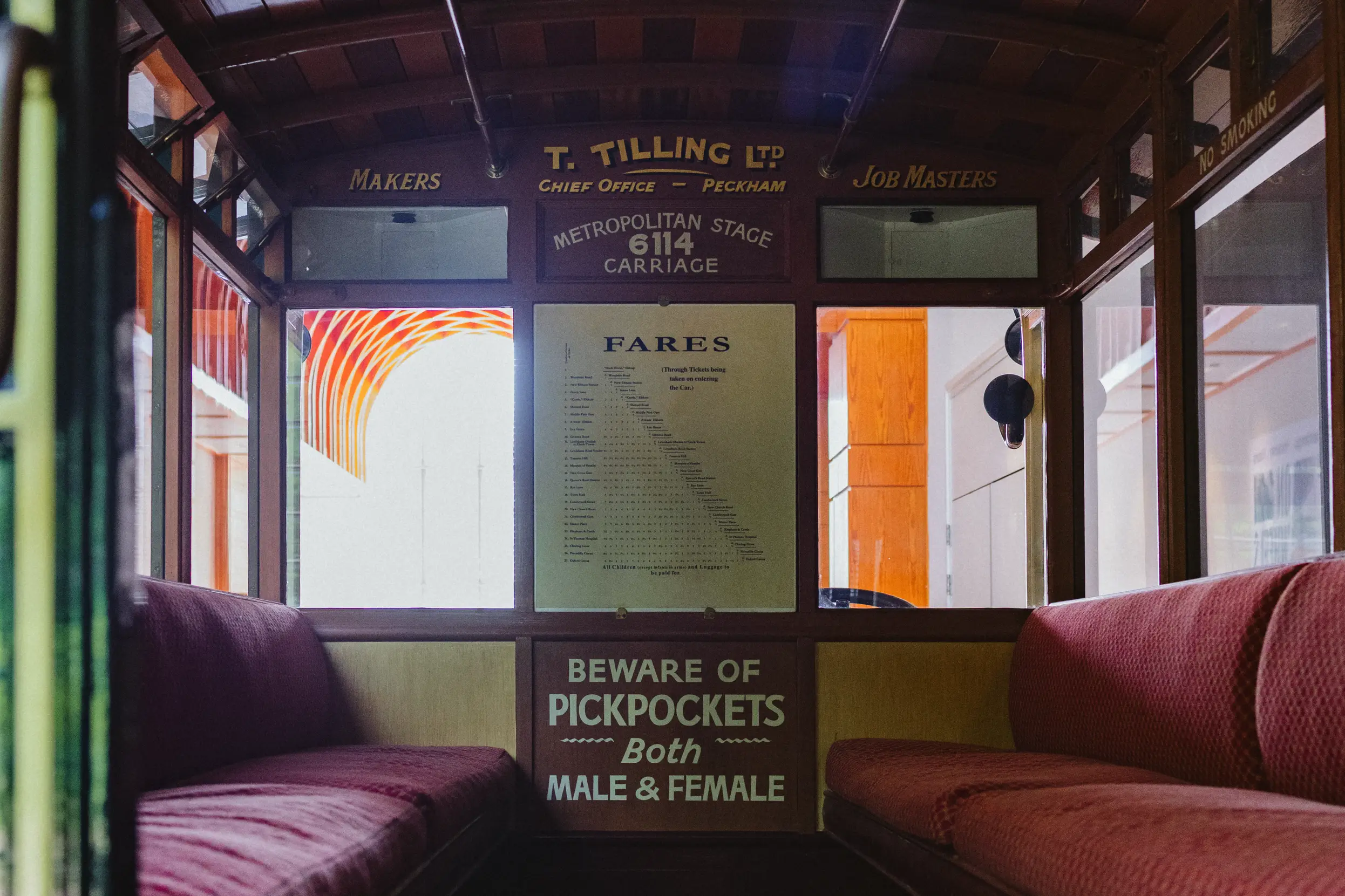
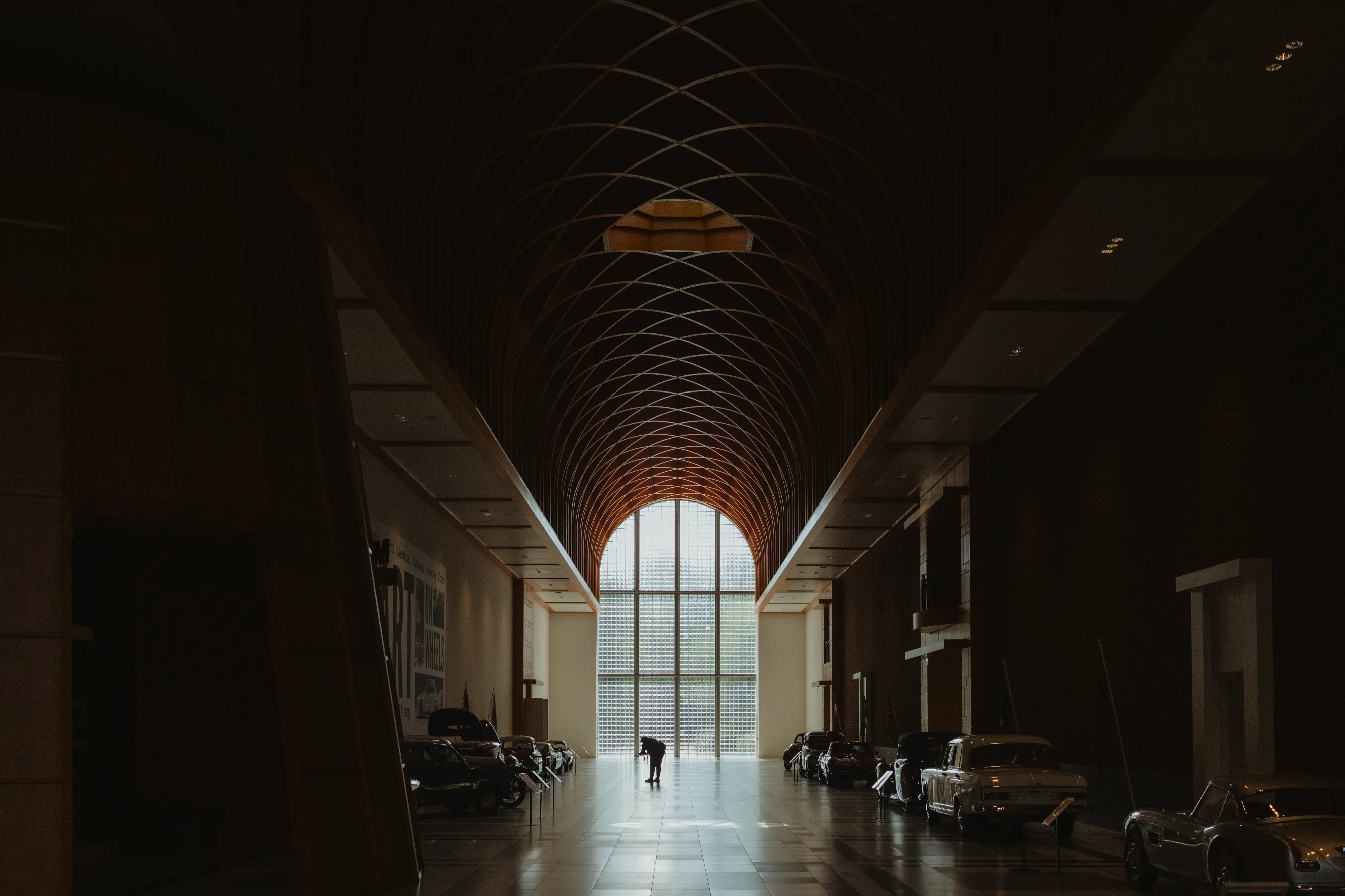
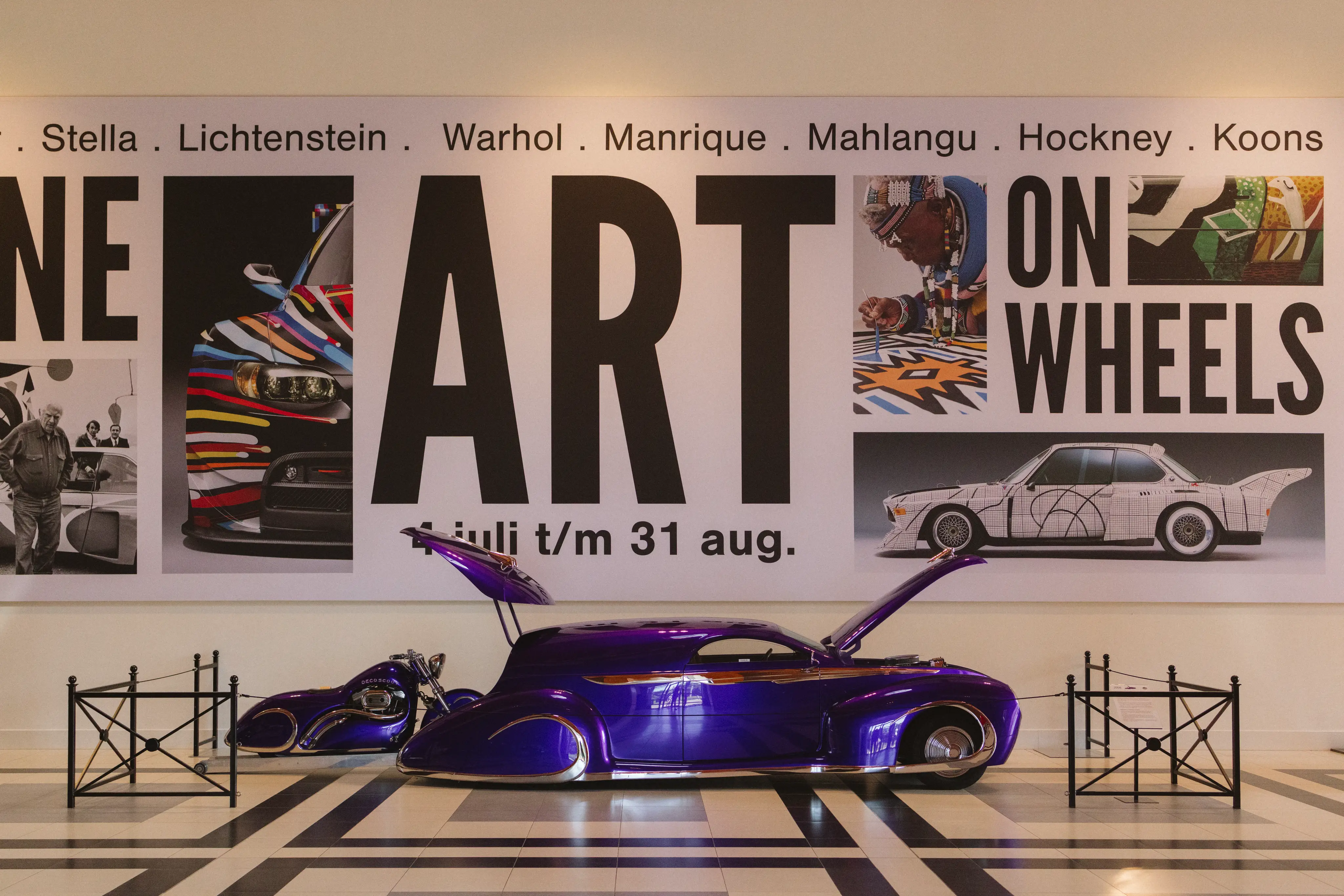
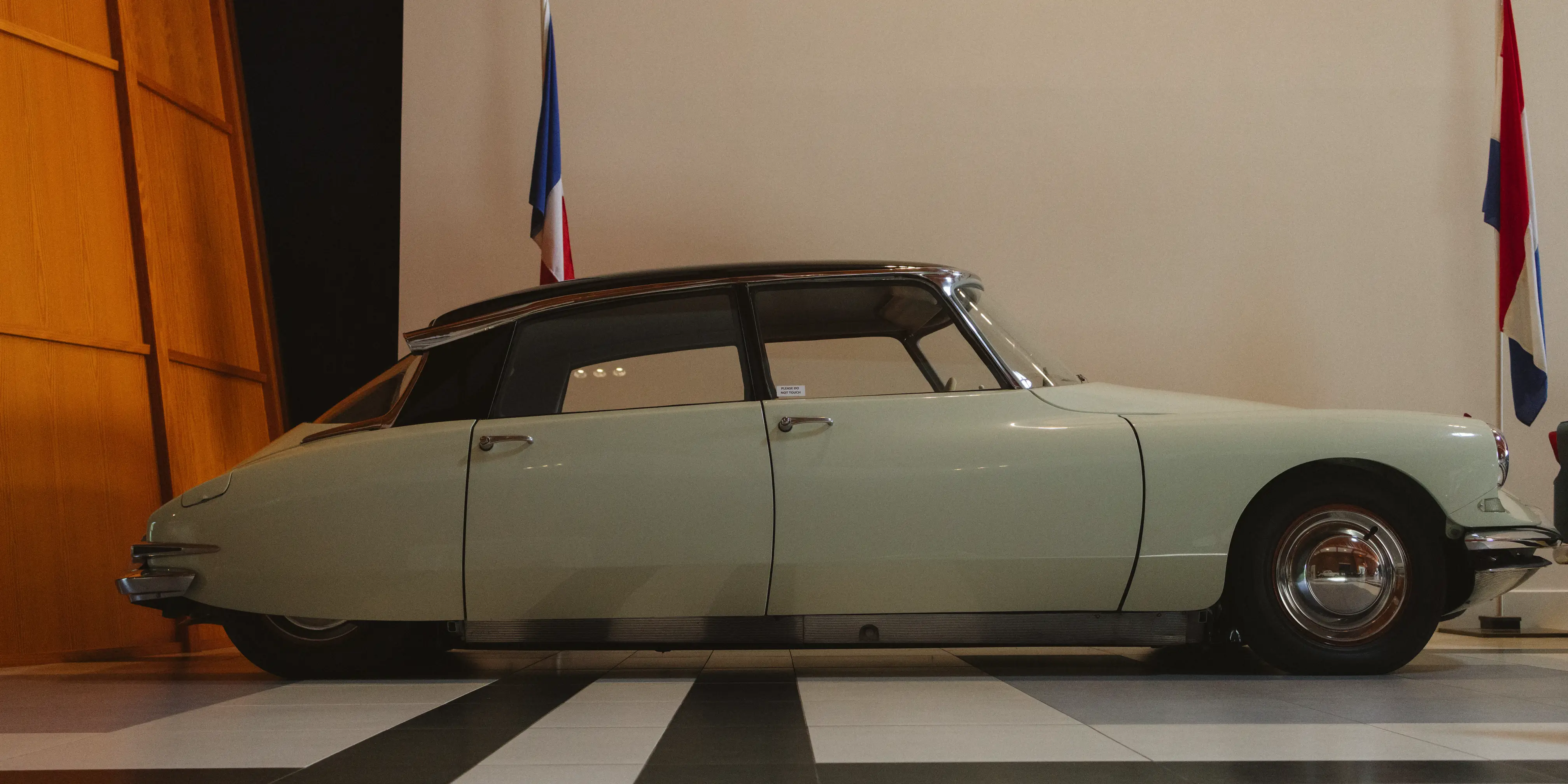

A car that pulled my attention, amongst an entire museum of cars that desperately screamed for my attention, was this Chinese manufactured car, the SH760A. The English sign reads:
The characteristics of old Mercedes-Benz sedans are very evident in this Chinese Shanghai. The lines of the roof and the doors were inspired by the Mercedes ‘Ponton’, a model of the 1950s. Yet this Chinese sedan was produced in the 1980s. The example on display came to the Louwman Museum straight from the factory in 1986 and is completely new. It shows zero mileage and the protective plastic still covers the upholstery. The Shanghai automobile company was established in 1958 and lasted until 1991. The SH760 model, fitted with a straight-six engine also derived from an old Mercedes, was used in China primarily as a taxi or limousine for minor officials of the Communist Party. After this model, Shanghai started assembling various Volkswagen models, including the popular Shanghai Santana.



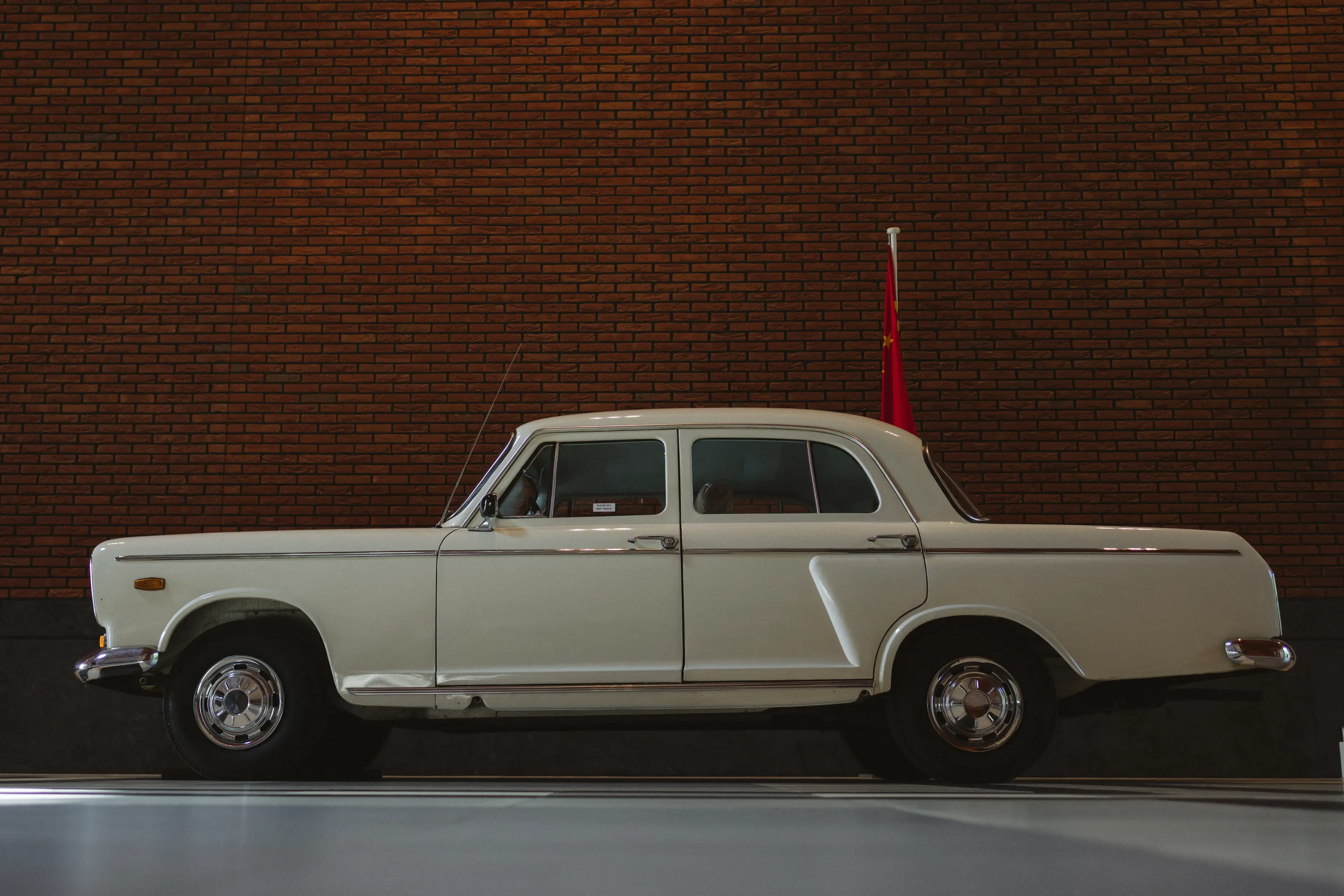

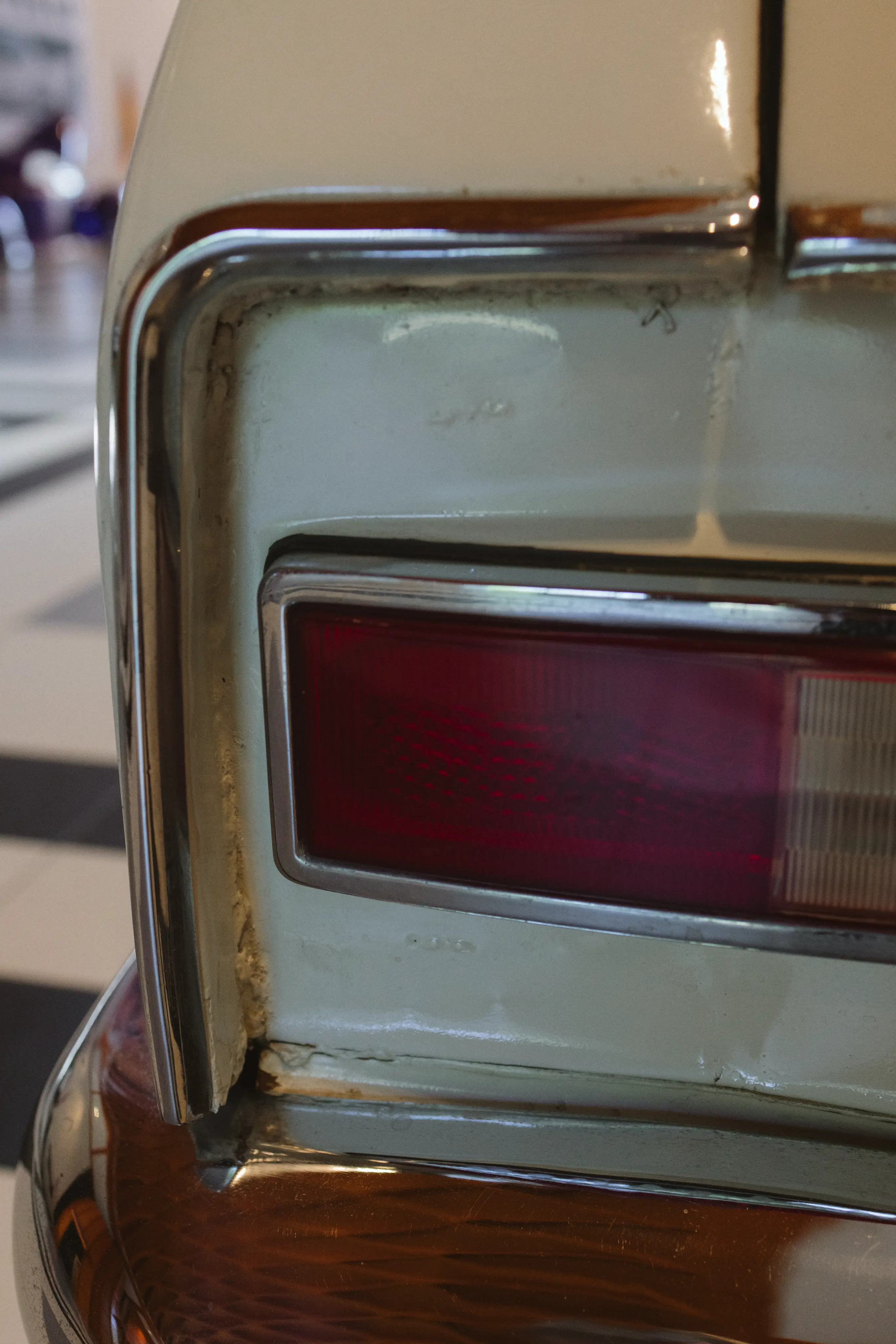
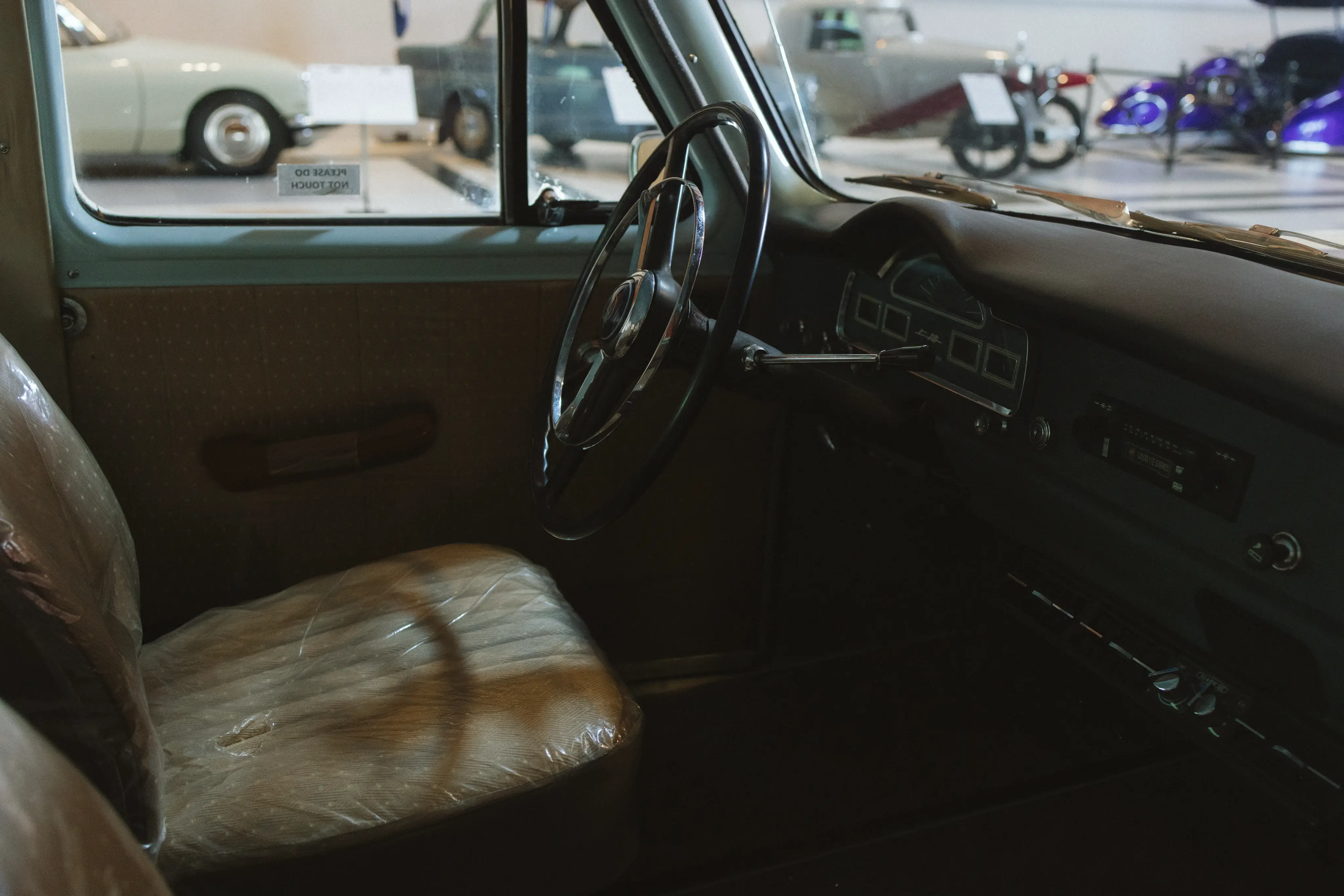
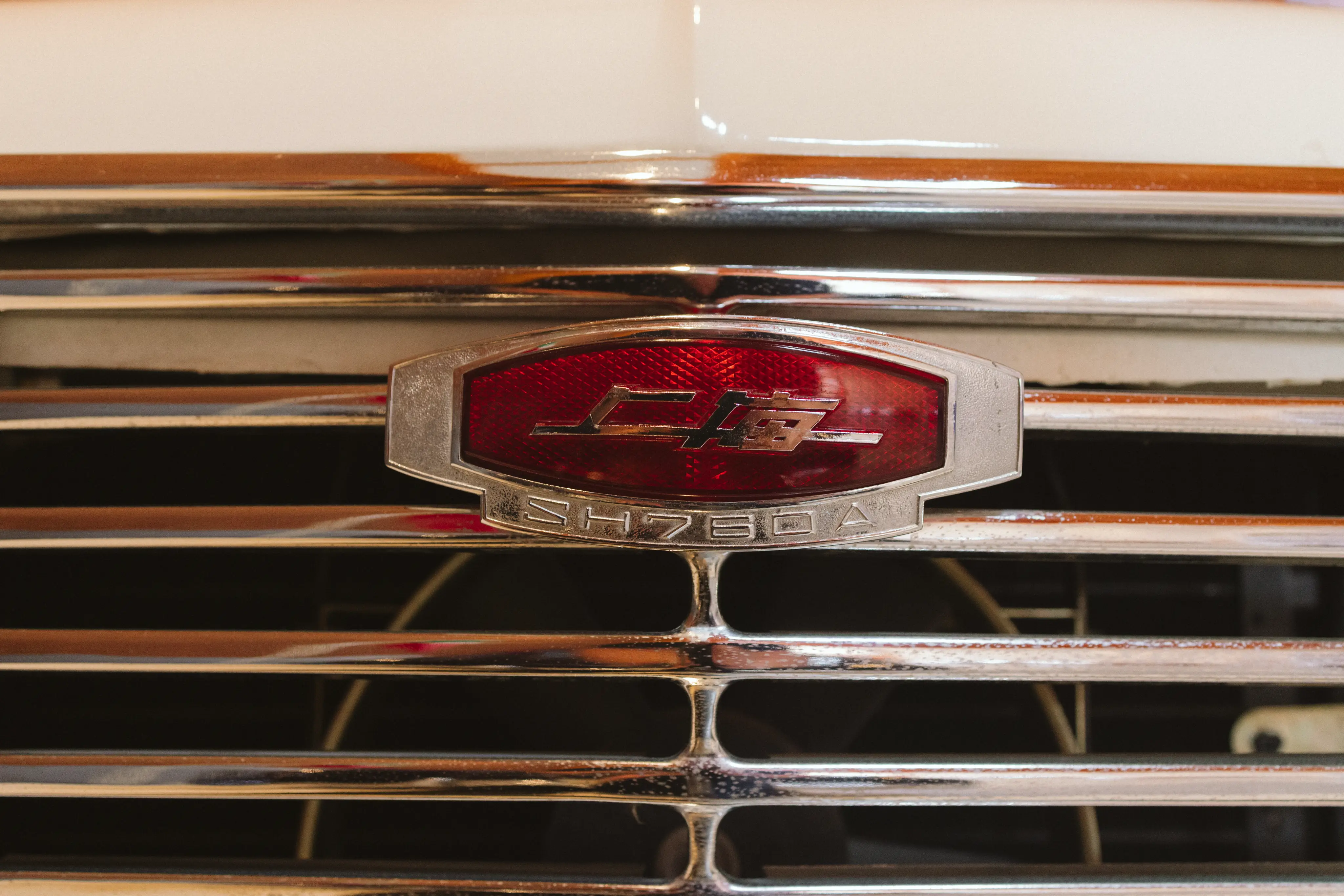
A music festival of one-hit wonders
Here’s my big idea for the day: A music festival of one-hit wonders.
No filler. No B-sides. Just back-to-back greatness.
A full festival, massive stadium PA system, but every song is only the one song you came for.
The band gets on stage, plays their one hit, then gets off stage.
My line-up for a One Hit Wonder Festival:
🎟 One stadium. One song each. No fillers. Just pure one-hit-wonder gold from start to finish.
Make it happen, music industry.
An idea: Chrismania, aka Christmas in July in Tasmania
I was selling my mate, James, on how much I love living in Tassie, discussing how Christmas in Tasmania is lovely weather-wise, but there’s something slightly sad about missing out on Christmas lights because the sun doesn’t set til 9:30pm.
“The only thing I don’t quite love about Christmas down here,” I told him, “is that the sun sets so late that Christmas lights and proper nighttime celebrations don’t really work the same way.”
Then it hit me – Christmas in July would actually make more sense in Tasmania than anywhere else in Australia.
Our winters are properly cold, our mountains get snow, and we can actually enjoy a good drink beside a fire without sweating through our ugly Christmas jumpers.
James looked at me with a glint in his eye and said, “Why not call it Chrismania?”
And just like that, Chrismania was born.
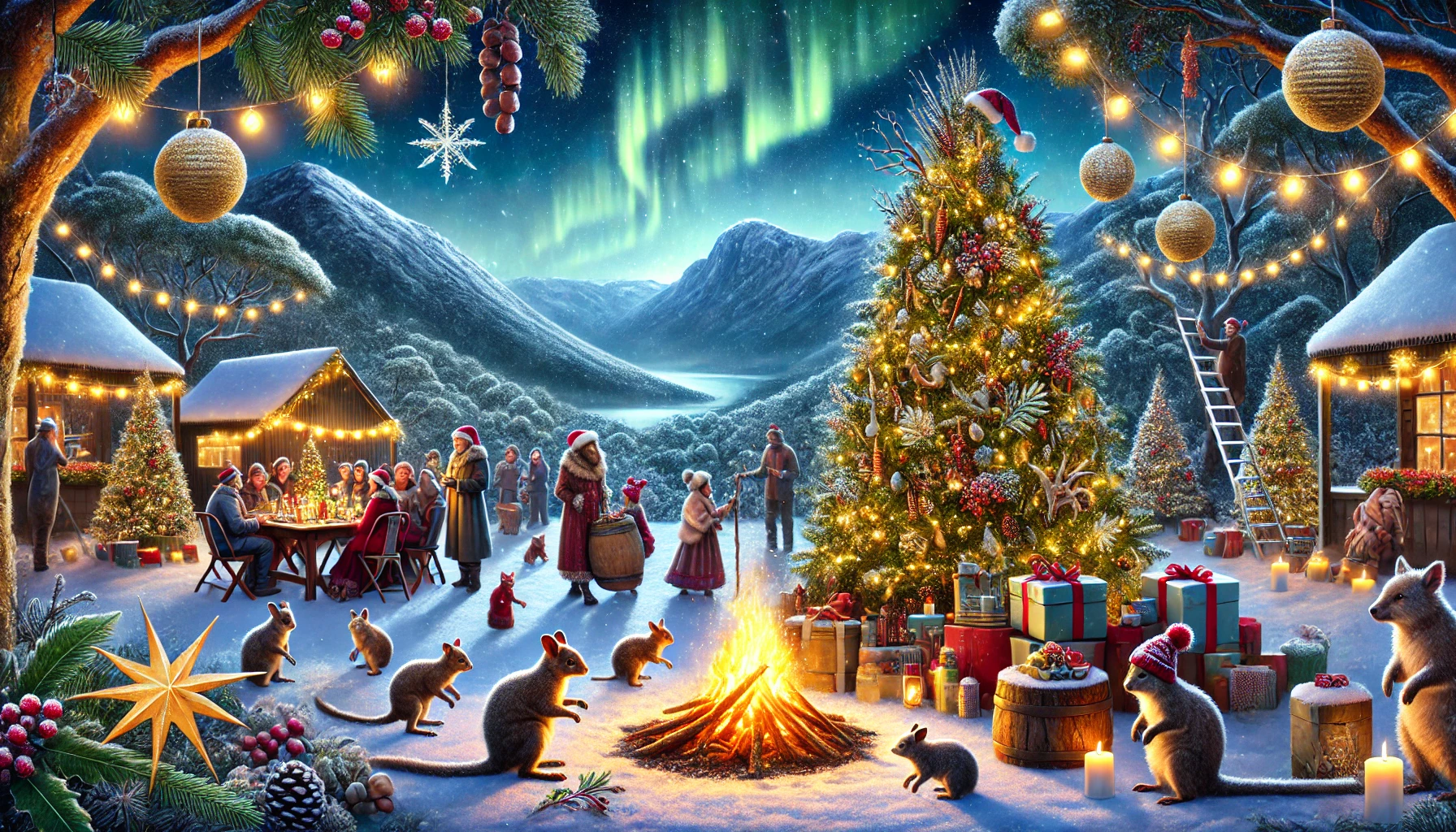
Think about it. All of the traditional Christmas iconography – the snow, the reindeer, the cosy fireplaces, and woolly jumpers – comes from the Northern Hemisphere winter.
Meanwhile, in December, Australians are throwing another prawn on the barbie and hoping the pavlova doesn’t melt before dessert.
But in July? That’s when Tasmania truly shines in its winter glory.
Imagine it:
But Chrismania wouldn’t just be about matching the season to the celebration. It can be about creating something uniquely Tasmanian. This might be something amazing, something to light up the Tasmanian off-season.
While the rest of Australia swelters through forced traditions in December, we can embrace our island’s distinctive winter charm.
We could turn the July school holidays into a time when locals and visitors alike gather to celebrate community, feasting, and light in the darkness – the original spirit of winter festivals anyway.
I can imagine special winter concerts in historic venues, carols and church services, Christmas-themed dinners at our world-class restaurants, and winter markets showcasing Tassie’s incredible artisans.
I’m not suggesting we abandon December Christmas – that’s still family time and our traditional celebration. But Chrismania could be our special addition, our gift to ourselves during the quieter tourist season, a way to embrace our island’s unique seasonal identity.
Though, alongside keeping December Christmas, I will note that December 25 is barely a chance for being Jesus’ actual birth day. Some say it was possibly in June.
Researchers have speculated that the Roman Catholic Church chose Dec. 25 because it ties in with the winter solstice and Saturnalia, a festival dedicated to the Roman deity Saturn. The church could also co-opt this popular pagan festival, as well as the winter celebration of other pagan religions, by choosing this day to celebrate Jesus’ birthday, according to scholar Ignacio L. Götz in his book “Jesus the Jew: Reality, Politics, and Myth-A Personal Encounter” (Christian Faith Publishing, 2019).
Tasmania can be about ceremonies and gatherings that bring people together during our coldest and darkest months. Everyone says Tasmania shuts down over winter, but does it have to?
As someone who creates celebrations for a living, I can see the potential for something truly magical here.
So who’s with me? Could Chrismania become the winter festival that Tasmania deserves? I reckon it’s an idea worth exploring – a celebration that honours both our place in the world and the true spirit of the season.
I’m thinking the last week of the July School Holidays would be amazing.
And if nothing else, it’s the perfect excuse to have two Christmas puds a year. I call that a definite win.
Want to get behind this? I see it being community-led, but I’ll build a website for it and maybe list events that people are hosting.
If you’re going to celebrate Chrismania let me know on email josh@chrismania.au Instagram or Threads.
We don't have to live this way
I’m reading Kirsten Power’s Substack on how life in the USA is not normal, whilst visiting the USA, and I can not only agree, but say that many parts of the thesis apply also to Australia in a uniquely Australian way.
Kirsten:
I began to notice a learned helplessness in the United States, where people don’t revolt at the notion of a college education costing hundreds of thousands of dollars. I wondered why so many people treat it as completely normal that we have GoFundMe campaigns to help people pay for life-saving medical care that their health insurance won’t cover.
I watched as people on social media claimed it was “pro-labor” to tip a person for ringing up your order at a food or coffee chain rather than demanding the multi-millionaire (or billionaire) owner of that company pay their employees a living wage (as is the norm in Europe, where tipping is not expected and the owners of the restaurants and stores are typically not among the uber-wealthy).
I realized there are other places in the world (not just Italy) where life isn’t about conspicuous consumption and “crushing” and “killing” your life goals, where people aren’t drowning in debt just to pay for basic life necessities. There are places where people have free time and where that free time is used to do things they love — not to start a side hustle.
I started to have a dawning awareness that we don’t have to live this way.
Australia might have a semblance of public health care, and tipping was not the norm (how tf is tipping becoming normalized in Australia is beyond me), but Australian society automatically assumes that everyone wants to be in a race to the bottom where we’re overloaded with debt and ambition whilst setting our children up for a life of therapy.
We don’t have to live this way.
Mmm, mmm, mmm, mmm
The story-song by the Crash Test Dummies, ‘Mmm, mmm, mmm, mmm’, played this morning and I decided to - for the first time in my life - examine the song’s lyrics.
It’s essentially the story of three children in not-ideal situations, but not neccesarily bad or negative situations. Not underwhelming or overwhelming. Just three kids in whelming situations.
The first is the story of a boy whose hair is bleached as a result of a car accident. The second a girl with birthmarks on her body. The song then turns on a bridge when it’s revealed that their stories aren’t as bad as the third who has simply “always just gone” to a pentecostal church.
In response Canadian singer Brad Roberts - with that iconic bass-baritone voice - sings ‘Mmm, mmm, mmm, mmm.’
Which I guess is his way of saying, “cool story bro.”
So now, from this day forward I intend to reply to all cool stories with an mmm, mmm, mmm, mmm, and if anyone questions my reply I’ll not acknowledge them with anything but an mmm, mmm, mmm, mmm if it feels appropriate.
I’m just being my best reply guy self.
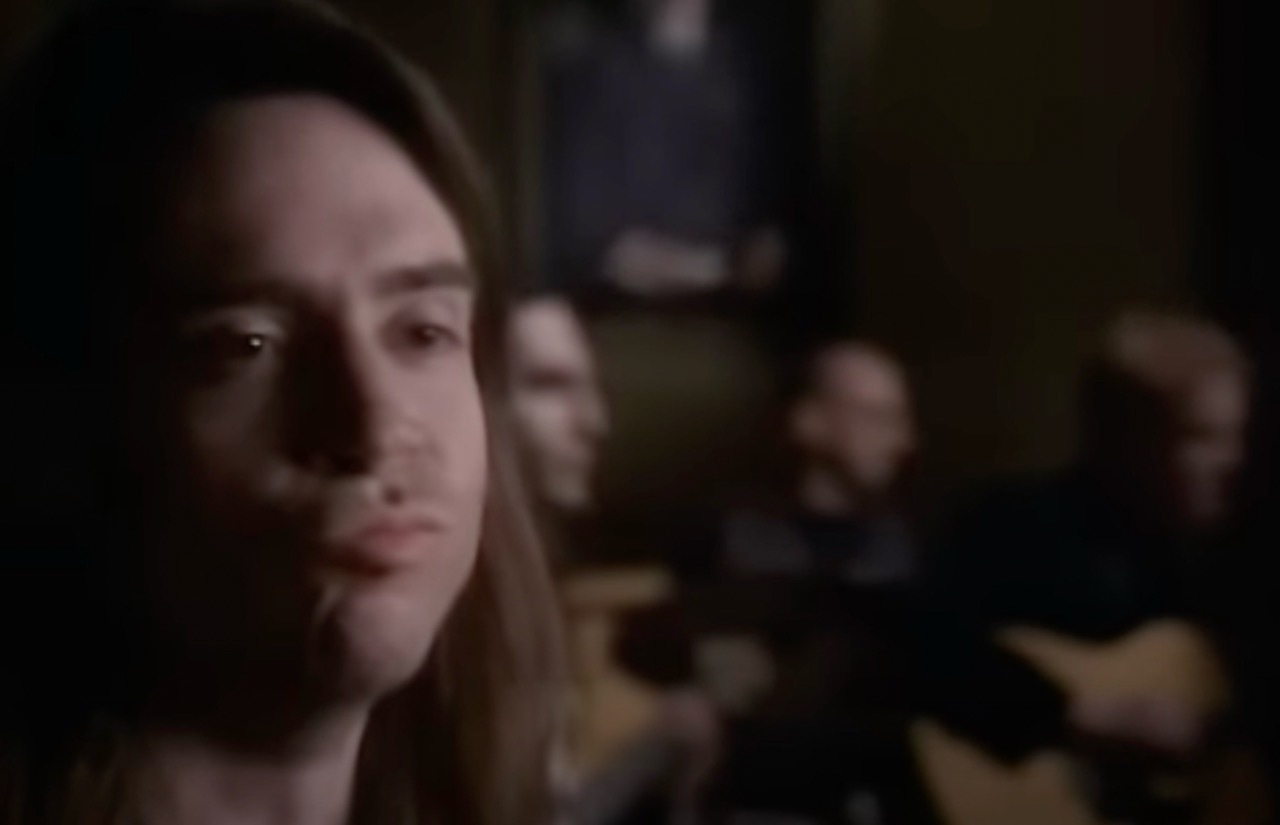
Side note: The Song Facts interview with Brad Roberts explains the heart behind the three stories in Mmm, mmm, mmm, mmm
Well, that was Swell
I made the 4am alarm to catch the 2024 Swell Sculpture Festival before sunrise this morning and as always it was a treat. Something that stood out to me, and I don’t know if it was new this year, but much of the art was priced. Some of the sculptures were on the way to $100,000! If you can create art and put a price on it, and earn that price, then you’re doing a thousand times better than I who simply places his art on Unsplash and Pexels in lieu of doing the hard work of making art that people want, putting a price on it that represents value and effort, and putting it to market. More power to the artists who can exchange their art for good money, society will be better off for it. These are the pieces that captured me, one in particular was interesting, the “Personal Space Elevator”.
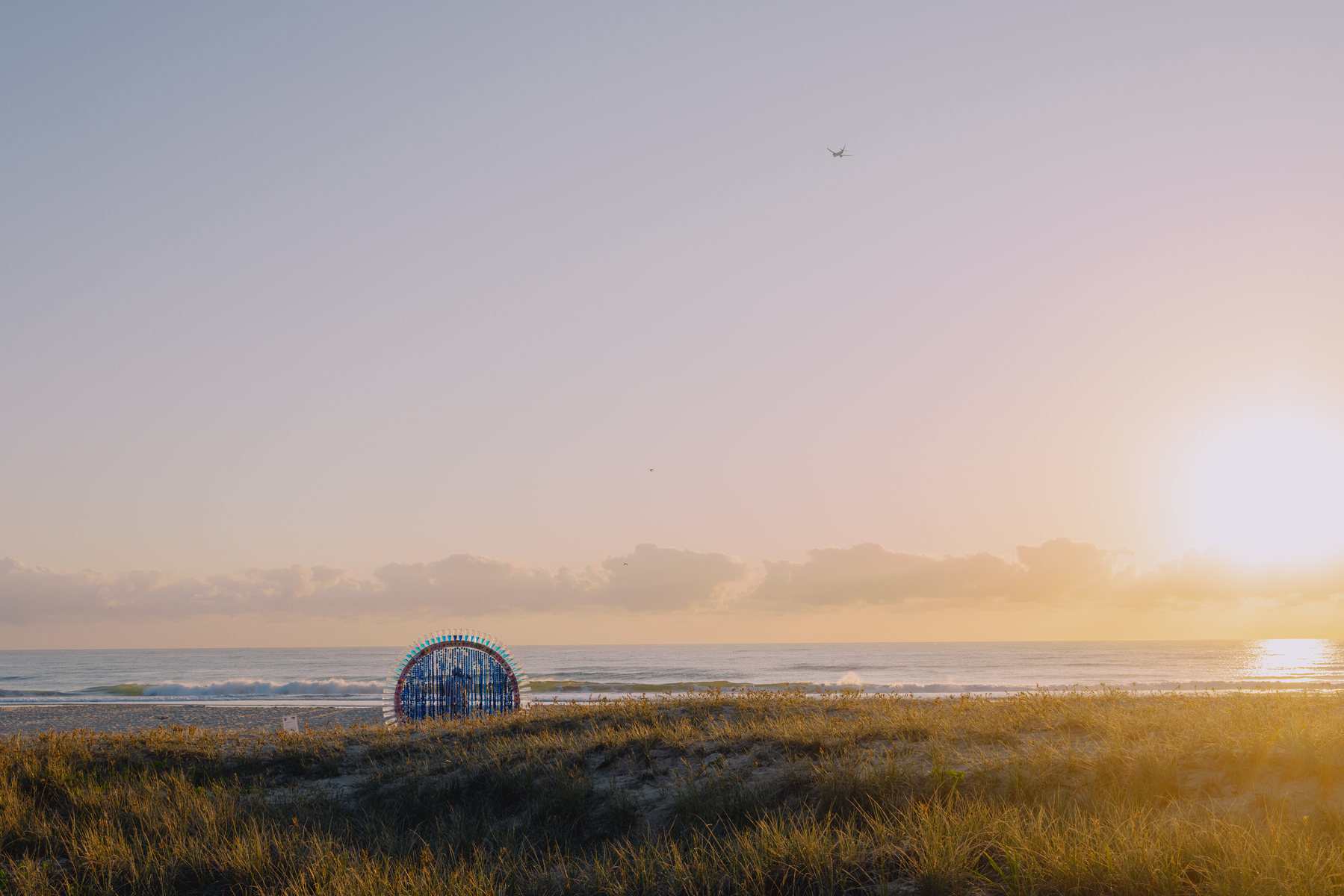
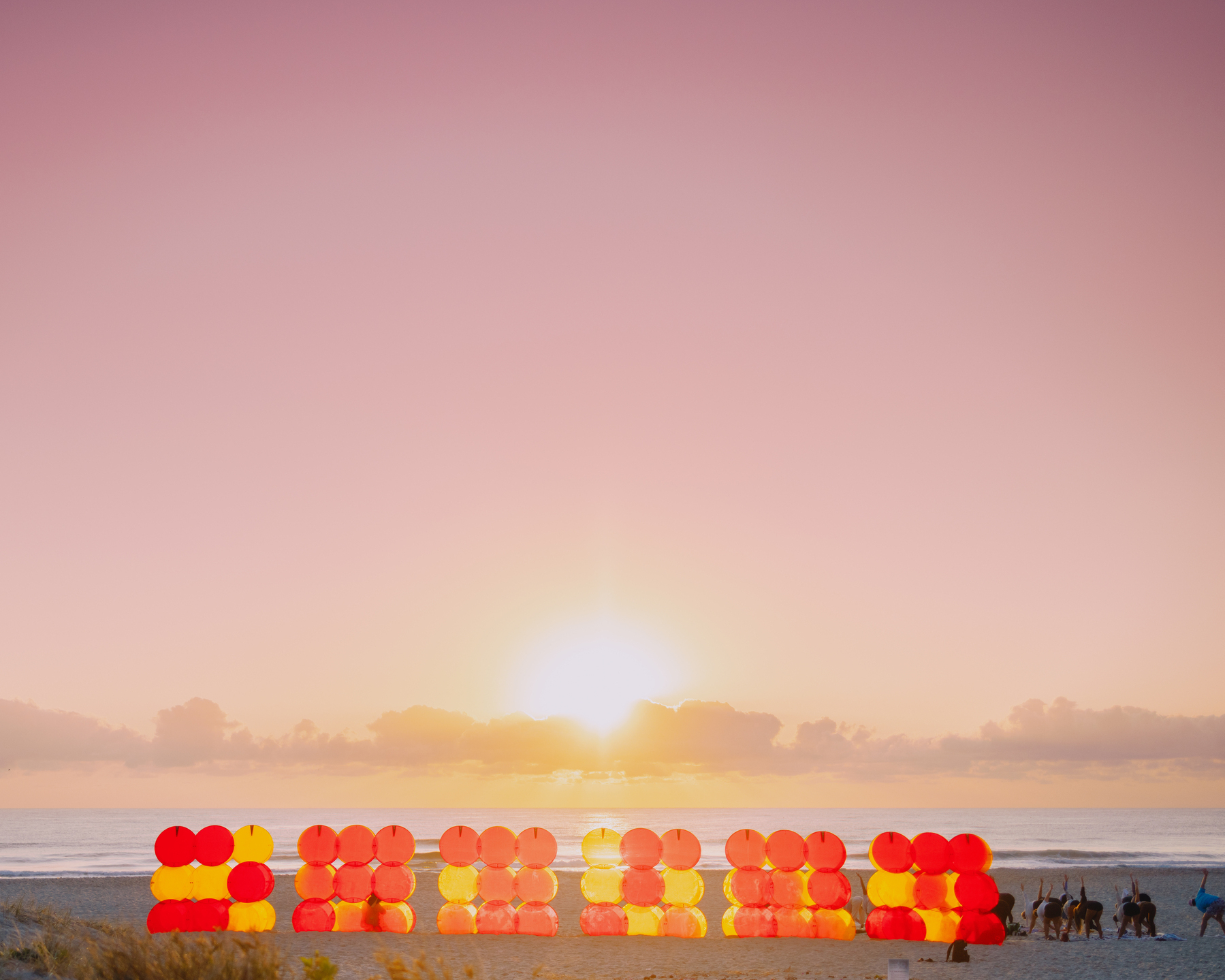
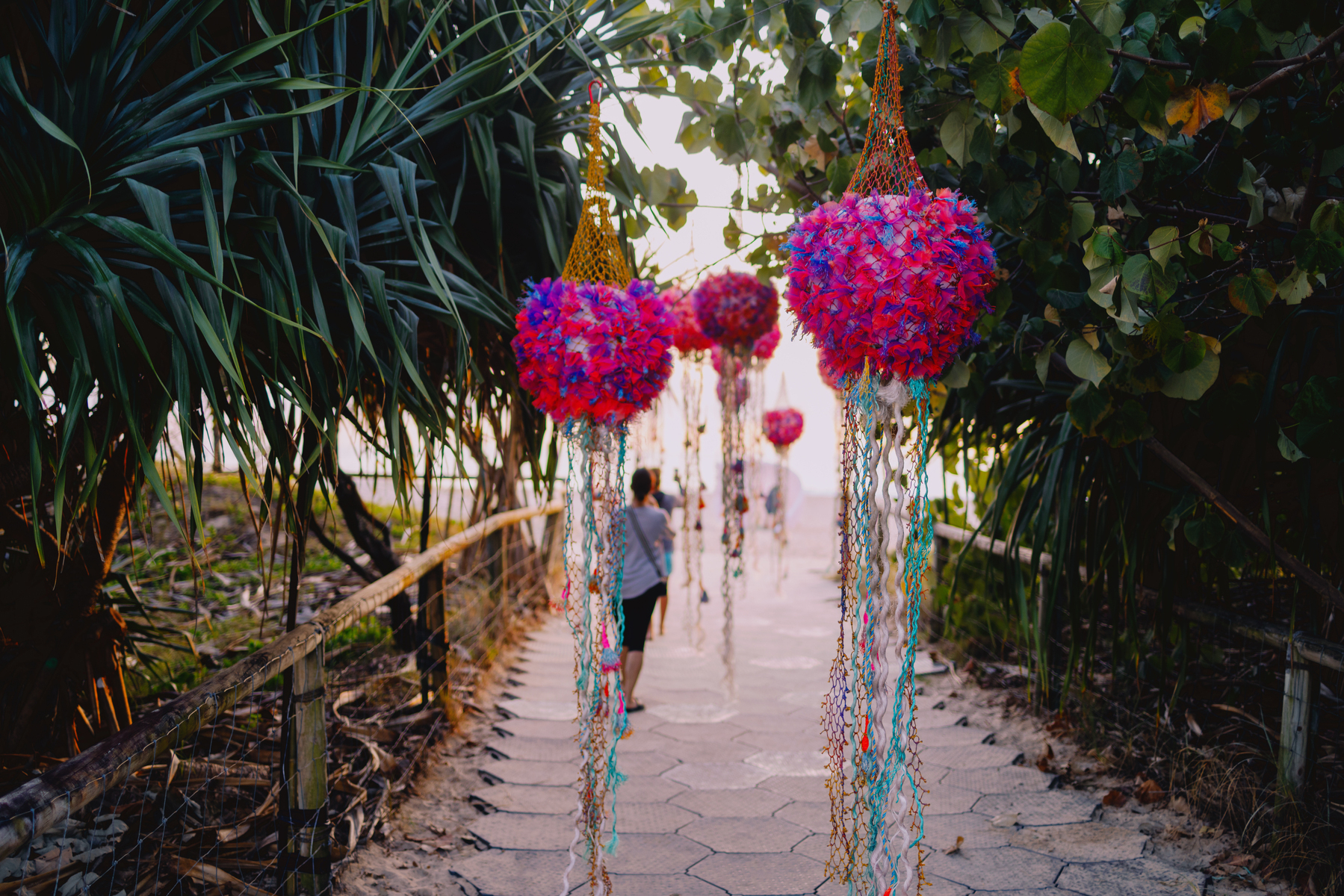
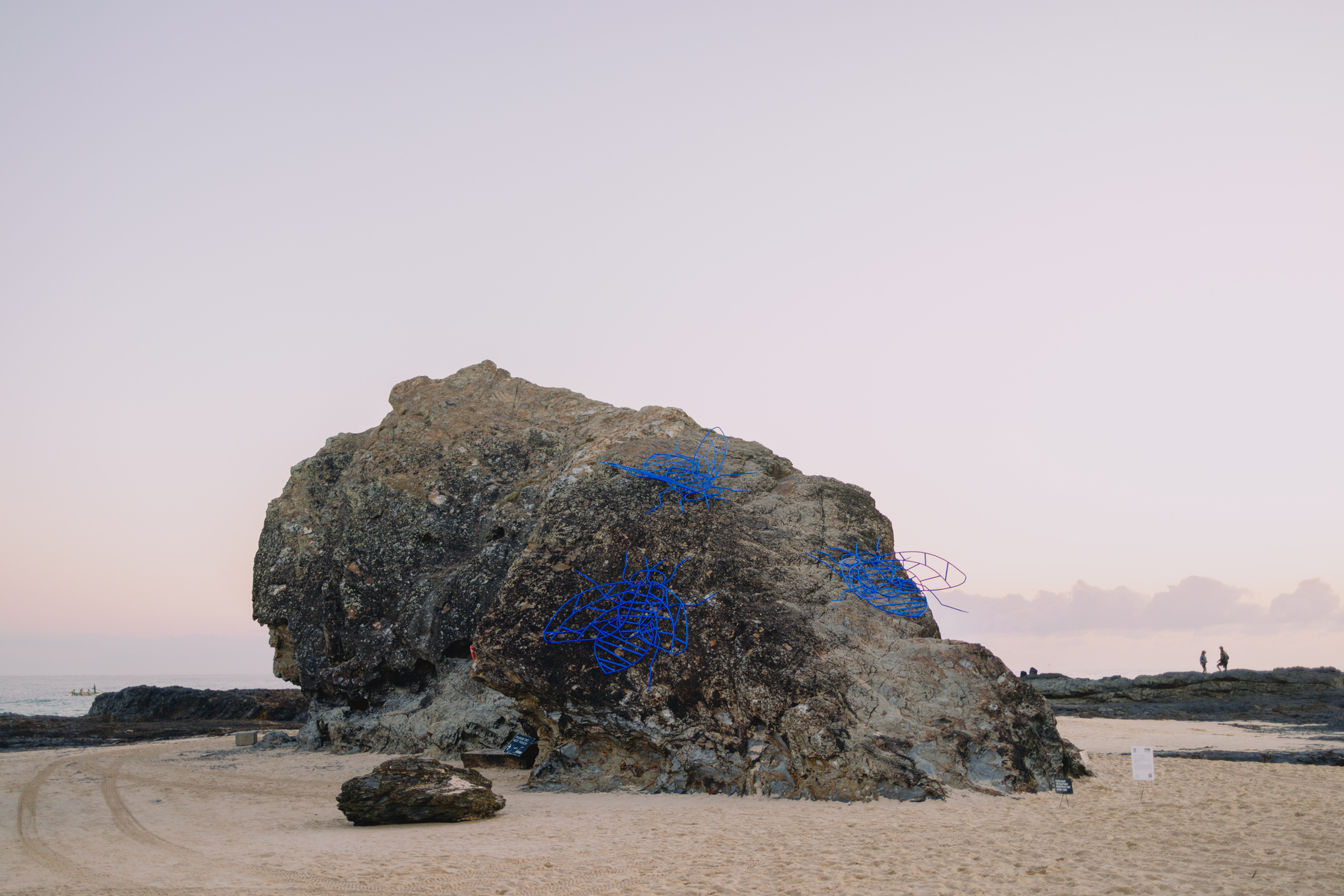
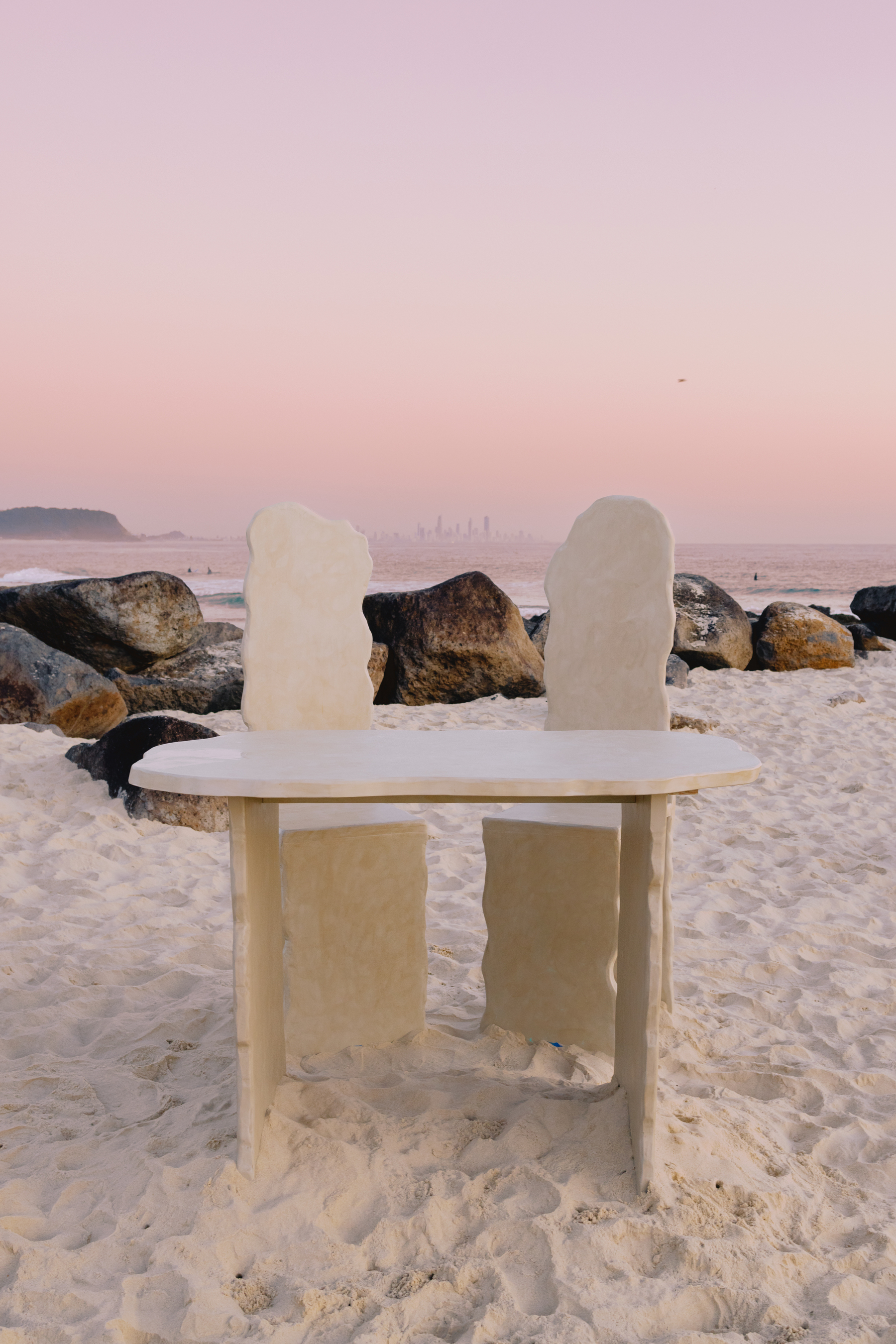
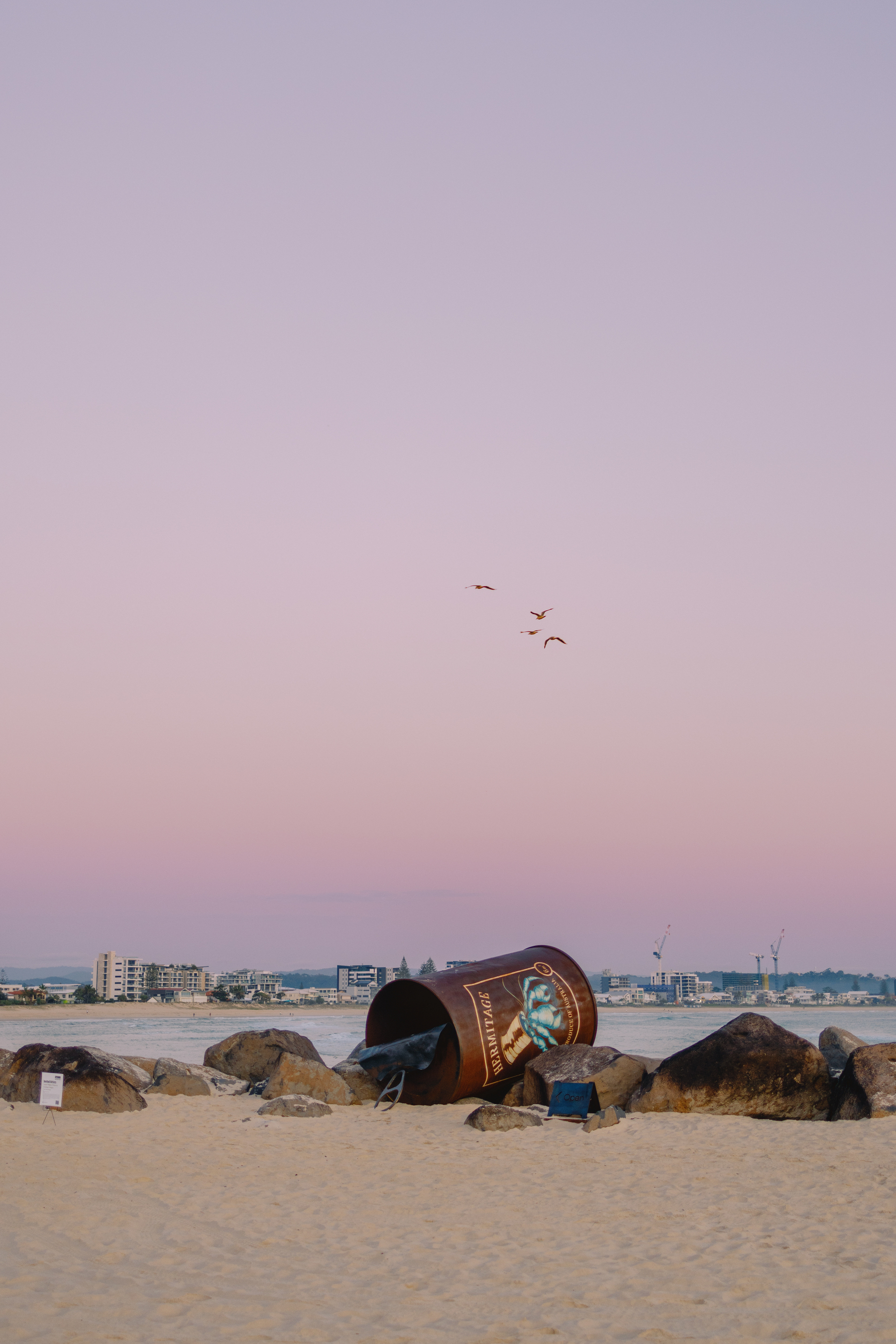
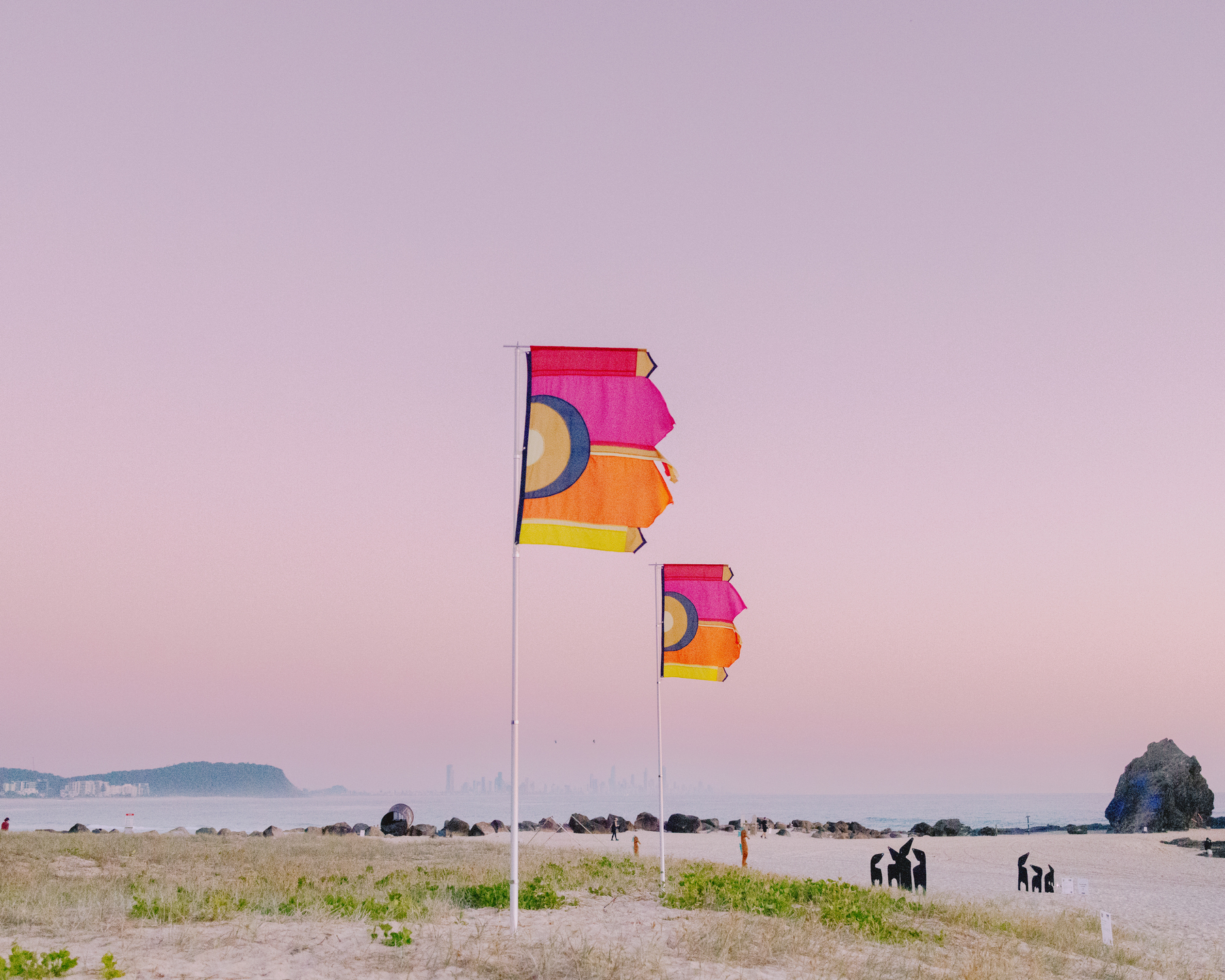

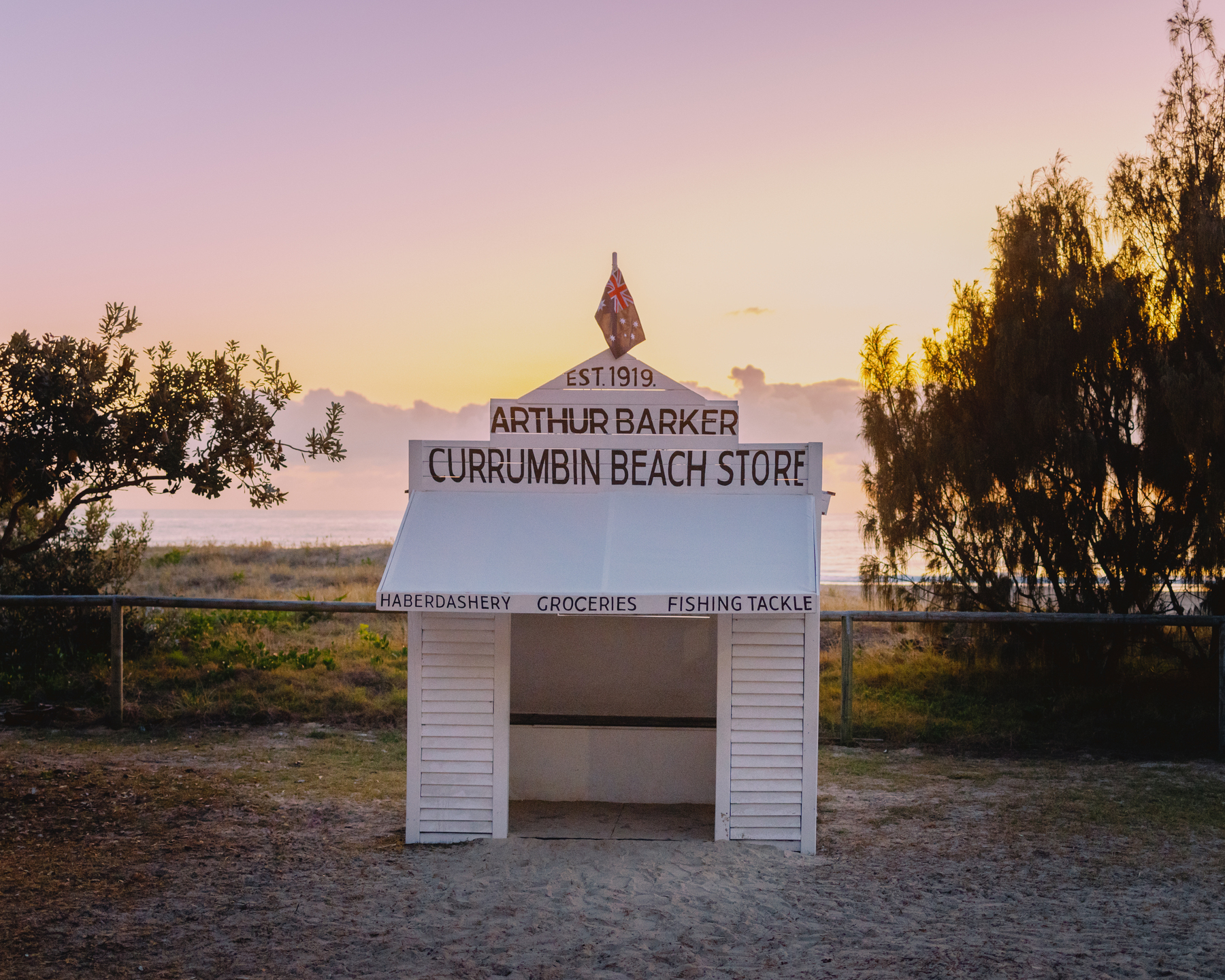

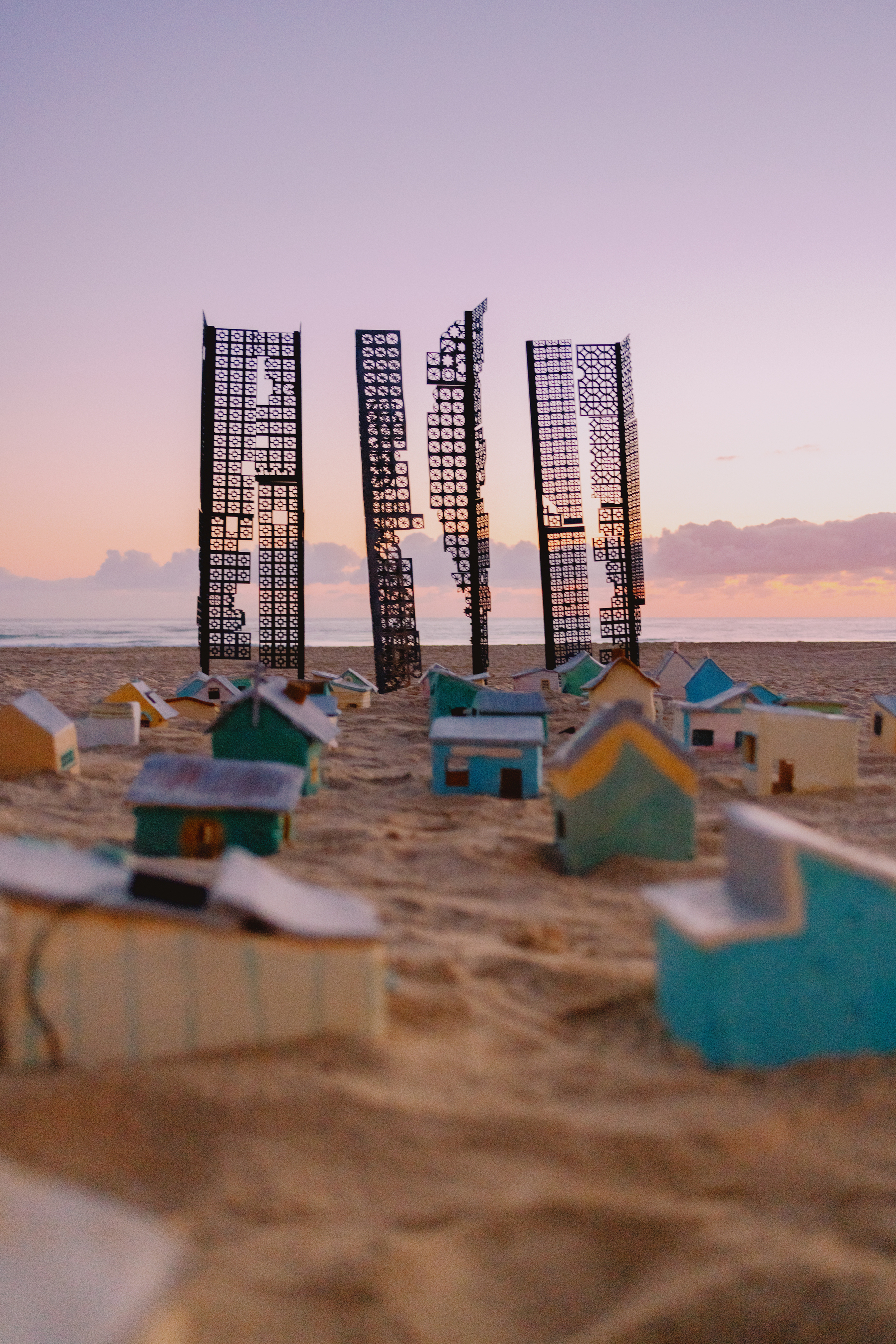
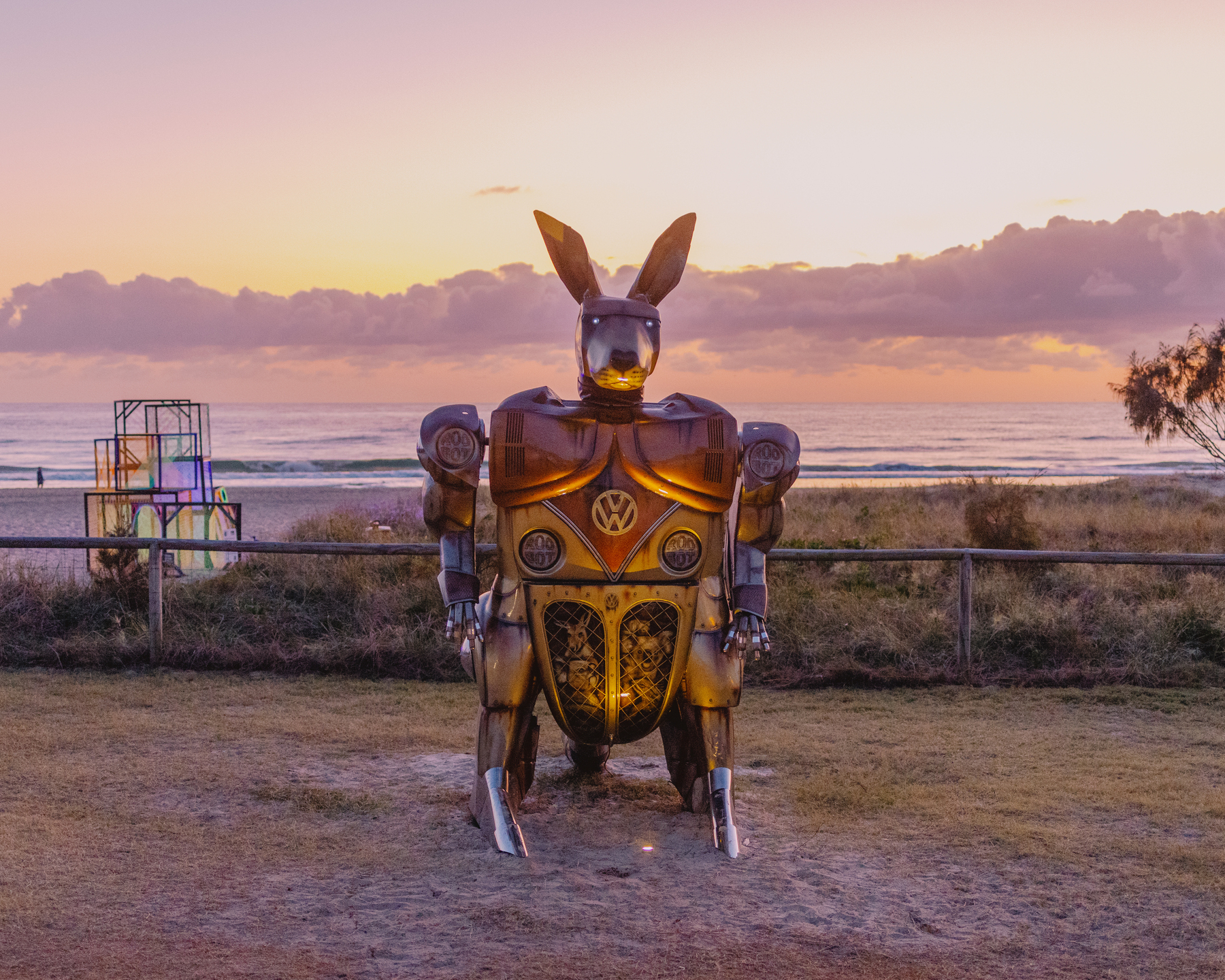

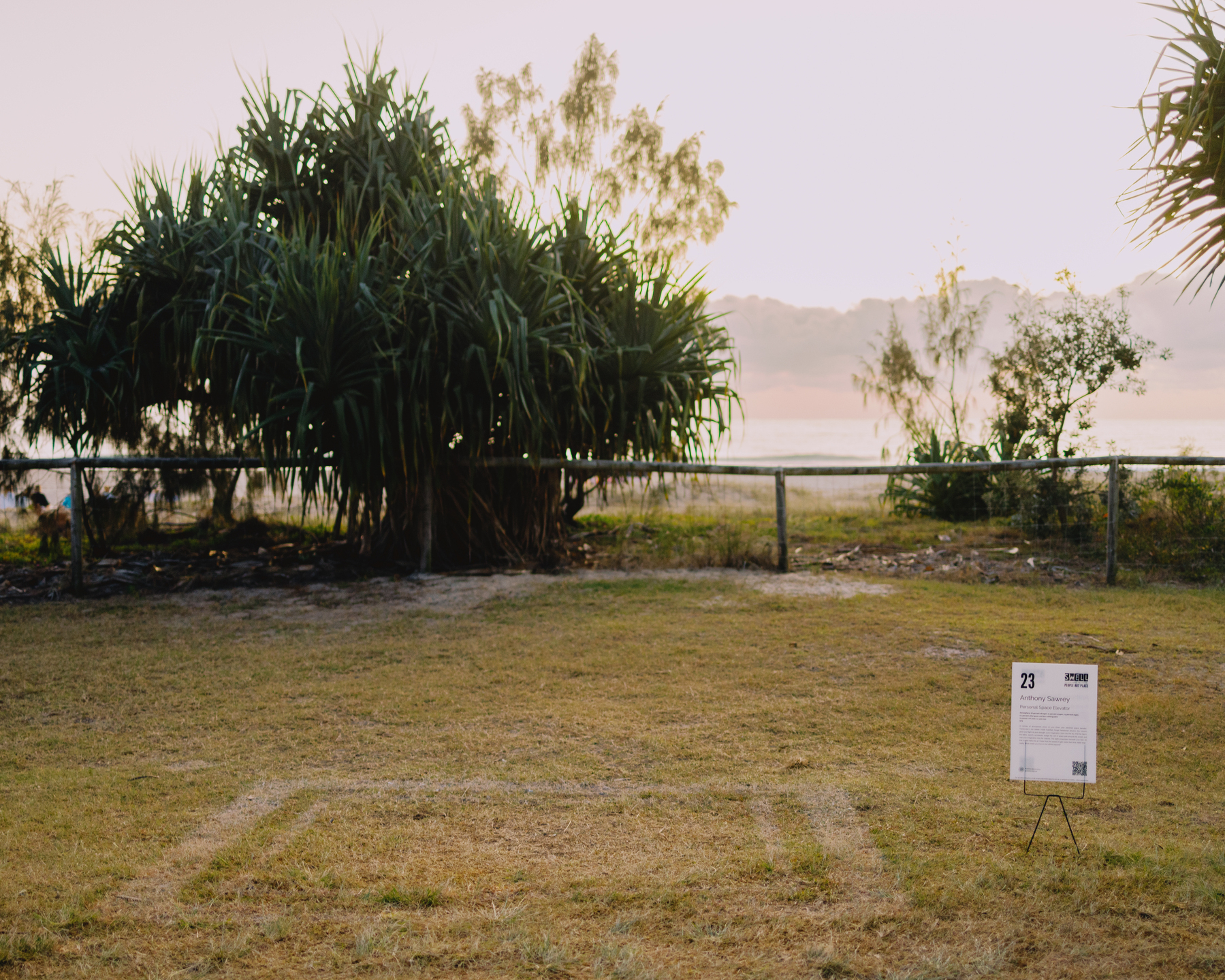
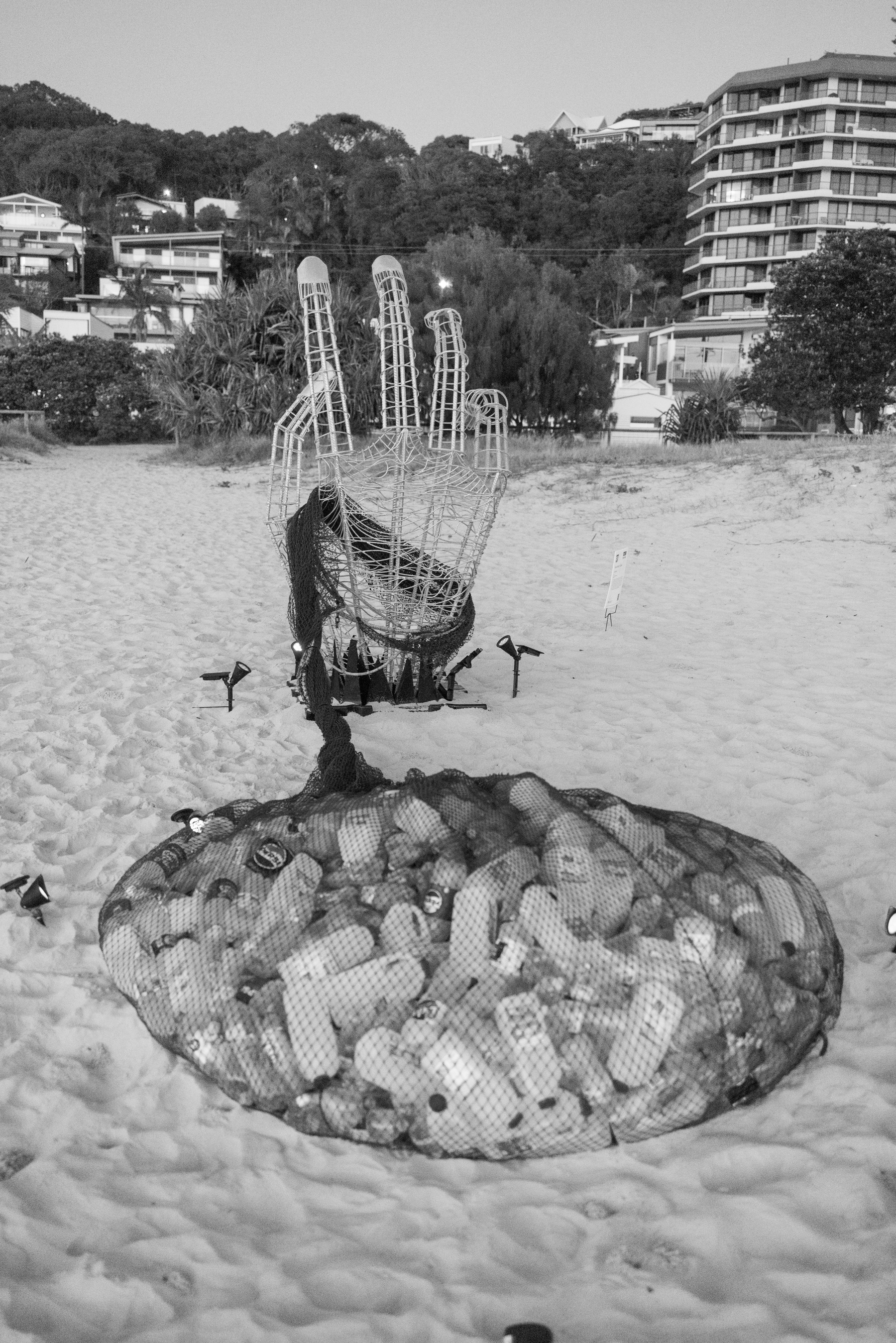
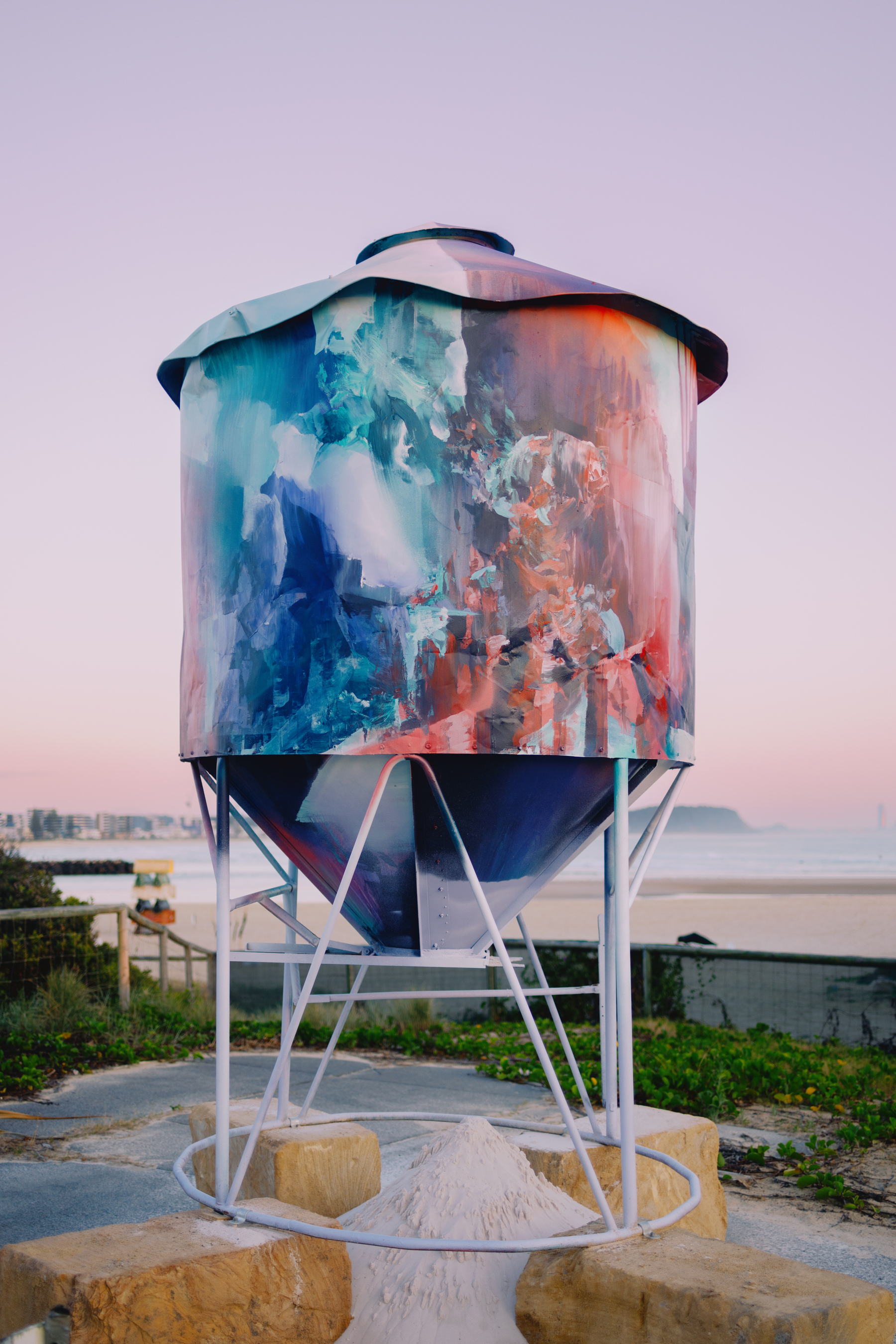
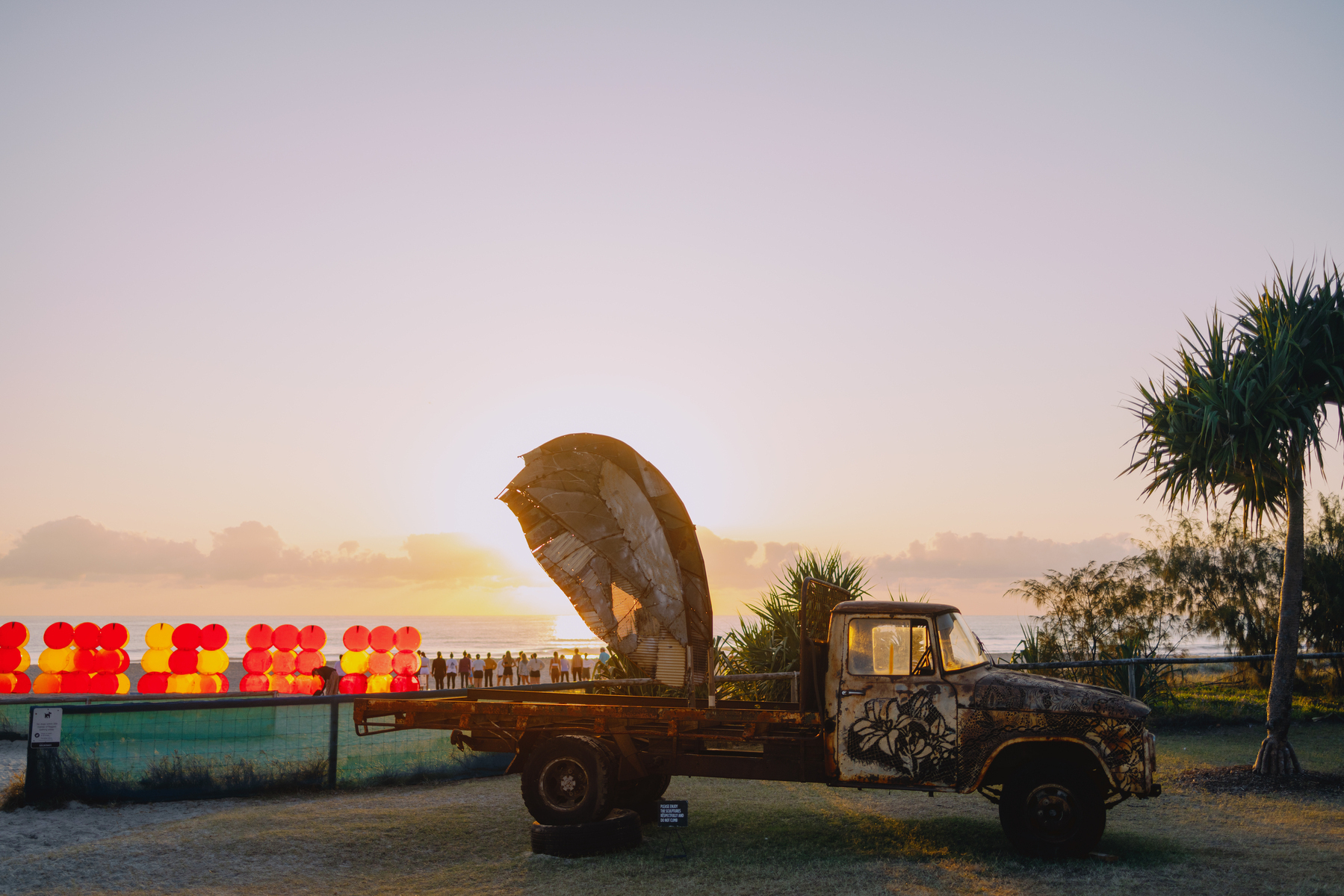

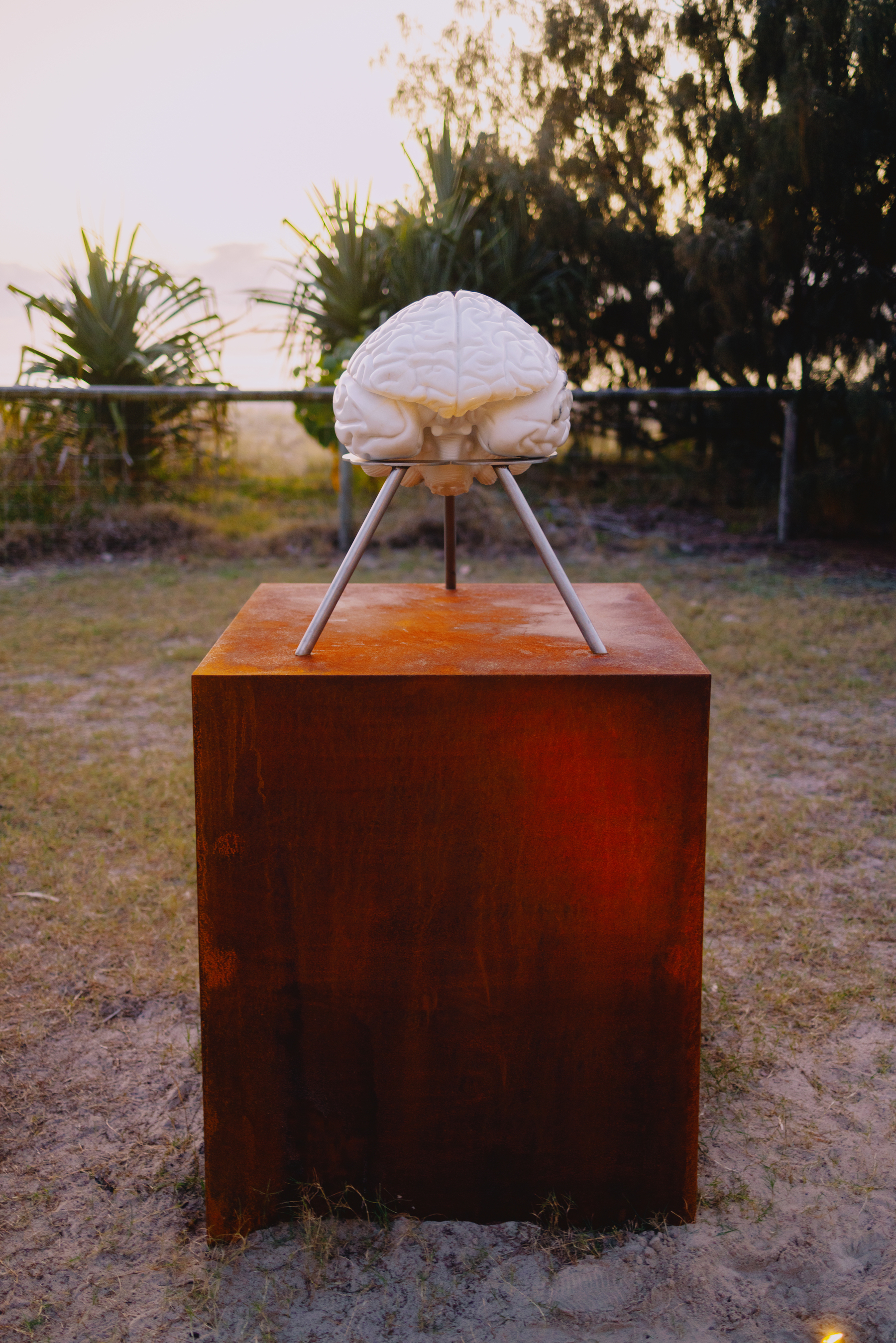

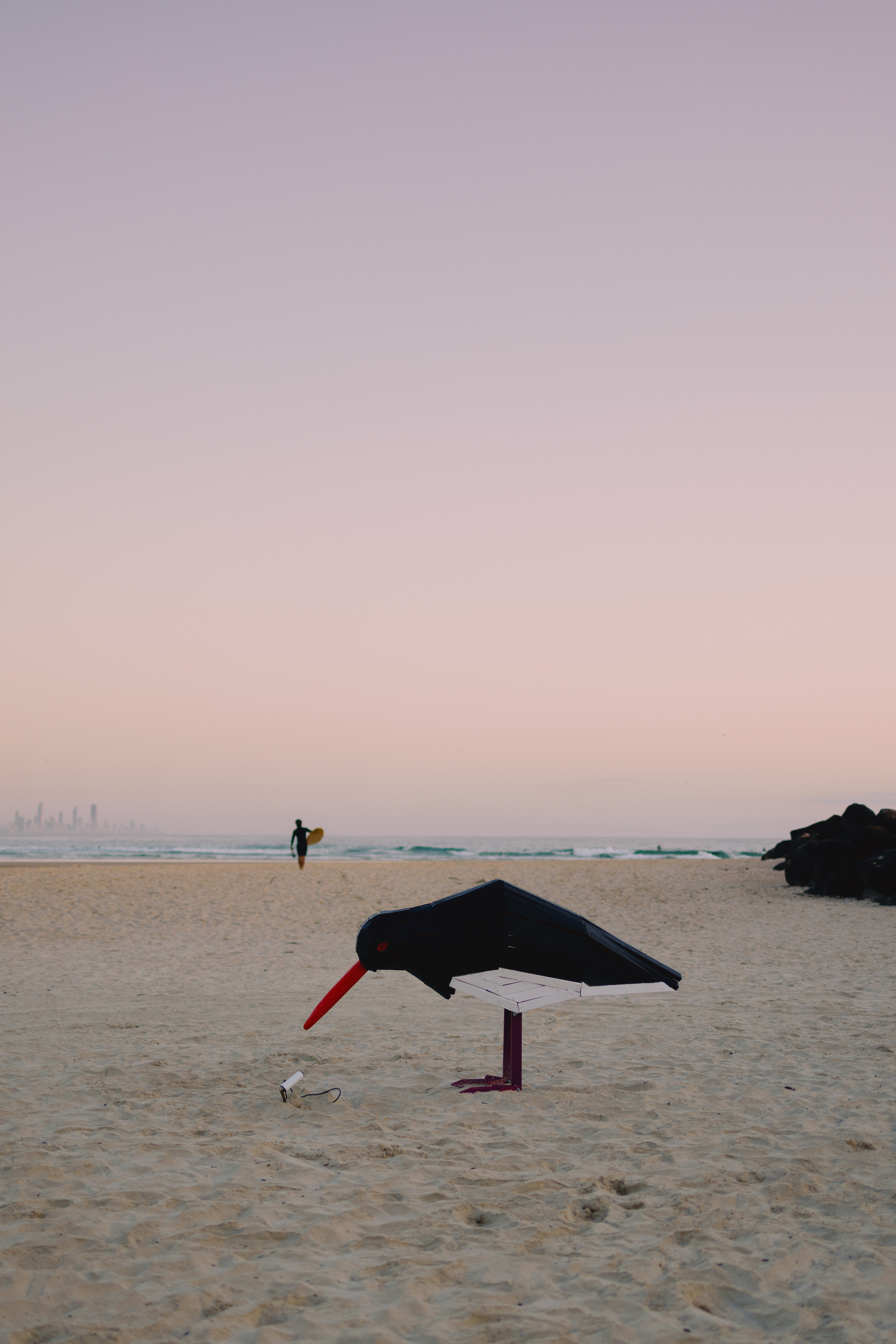

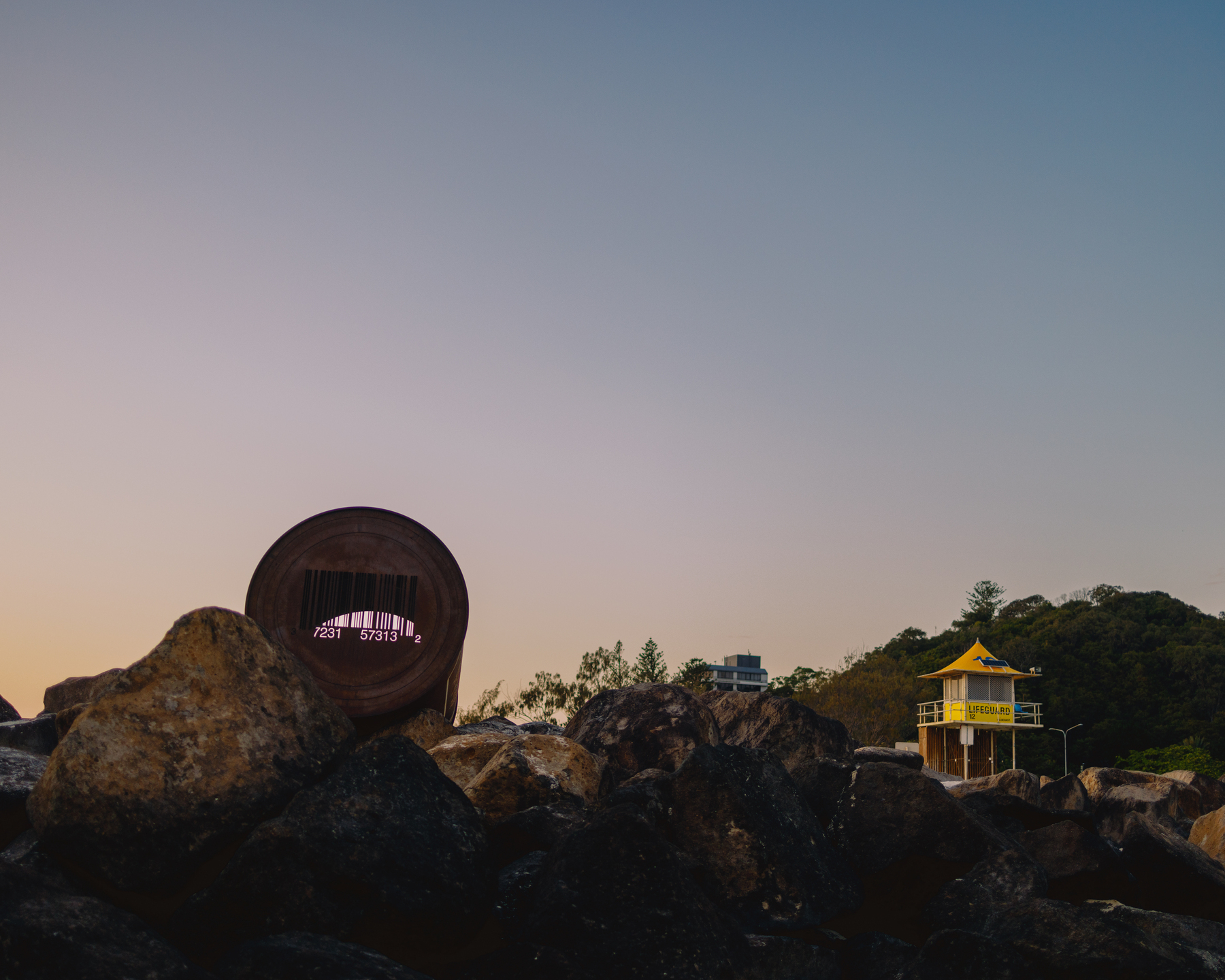
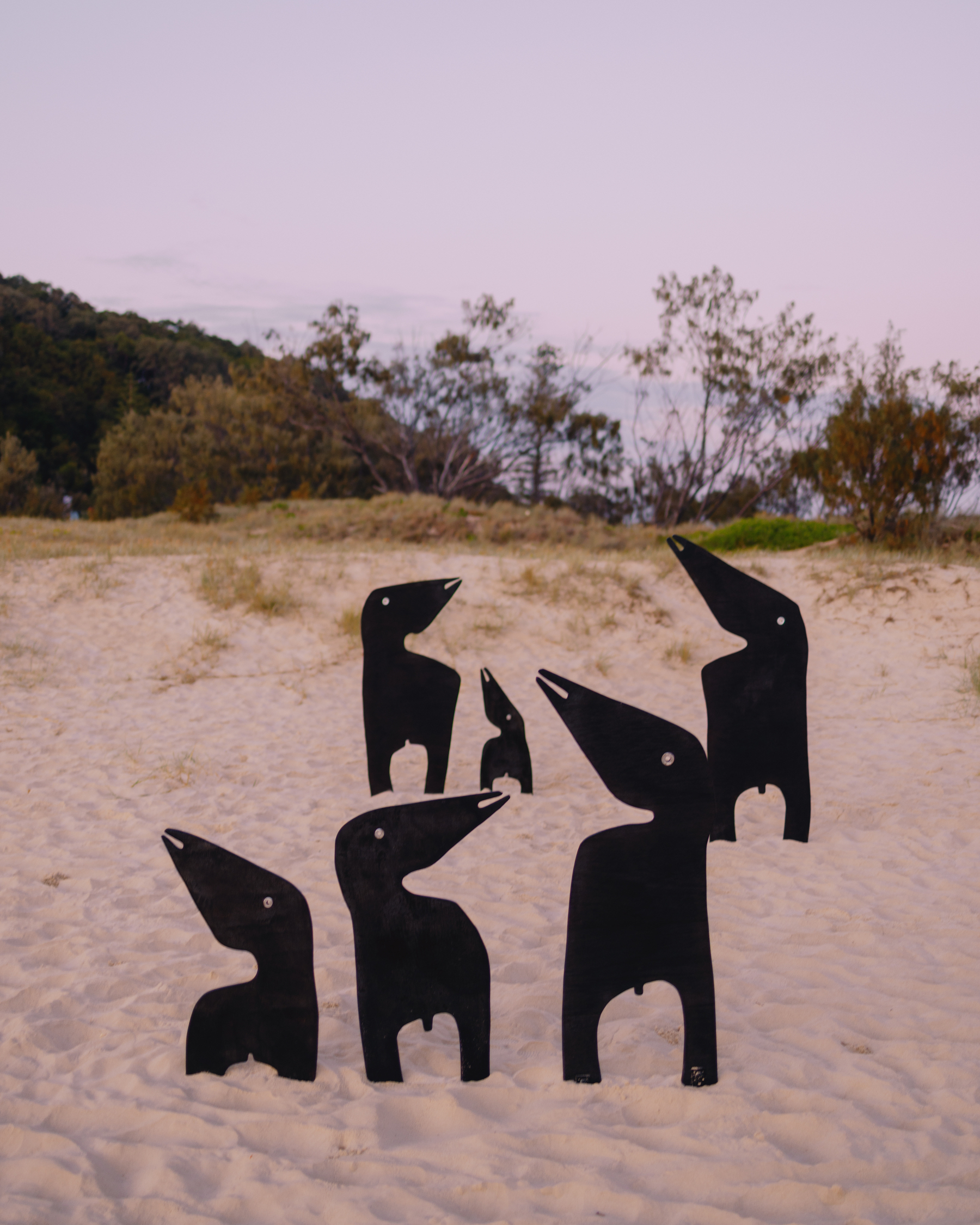
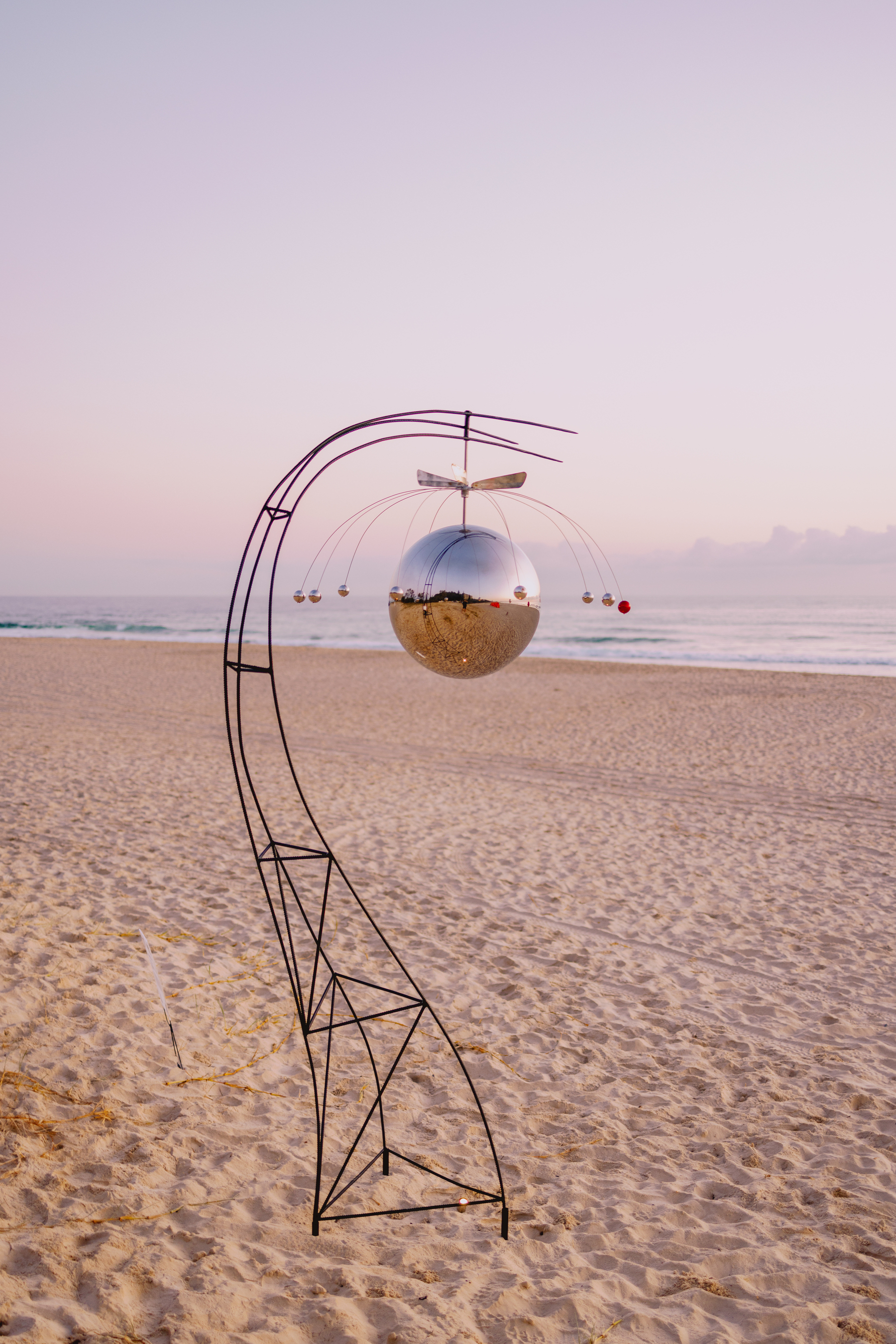
Hallelujah
Hallelujah, Leonard Cohen, and a Pulitzer Prize-winning writer’s suicide, by Yashvardhan Jain:
It took Cohen over four years to write Hallelujah. It was a process filled with agony, writing over eighty verses, stuck in a cycle of writing and discarding. In one of the interviews Cohen gave later in his life, he talks about this torment.
And this which always encourages me in creating my own art:
And Hallelujah, the first song on the LP’s second side, went unnoticed. Nobody cared. It seemed Hallelujah was fated for a quick extinction and would disappear into the void like most music, like a ‘broken Hallelujah’.
The criminalisation of journalism
Julian Assange and the criminalisation of journalism: A story of moral injury and moral courage in New Matilda today:
12th July 2007: Two US Apache helicopters unleash 30mm cannon fire on a group of Iraqi civilians. Two of them are Reuters journalists – Namir Noor-Eldeen and Saeed Chmagh.
Twelve are killed, including both journalists and a passing van driver who stops to help the wounded. The van driver’s two young children, passengers at the time, are severely wounded.
The journalists’ cameras were later retrieved from the soldiers who had seized them. They indicated no evidence of the firefight the US military claimed had prompted the strike.
5th April 2010: WikiLeaks releases a video titled Collateral Murder, confirmed as authentic by the US military. The grainy footage taken from one of the Apaches documents the casual slaughter of noncombatants. You can hear the crew laughing at some of the casualties.
AI, wasted on us old people
You’ve got to be careful when you pull this card, so many in tech pull it too quickly, but you’ve got to reserve the Steve Jobs Card for times when it matters.
I can’t stop thinking about AI - artificial intelligence, not Apple Intelligence - and the original 1984 Mac.
Steve Jobs, age 29, in Playboy magazine (the articles, not the pictures):
It’s often the same with any new, revolutionary thing. People get stuck as they get older. Our minds are sort of electrochemical computers. Your thoughts construct patterns like scaffolding in your mind. You are really etching chemical patterns. In most cases, people get stuck in those patterns, just like grooves in a record, and they never get out of them. It’s a rare person who etches grooves that are other than a specific way of looking at things, a specific way of questioning things. It’s rare that you see an artist in his 30s or 40s able to really contribute something amazing. Of course, there are some people who are innately curious, forever little kids in their awe of life, but they’re rare.
A lot of the people talking about AI today are olds - like me. I’ve been driving around Italy this week hearing my favourite podcasters, and reading my favourite writers, wax lyrical about artificial intelligence, Apple Intelligence, generative AI, large language models, and the like with fear and loathing. Age changes us but it feels similar to my childhood, predominately the early 90s where “olds” were fearful and against the incoming technological change whilst I was so eager to play, toy, and learn.
I think about the earliest stories I’ve read of the 1984 Macintosh being shown to olds but it was the kids that really got it.
Andy Hertzfeld writes about Steve Jobs delivering a Mac to Mick Jagger the weekend before the computer launched:
Fortunately, Mick’s twelve year old daughter Jade had followed Mick into the room, and her eyes lit up when she saw MacPaint. Bill began to teach her how to use it, and pretty soon she was happily mousing away, fascinated by what she could do with MacPaint. Even though Mick drifted off to another room, the Apple contingent stayed with Jade for another half hour or so, showing off the Macintosh and answering her questions, and ended up leaving the machine with her, since she couldn’t seem to part with it.
And then there’s the story from a day or two earlier of Steve Jobs taking a Mac to Sean Lennon’s 9th birthday party where Walter Cronkite, Andy Warhol, and Yoko Ono were in attendance. John Lennon’s son took to the computer right away, but Andy Warhol was enamoured by the machine.
Warhol wrote in his diary that night, “I felt so old and out of it with this young whiz guy right there who’d helped invent it.”
Me too, Andy. Me too. I just try every day to be one of those people who are innately curious, forever little kids in their awe of life.
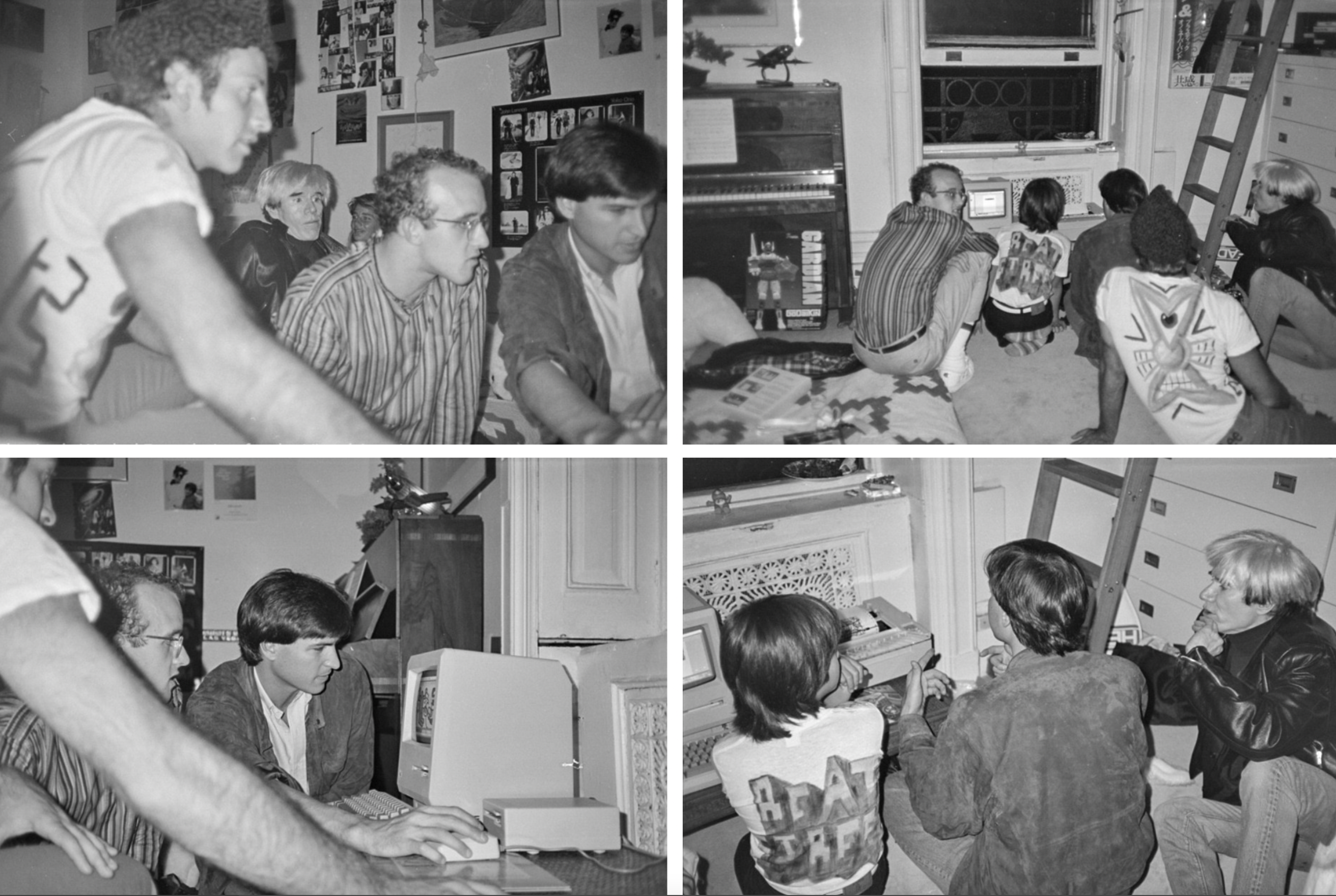
Seven 8ths Torn and the beauty not stored in data centres
Kids, gather round for an Australian TV, culture, and music history lesson.
On Instagram ABC TV’s Rage account posted:
Anyone remember when @abctv used to close down overnight? …. Neither do we 😏 Back before rage took control of the late night silver screen in 1987, this station closer was played out to signify the end of the day’s programming to the tune of Mike Oldfield’s track ‘Wonderful Land’. Another beauty from the rage archives!"
Which is missing an unimportant piece of fact which is linked to an only slightly more interesting story about Australian music.
Back in the old old days ABC TV would close overnight and it would be a number of hours - dependent on day and programming etc - until Rage would start. For the uninitiated, Rage is like MTV in 1982 if it was public access, government-funded, basically no hosts unless there was a band guest-hosting for a few hours. It was just non-stop music videos.
And for those of us (darn youth) who might have stayed up that late at night, ‘waiting for Rage’ became a thing … if you were lazy or had no video tapes to watch or nothing else to do you’d leave the TV on waiting for Rage to begin in silence with nothing on the screen.
This lead to the bad Seven 8ths Torn self-titled album final track called “Waiting for Rage!” which was something like 16 minutes of silence.


And yes, I am contemplating spending $44 just to buy this album on eBay, the listing from which I grabbed those images, it’s potentially the last remaining copy.
I say all that to say this, that Seven 8ths Torn left an impact on my youth, I saw them live at a local sound shell in a park, and it’s kind of amazing that they exist in like two places on the Internet now and one of them is an eBay listing. There was a whole Triple J Unearthed series in the 90s and it doesn’t exist online, like anywhere I can find. Triple J Unearthed held a live in-person music competition at the Canelands Sound Shell and according to what I can find online that event never occurred.
Some of my favourite albums I still listen to today don’t exist online.
It’s just kind of wild how much knowledge, culture, wisdom, art, truth, beauty exists outside the realms of Californian data centres.
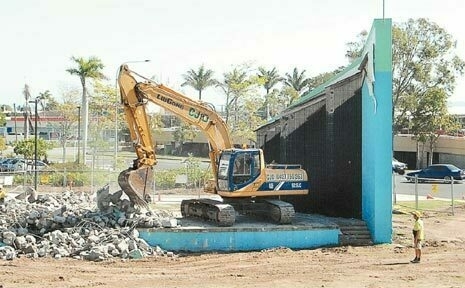
The Canelands Sound Shell in Mackay, Queensland, being demolished in 2009
The Frequent Vower Card
For the first time in the world I’m launching a wedding loyalty card, the Frequent Vower Card!
How often do you get married and at the end of the #wedding you go “is that all?!”
Now you can get married again, and again, and again, and again, and again with the Josh Withers Frequent Vower program and every fifth wedding is free! Only redeemable on April 1st.
Go to frequentvower.com for more information.
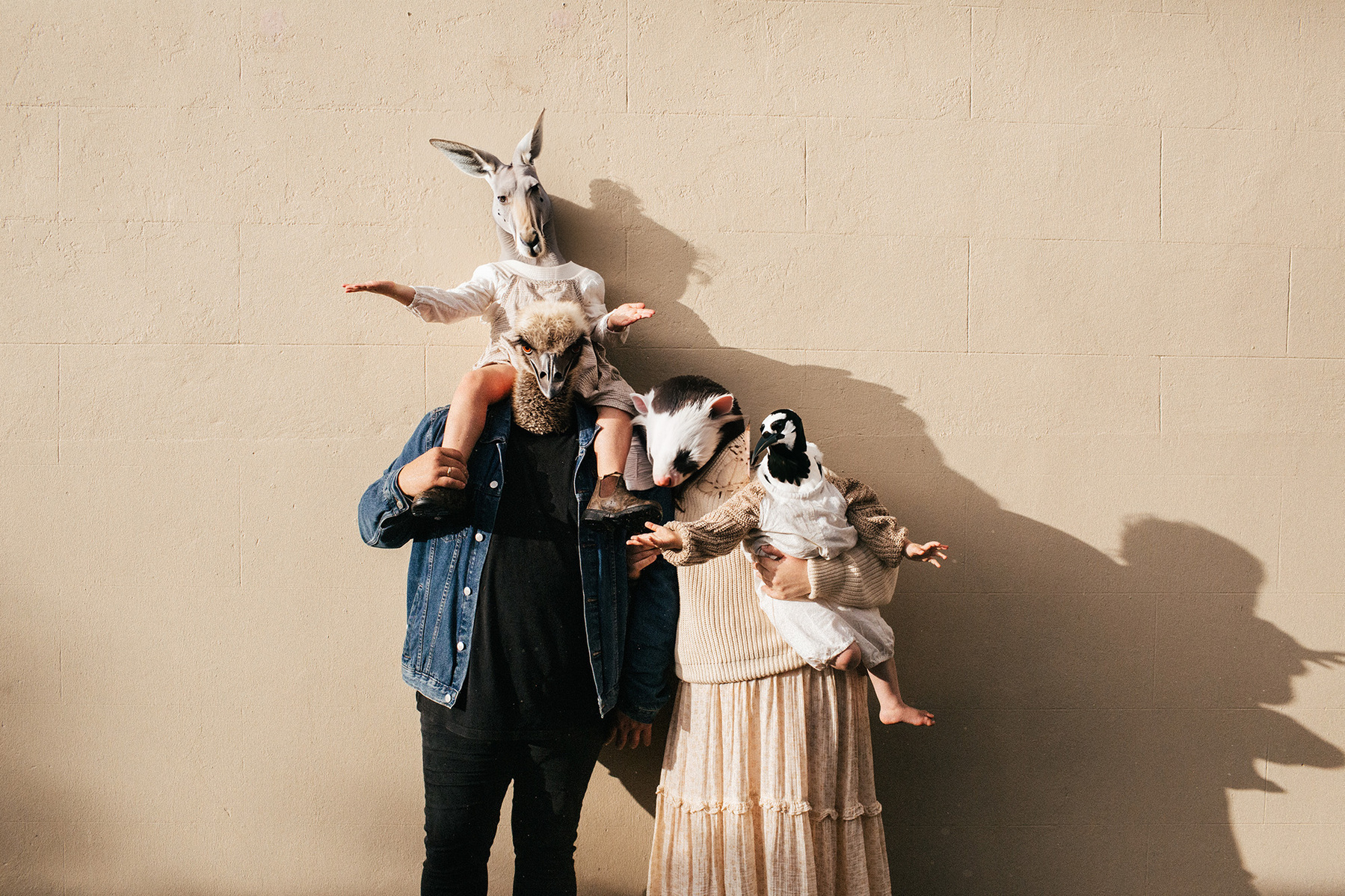
Like many amateur photographers, I do occasionally experiment with editing. I wanted to express my apologies for any confusion the family photograph we shared yesterday caused. I hope everyone celebrating had a very happy Mother’s Day. J.
Listen to Really Specific Stories
Linking to, sharing, telling people about podcasts is a hard problem to solve. If only because I personally do most of my listening while driving.
So I was reminded this morning to link to a project and podcast I’ve been really enjoying, @martinfeld’s Really Specific Stories.
Really Specific Stories is a part of a broader PhD project, in collaboration with Dr. Kate Bowles and Dr. Christopher Moore at the University of Wollongong. Each episode includes an interview with a producer or listener from a selected tech podcast case study and uses the qualitative method of narrative enquiry to uncover their experiences. Down the line, responses from each interview will be included in a final PhD thesis.
They’re all good, and this probably speaks more to my specific brand of nerdery than the quality of the episode, but I’ve personally enjoyed @gruber’s episode, Marco Arment’s, john Siracusa’s, Stephen Hackett’s, Casey Liss’s, Manton Reece’s, Daniel Jalkut’s, Jean Macdonald’s, and Andrew Canion’s episodes .. that said, they’re all great recordings about a very specific time in history, the time that tech podcasts became a thing.
Designing the iTunes Music Store: "Refer to the main.psd"
This is a really insightful read by Michael Darius behind designing the iTunes Music Store, wrapping up on the video at the end though, really amazing that an entire genre of store no-longer exists.
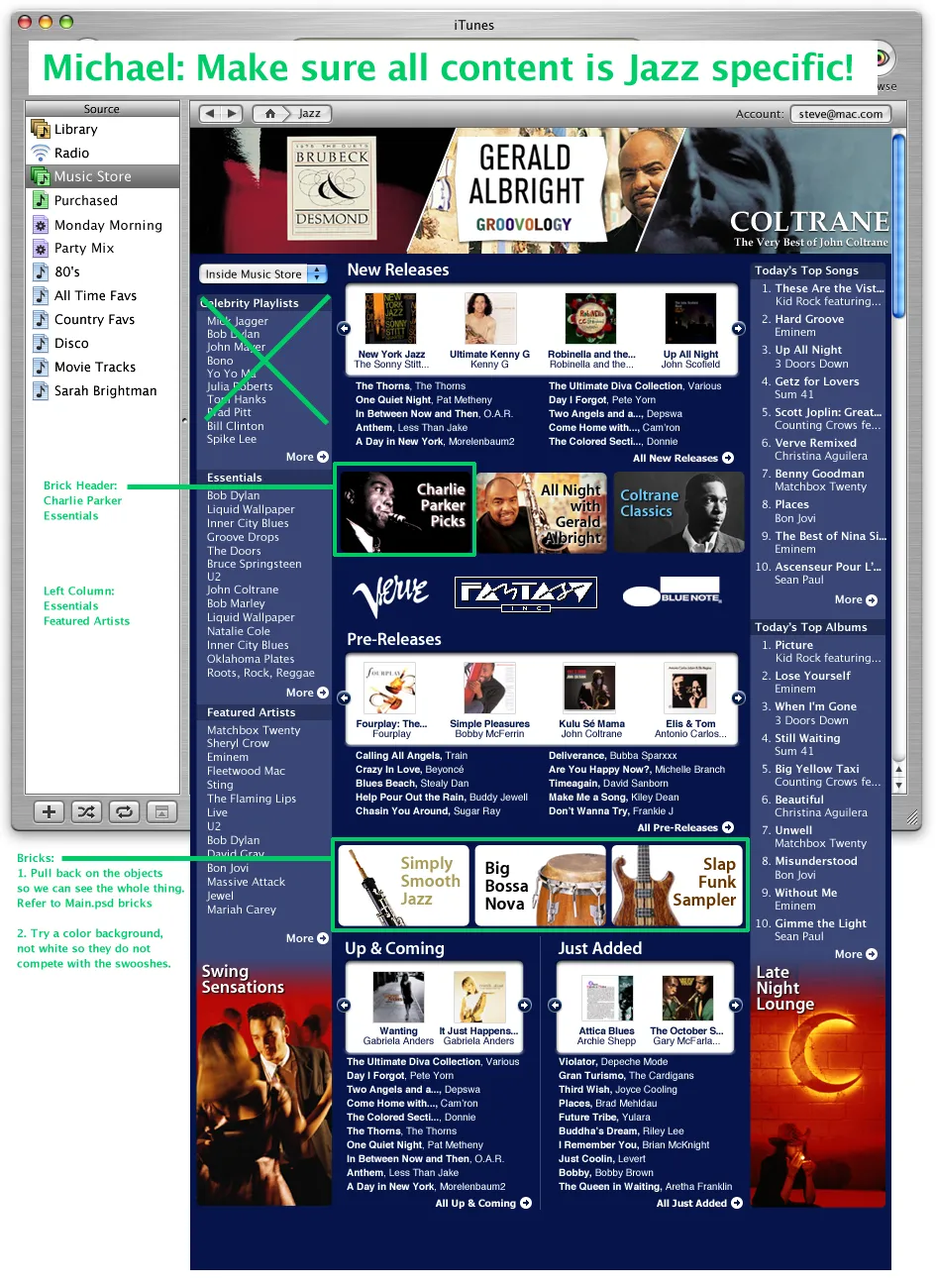
Hoo roo, Uluru, am I even supposed to be here?
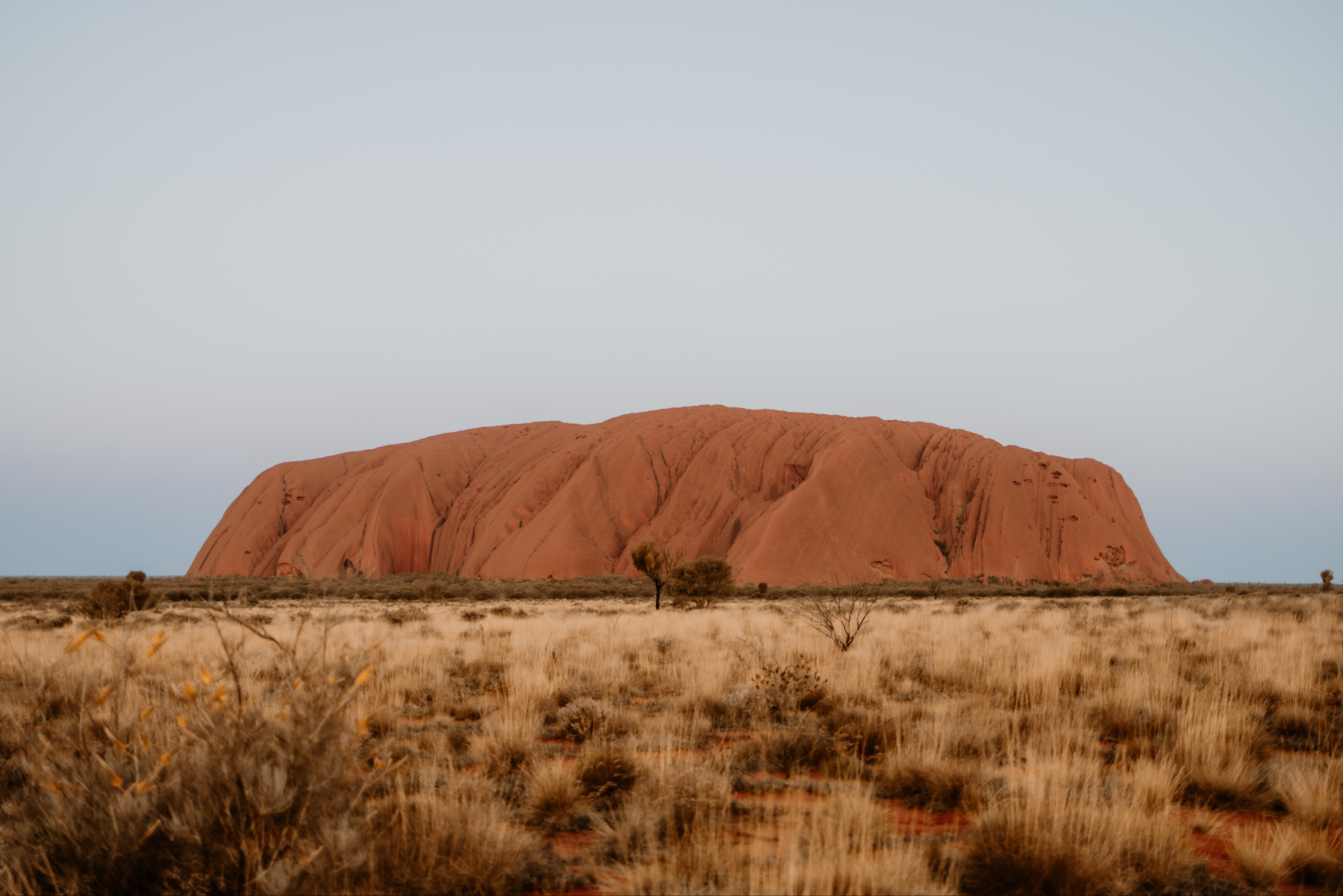
Uluru is such an icon. Its simple beautiful existence is one of my earliest memories, reading about it in encyclopaedias or National Geographic and Australian Geographic magazines. Seeing it in advertisements and in movies, Oprah and Young Einstein, but back then everyone called it Ayers Rock. Today we call it what it always has been: Uluru.
Uluru has had a complicated 200-odd years of history. Before Europeans visited Australia for the first time, the red centre was just plodding along quite well as a special place for the Aṉangu people and neighbouring Aboriginal nations.
But a few years ago everything changed. In the 1870s some white blokes sighted Uluru. 1936 saw the first tourists arrive, 12 years later some tracks that would become roads were laid, and in 1959 Eddie Connellan built an airstrip. His name’s important later on in this story.
I’ve been lucky to witness Uluru’s glory twice now and the main difference since the last time was that in 2016 people were climbing the rock, and now in 2023 every cafe, restaurant, and bar was alive with talk about Uluru from a political point of view. Some talking about the Voice to Parliament soon going to a referendum, some talking about climbing it or why we can’t now, others talking about everything you can or can not do in the area - like drinking and taking photos in certain areas, and most were talking about how the extraordinarily high prices for everything was married to a general lack of enthusiasm from staff for visitors to be present.
Most of my visit this time - aside from creating the marriage ceremony I was hired to create - was spent thinking about a comedic video I’ve seen on social media a few times recently. The premise of the video is that before a theatre performance an MC offers an acknowledgment of country before the protagonist, an audience member, asks if everyone should leave. She says “if we’re on someone else’s land, we should leave, shouldn’t we?” going further to ask if proceeds from ticket sales were going to the owners. It’s a joke at the expense of what can often seem like token or hollow effort to just be better about how Australia, the whole island and surrounding islands, were inhabited by intelligent, valid, interesting humans well before Europeans turned up and started naming things and claiming areas. Not just one group of people called Australia home, hundreds of different Aboriginal nations did.
For a few years the people new to the land were pretty bloody horrible to the locals, genocide-horrible, and in recent years current generations of leaders across the spectrum of Australian society have been throwing around the hot potato of how to deal with this generational trauma.
I was born on the Gold Coast, gifted an Australian citizenship, freedom to roam this entire country (unless there’s some pandemic apparently) and yet thrust into a political debate about being welcomed to a land, land ownership, land use, and land respect.
I’m voting yes for a voice to parliament, I believe it’s the right thing to do but I don’t think it’s the only thing we should do, there’s a far bigger elephant in the room.
As native titles are transferred, and places like Uluru fall more into line with the wishes of the owners, what should happen on that land? Should we leave?
1993 saw the Northern Territory government acknowledge the local name of the rock in a dual naming situation, eight years after the land was returned to the original owners, but still today the airport and the resort keep the names Ayers Rock. As you enter the airport you’ll see the name of the original airstrip builder on the building (Connellan) but to be sure not to confuse the tourists the airport you book a flight to and the motel you book a room at are the right ones, they carry the name Ayers Rock. Obviously they’re keen on keeping that revenue, and I’m keen to keep giving it.
But, customer service at most of the stores and businesses is by First National people and despite paying top-shelf prices I can’t help but feel that they’d be happier if we weren’t there. After all, we were on their land and after we set up shop there (and put chains up the rock) we gave it back to them as long as we could stay.
I’m invited to Ayers Rock this week in my capacity as a wedding celebrant by a German couple who want to commit to marriage in an iconic, unforgettable, location. They plan to apply for residency and wanted to have the most Aussie wedding ever: at Uluru. (Photos below)
The location they choose for the ceremony seemed to be ok in my humble Australian citizen opinion. The lines on the side of the road were white (not yellow “no stopping” lines), and the land off the road was unfenced. So, we started exchanging vows about twenty metres off the road and quite soon after an unhappy first Nations lady, driving a Toyota land cruiser and flashing a card that meant she could tell us what to do, told us what to do and to move on. We did respectfully, to the sunset viewing area that she suggested.
But the overwhelming experience of Uluru for my German friends and others we talked to, second to the rock’s overwhelming beauty, is that the rest of us aren’t really all that welcome - but our money is.
Which is a confusing position to leave all of us, including the First Nations people, in.
I have a proposal for all of us to consider. Let’s go all in. If we’re supposed to leave, please let me know. If we’re not supposed to be in Uluru please let Qantas and the motels know.
But if we’re going to stay, let’s work out how we can do that in a way where I don’t feel like I’ve committed genocide by asking for a $30 burger that the menu said I could have if I ordered it.
And if we’ll stay, let’s right our wrongs as a community, as a nation, as invaders, as citizens, and as residents. This middle ground was and is necessary, like birthing pains it has been taking us somewhere beautiful, I just don’t think anyone with the power to decide knows where we are going.
My family came to Australia in 1903, I sure hope that by 2103 the society my grandchildren live in will be one of unity and joy, not constant tension and racism.
So let’s figure out where we’re going and let’s go there.
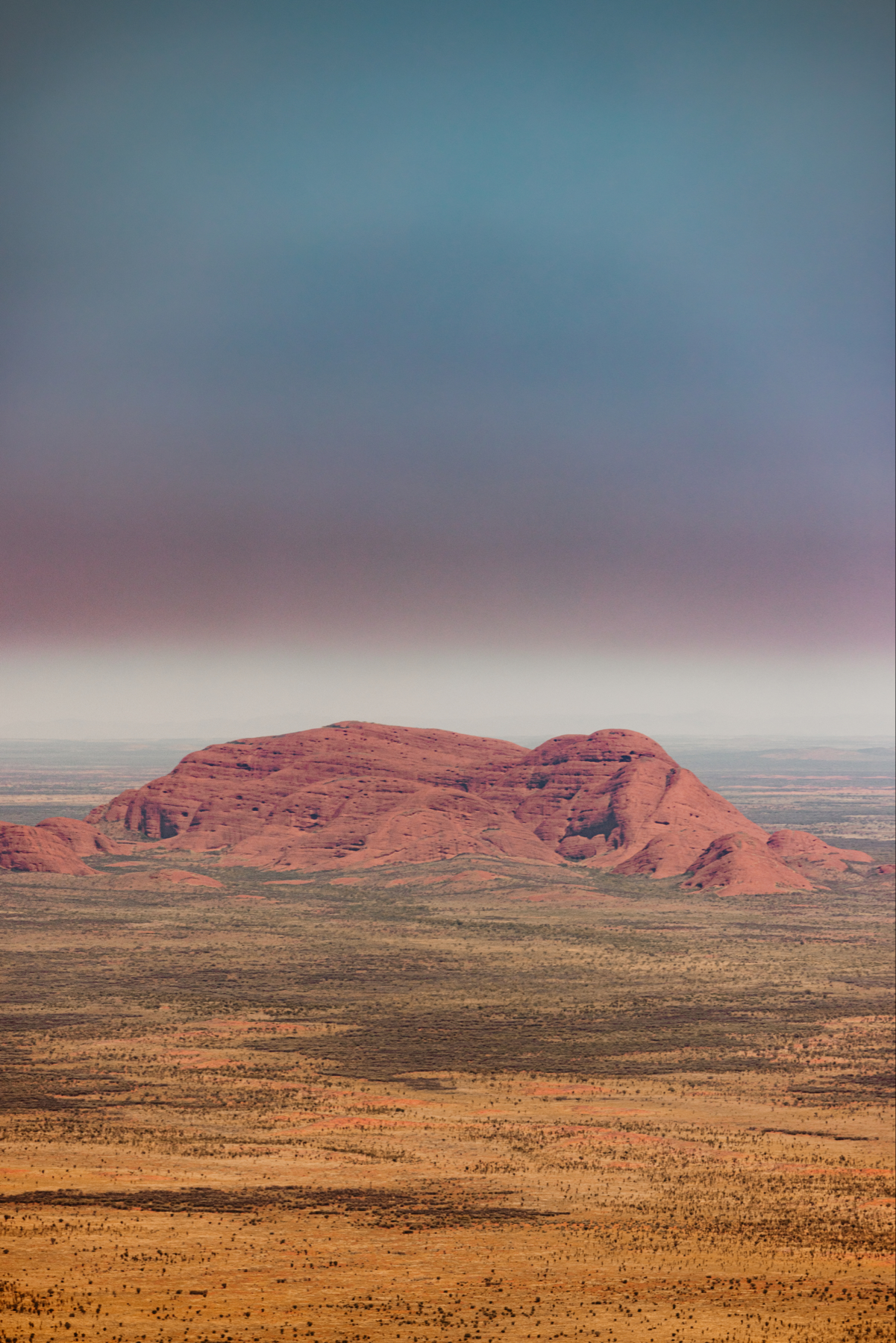
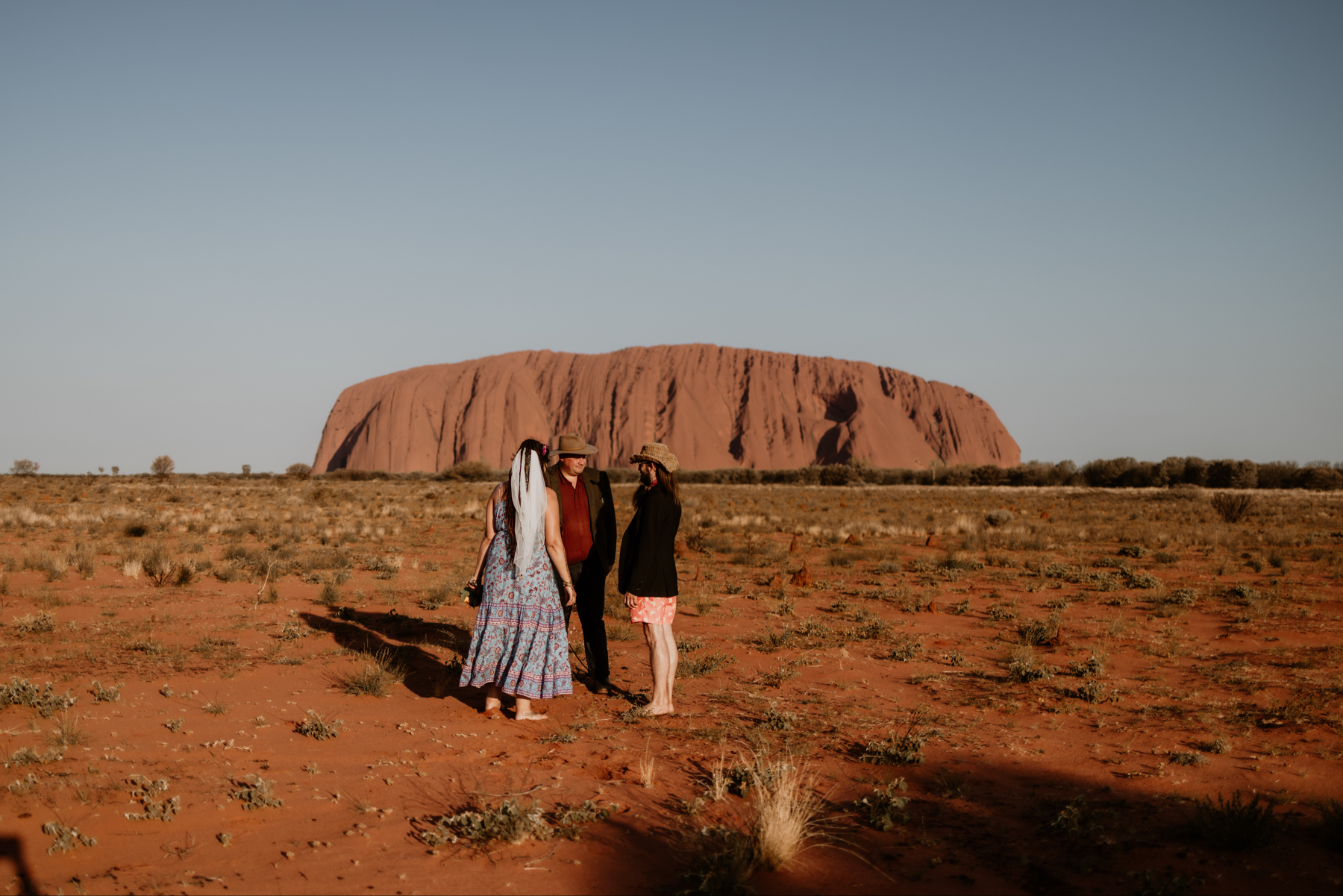
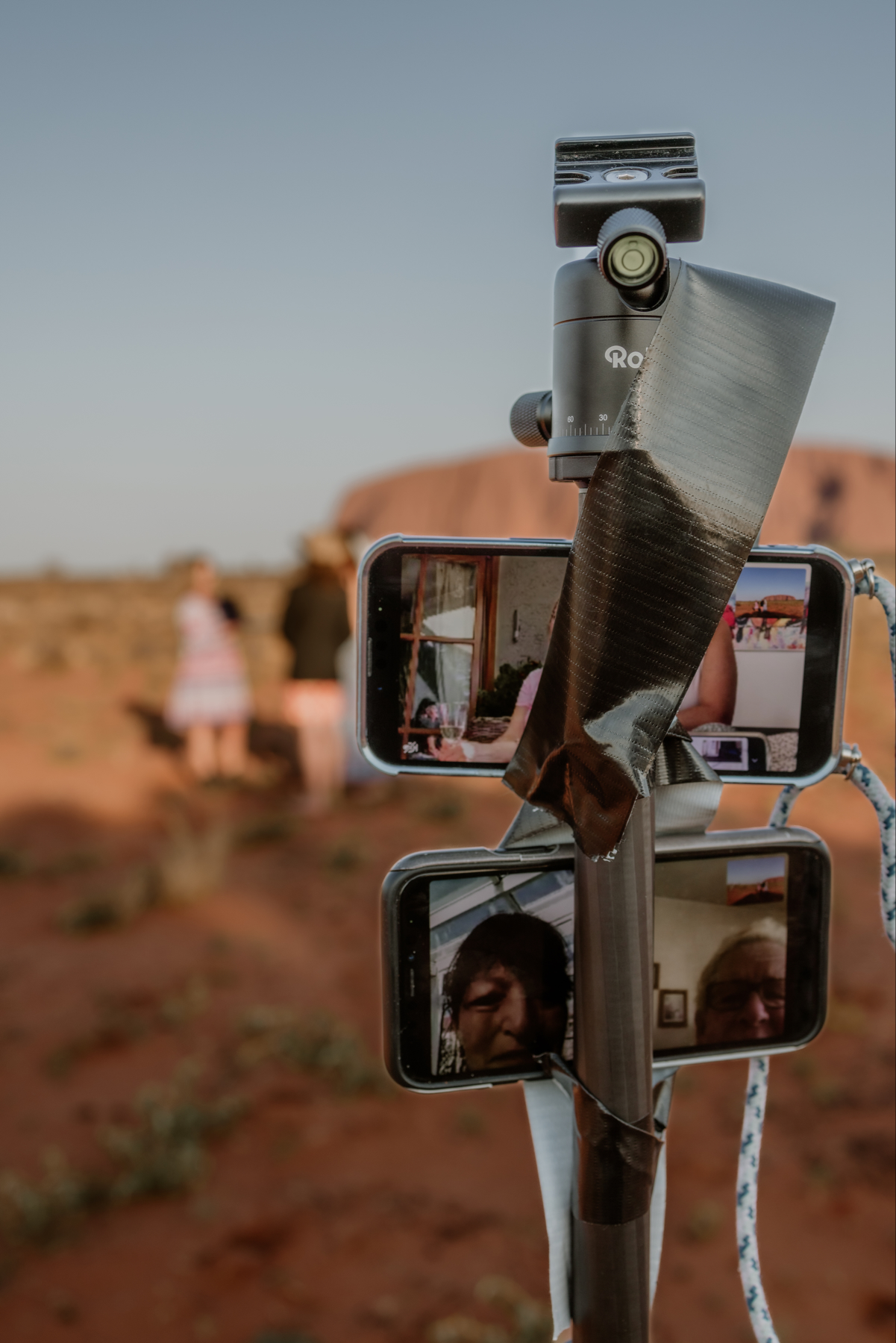
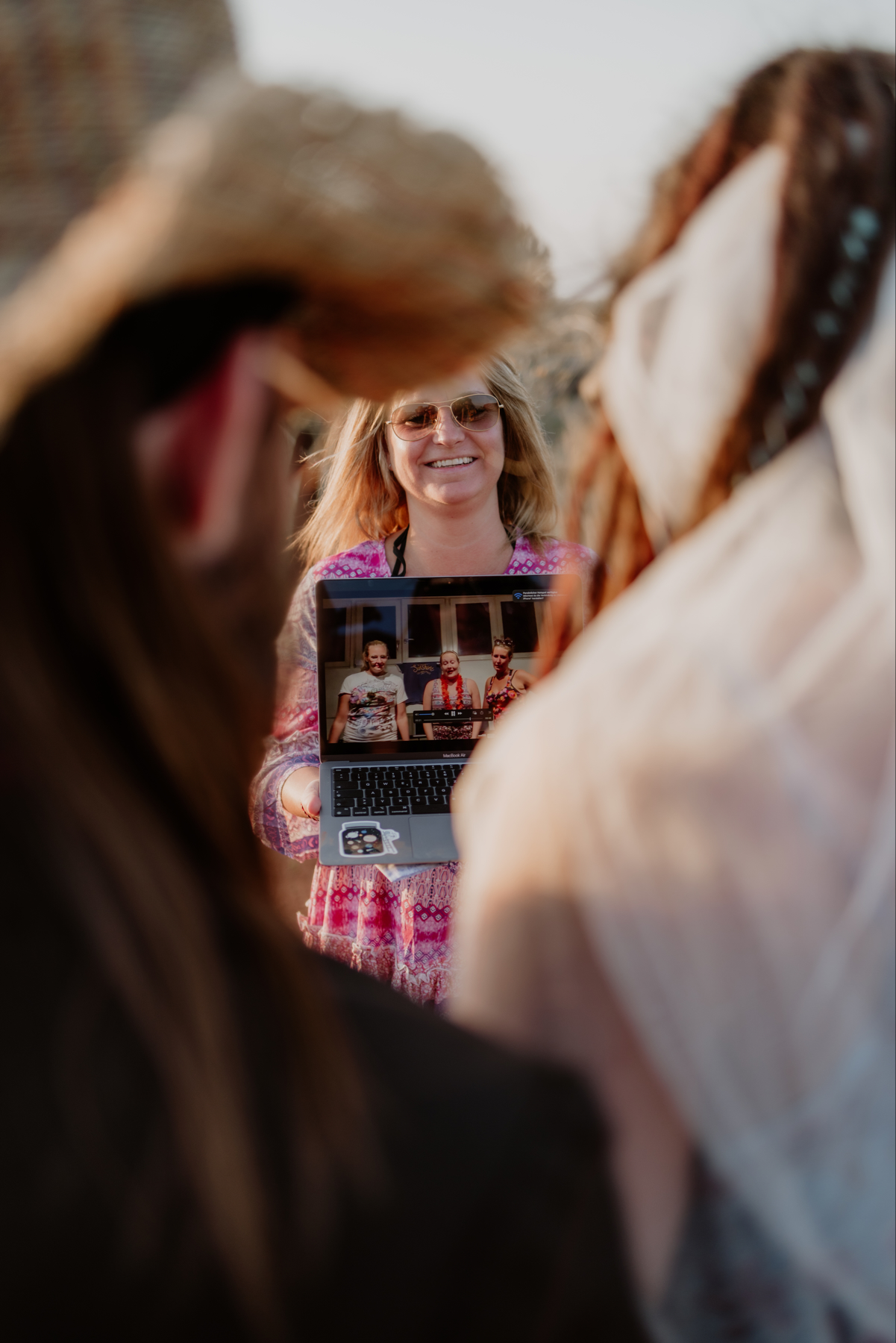
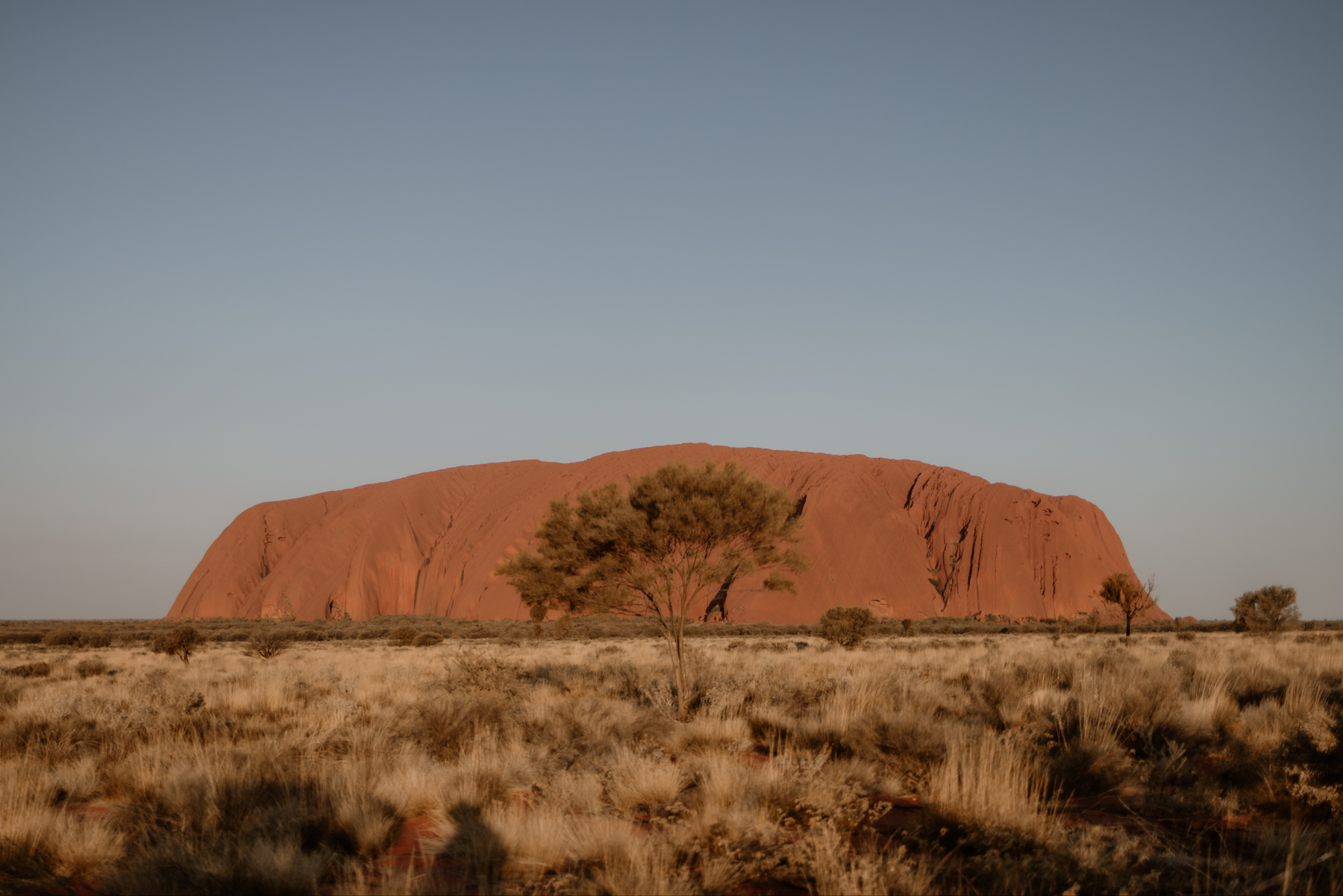

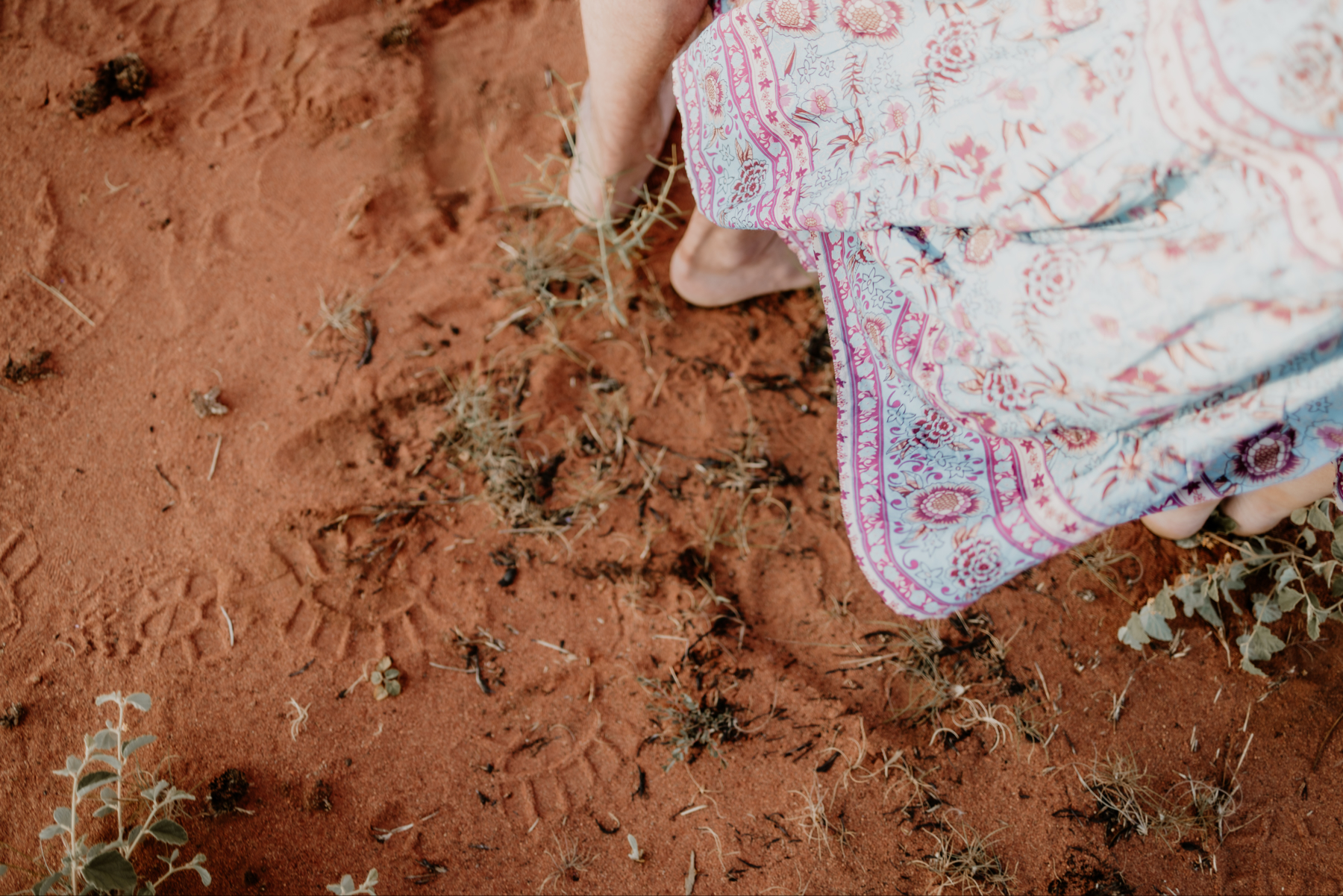
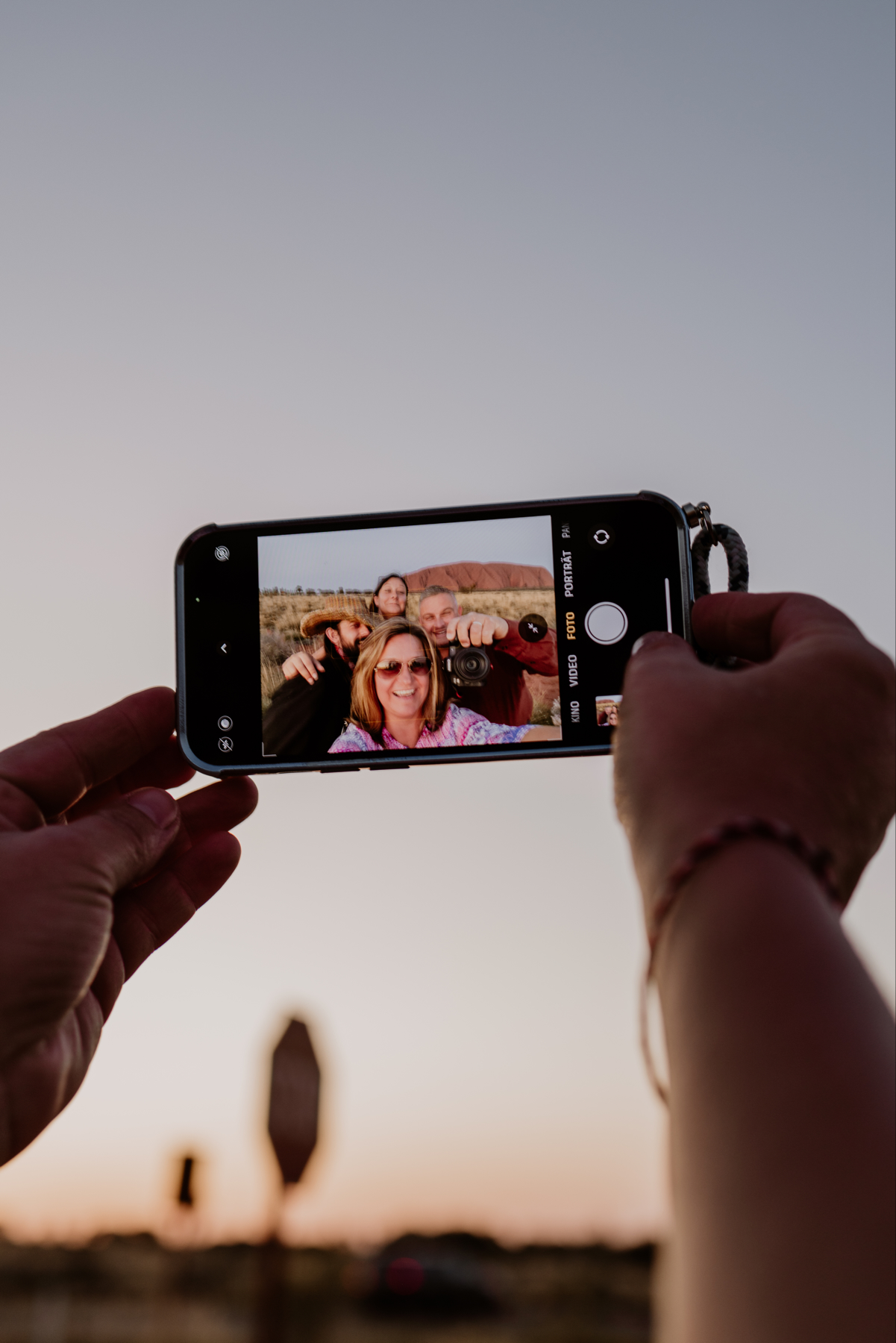
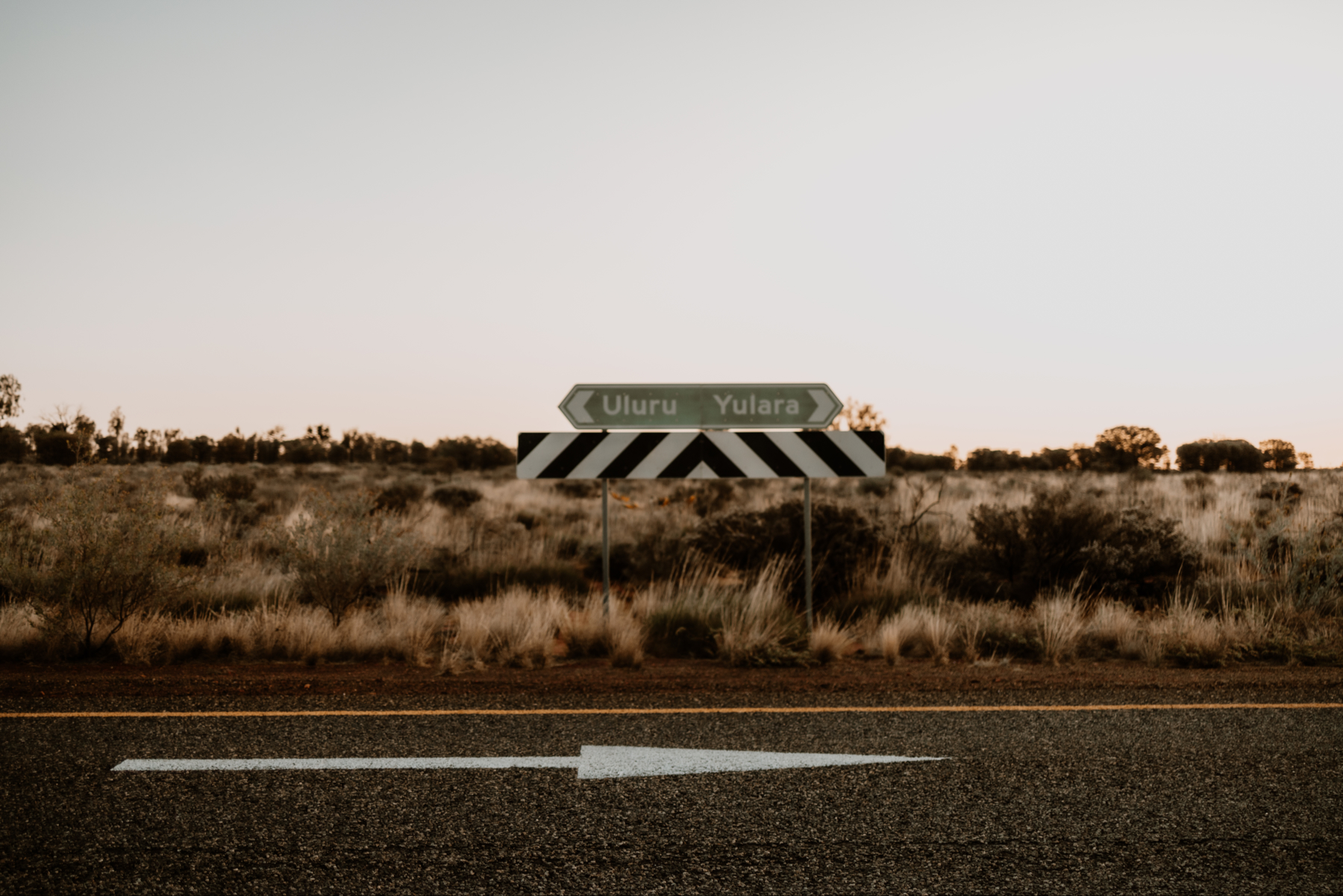
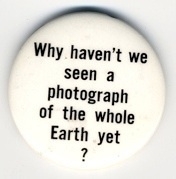
For an interesting NASA and Apple-related fall down a rabbit hole, start with the origin of the name of “The Whole Earth Catalog” in 1966, skip forward to 1972 when a whole earth photo was made.
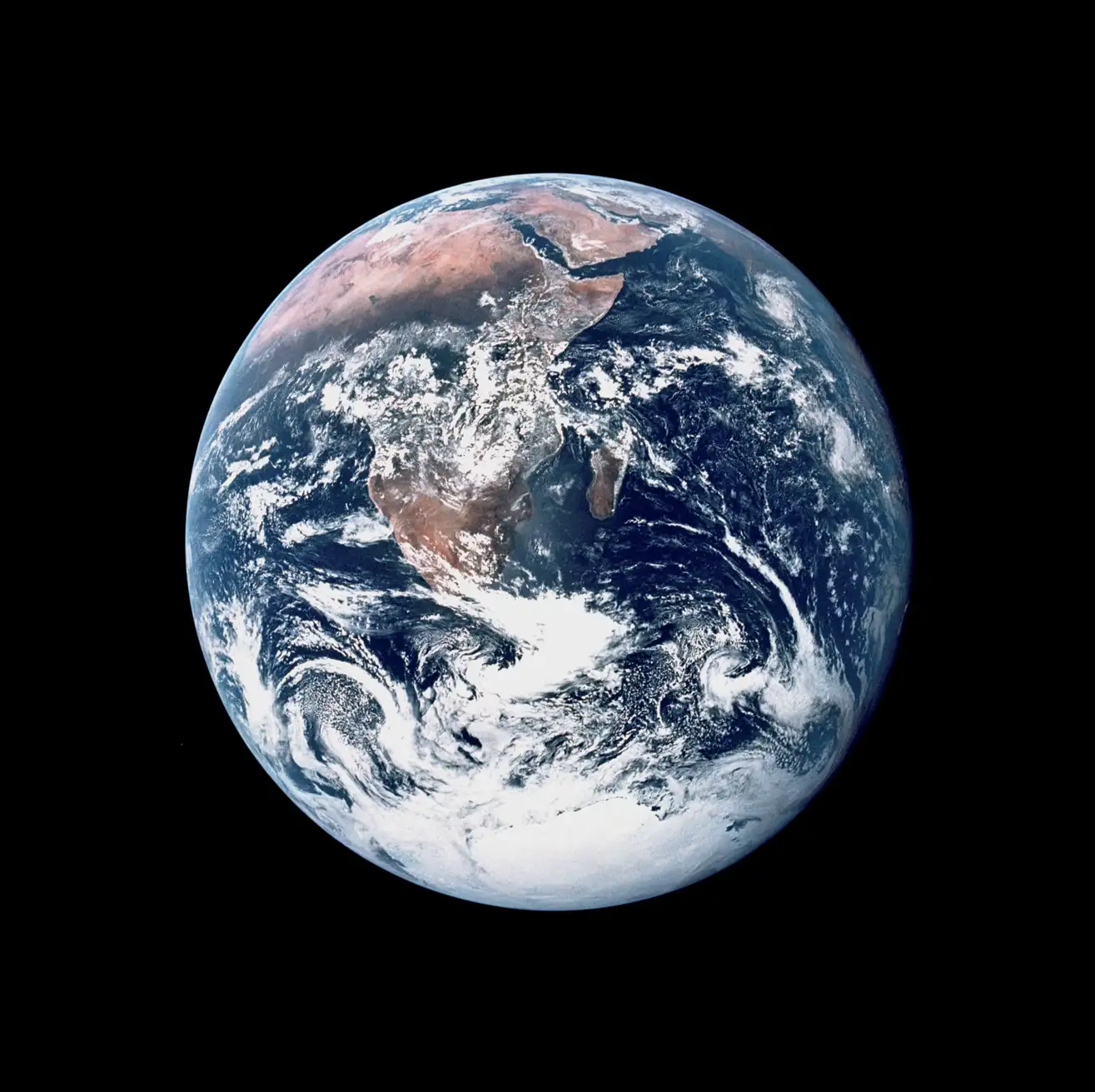
Then take a turn to one of Steve Jobs’ favourite sayings “Stay hungry stay foolish” which he quoted in 2005 at Stanford in his famous commencement speech.

Ad then wrap back around to how the whole earth image as an iPhone wallpaper came to be.

Welcome to my brain, where I just think about this stuff.
I, for one, welcome our new British open web overlords
The BBC has embraced ActivityPub, nice work @BBCRD@social.bbc! I’ve always thought that the long term advantage from a commercial and brand point of view is to be able to say “follow us” and the words that follow are your own brand and your own network.
The power of Mastodon, ActivityPub, the Fediverse, means that the BBC can be on Mastodon, and someone else can be on a completely different platform that supports ActivityPub (like Threads or Micro.blog for example) and you can follow them. For example this very blog, because it’s hosted on Micro.blog means you can follow @hello@joshwithers.blog on your favourite ActivityPub service, like Mastodon, Threads/Tumblr/Flickr one day soon, Pixelfed, or maybe even X if Leon gets his head right, and you can read the blog there. Even WordPress has an official ActivityPub plugin now!
In fact I could imagine that sometime in the future there’ll be a new service that perhaps is more suited to a broadcaster like the BBC and they can transition from Mastodon to it, yet the social graph remains.
When brands and companies operate their own Fediverse instances you can get the updates from your electricity company, you can follow your celebrity or known-person-that-is-a-cool-person and they all get to control their brand and their experience. Instead of mess like this and this.
They are not at Twitter’s, X’s, Meta’s, Google’s or my mercy.
They also are not at the whim of a verification service that is either a secret black box experience, or thousands of dollars a month.
We’re using social.bbc as the domain, so you can be sure these accounts are genuinely from the BBC.
This is the social media future I’d like to see. Where following someone or something is as simple as sending and receiving email.
As a large, high profile, public service organisation, we’ve had to work through a fair number of issues to get this far and we’ve had advice and support from several teams across the BBC. Explaining the federated model can be a challenge as people are much more familiar with the centralised model of ownership. We’ve had to answer questions like “Are we running our own social network?” (well, we’re kind of hosting a small section of a social network) and “Are we hosting a user’s content?” (well, we don’t allow users to create accounts or post from our server, but they can reply to our posts from their own servers, and then their posts will appear next to ours and then they might be stored on our server and it all gets quite complicated).
Does ActivityPub and the Fediverse have issues? Yes. Should that stop us from moving forward and trying to figure it all out? No.
✈️ Flighty 3 is a private frequent flyers social network!
One of my most-used and favourite apps is Flighty, and they’ve just announced a new version that’s basically a frequent flyer’s private social network. I love it!
Flighty 3.0 is the new way to share your flying with family and friends. Keep track of your loved ones, not flight numbers. Another industry-first from Flighty.
Add me as a friend on Flighty, yo!
P.S.: Flighty is one of the very few iPhone apps I use on the regular which was quick to allow it’s app to be used on Apple silicon Macs, something more developers should consider enabling.










